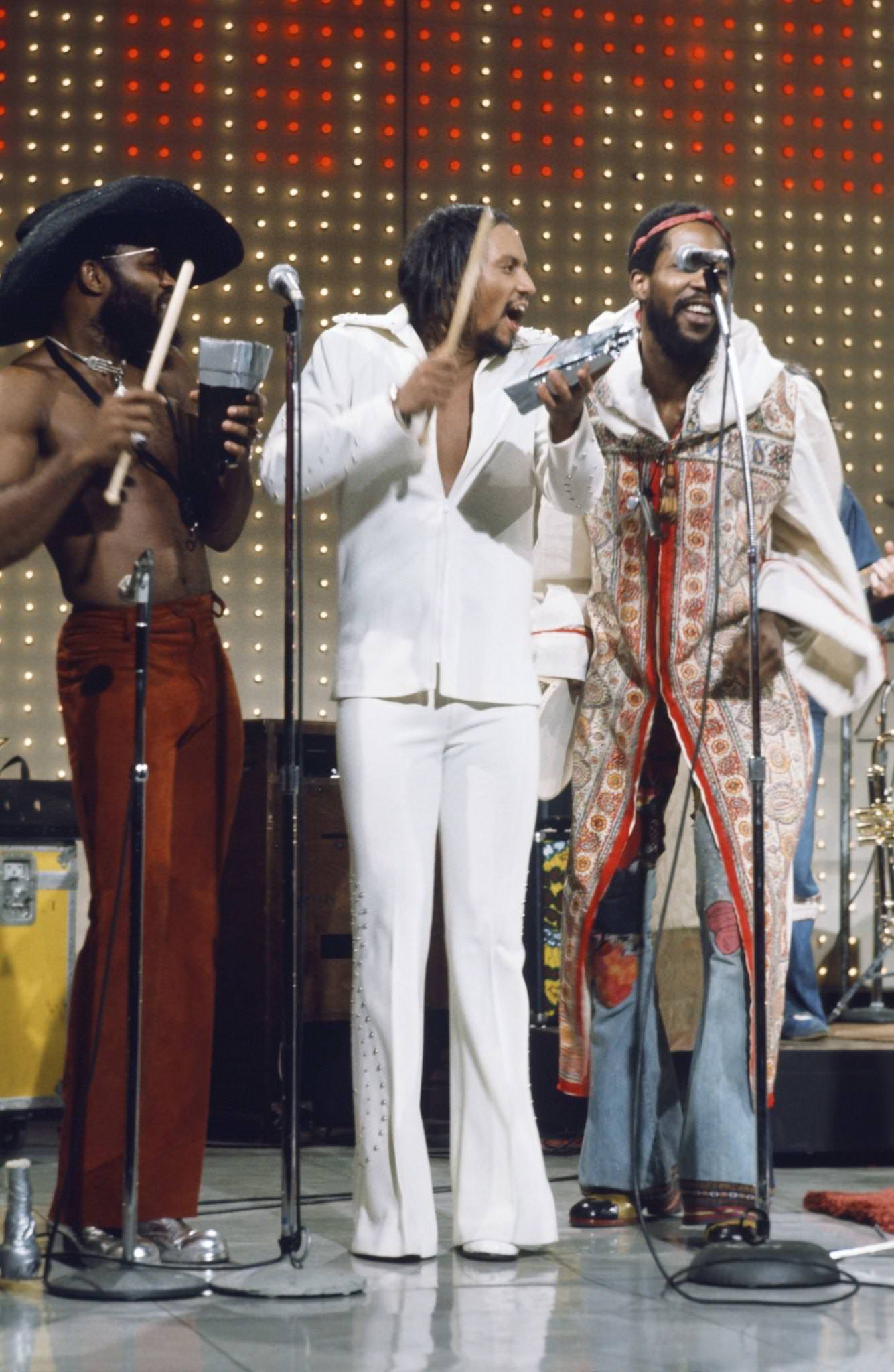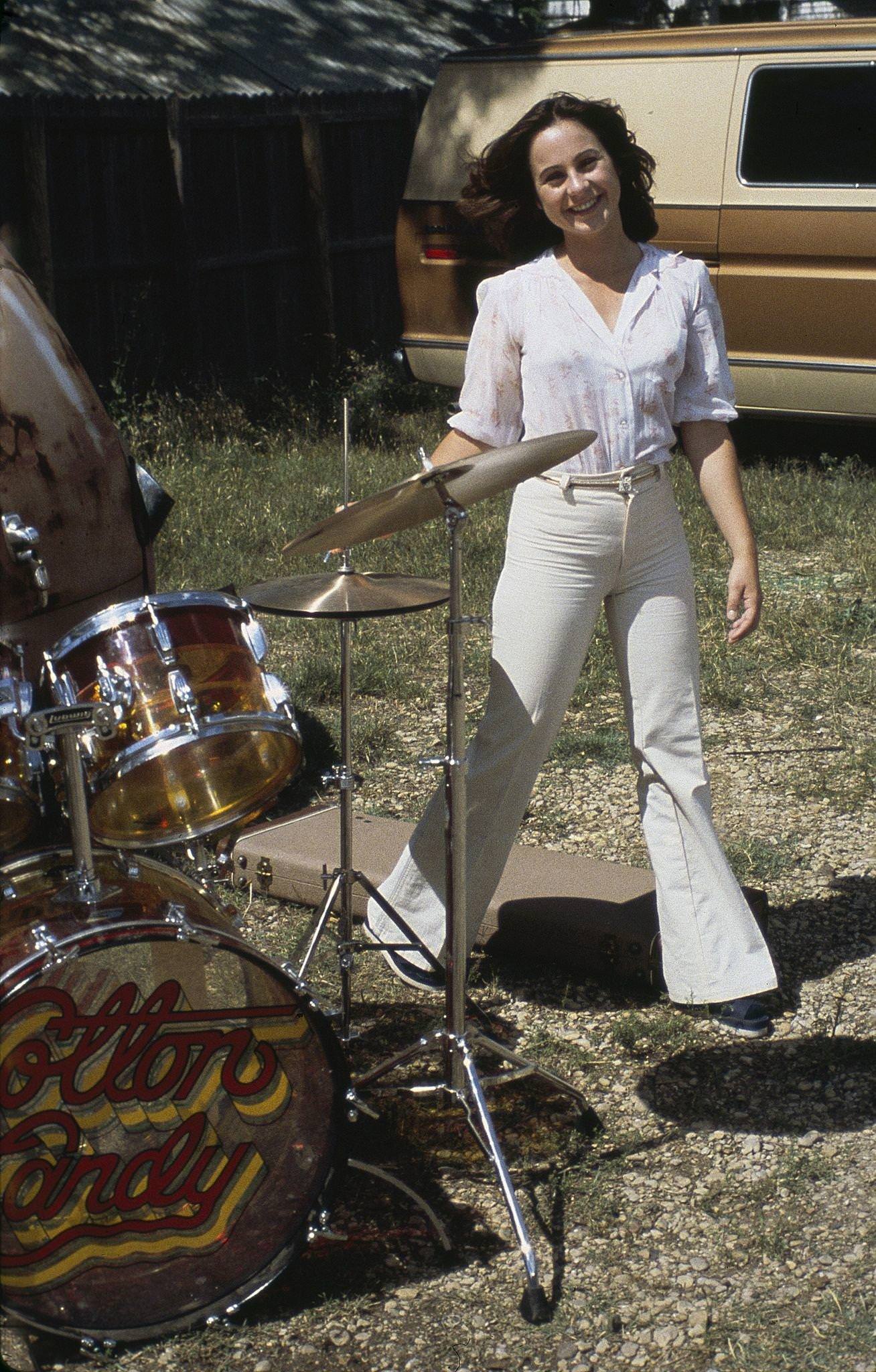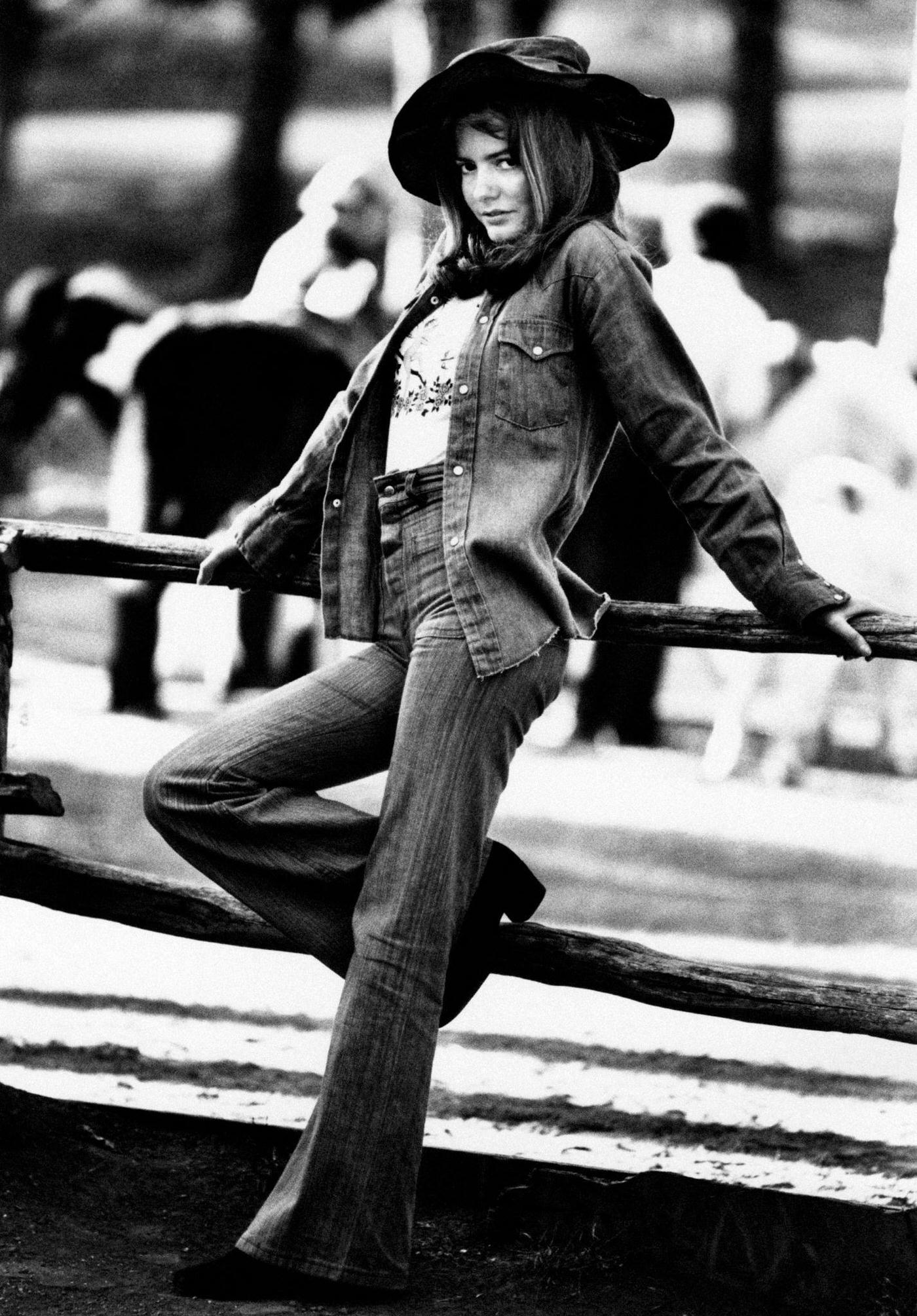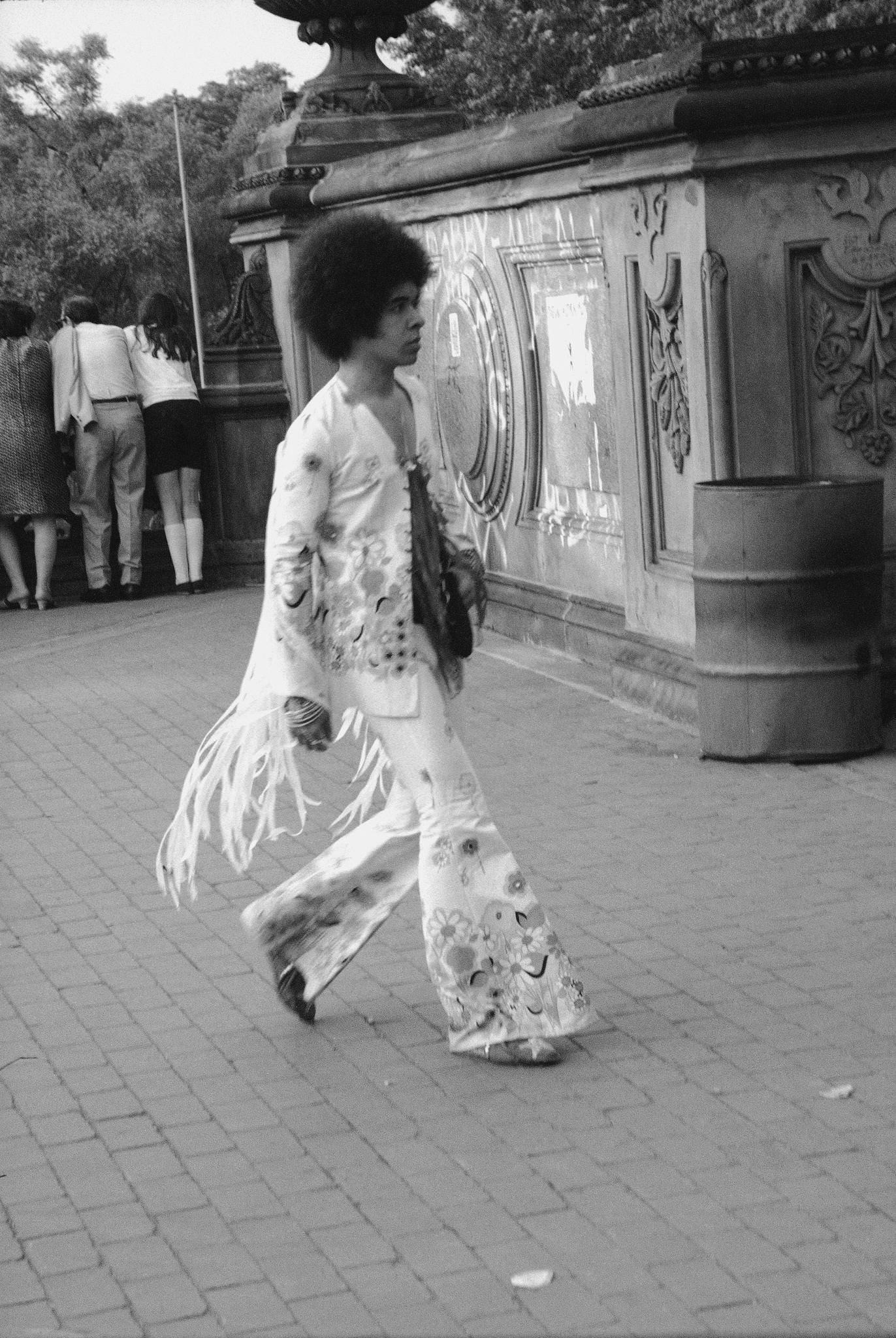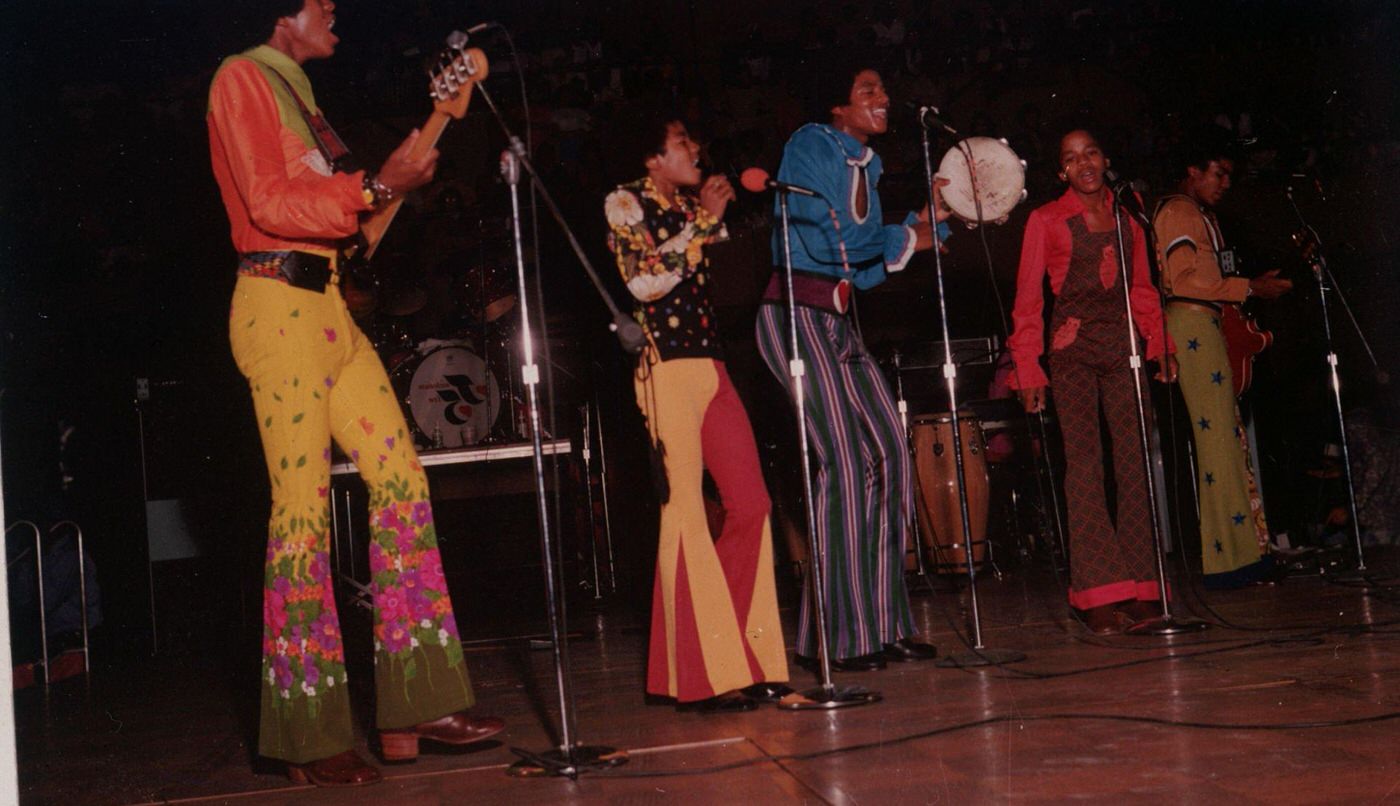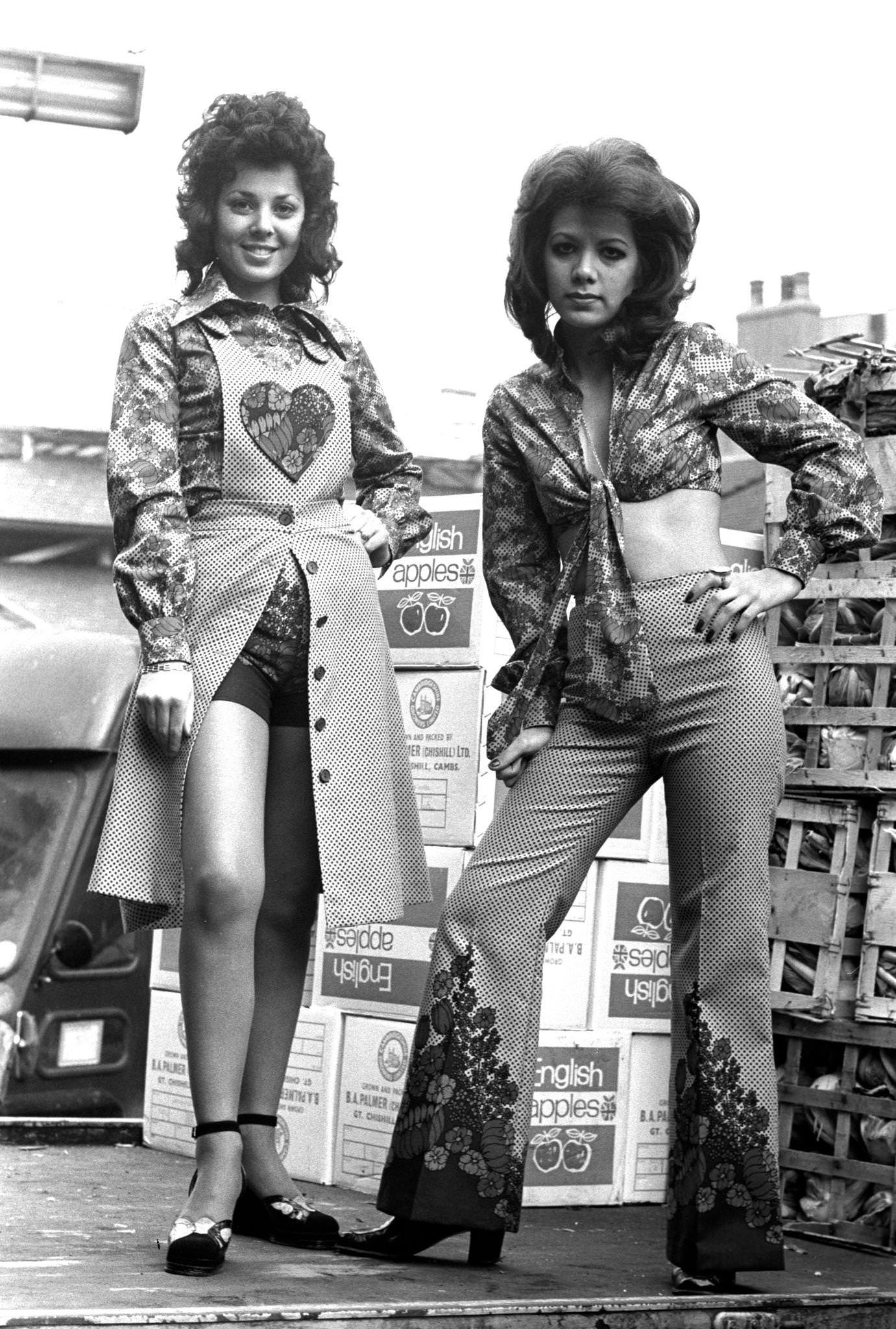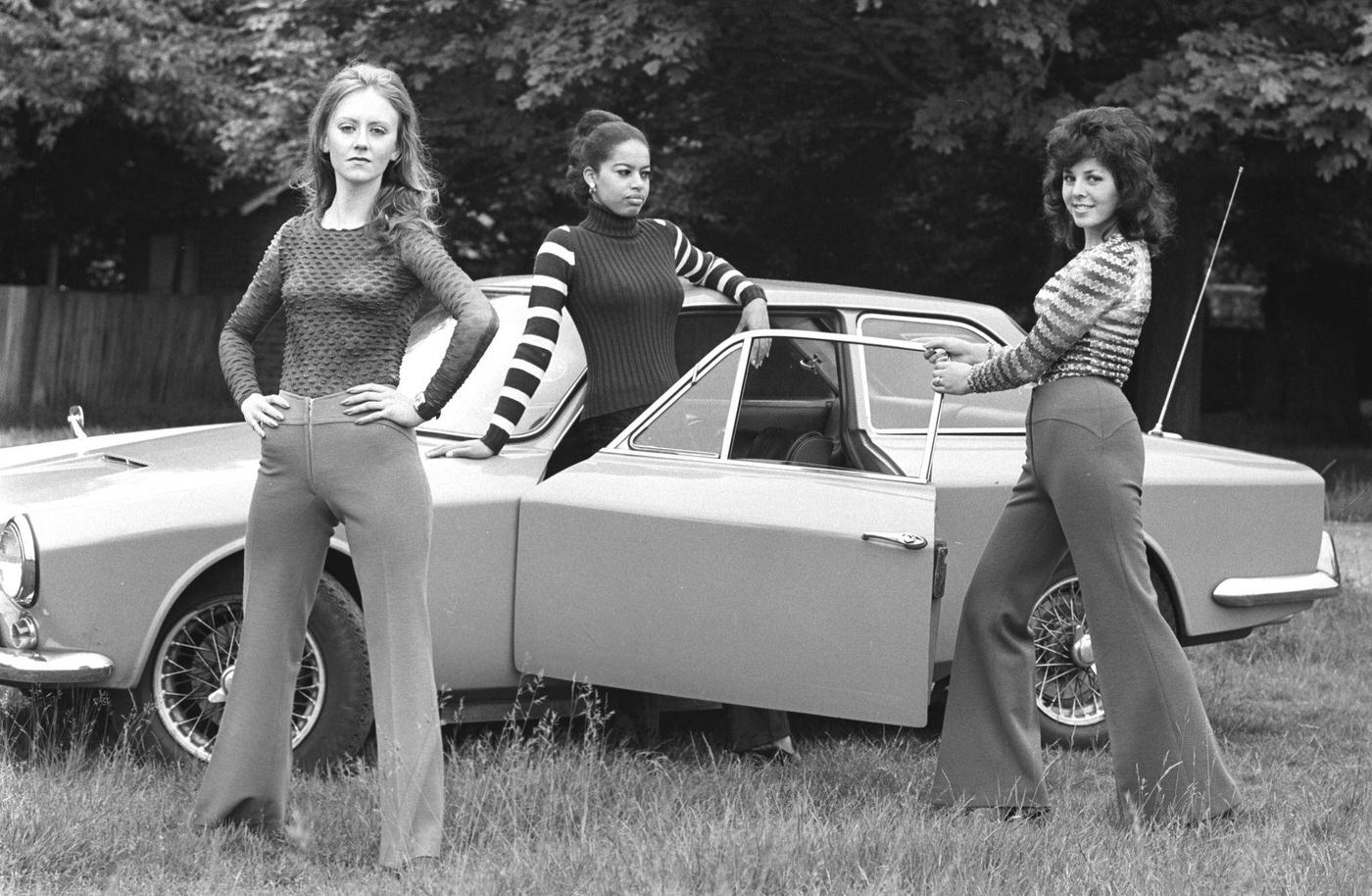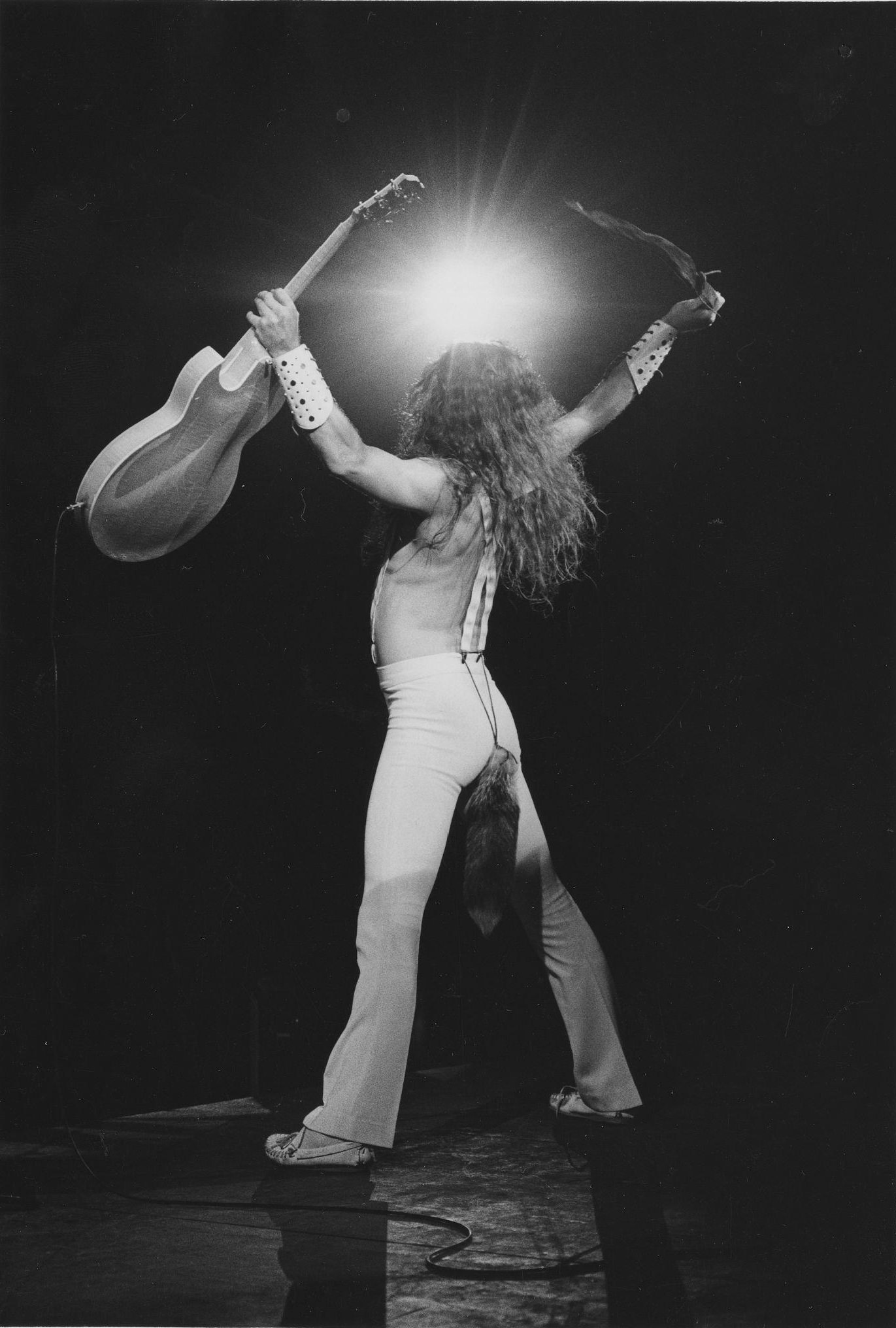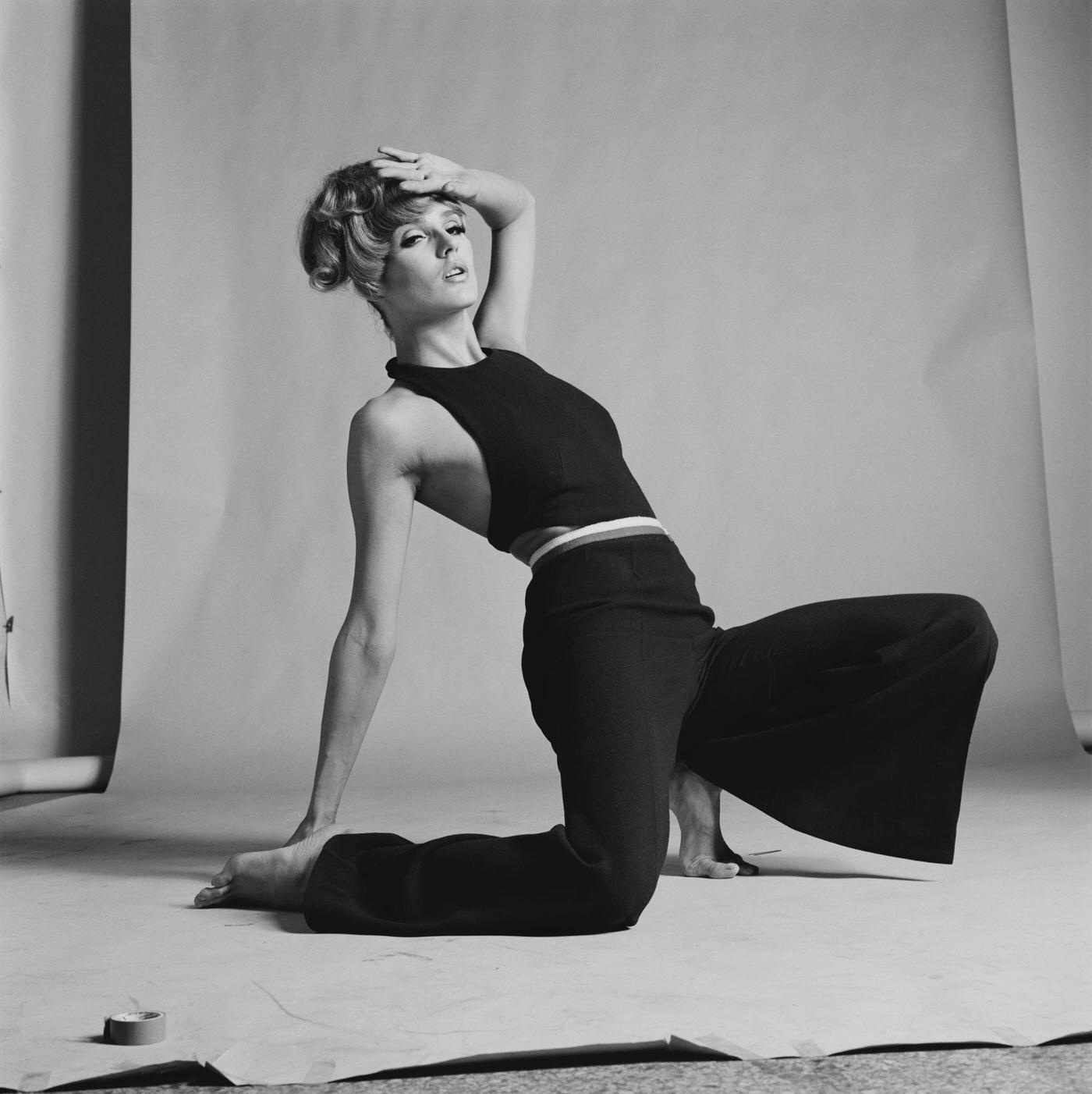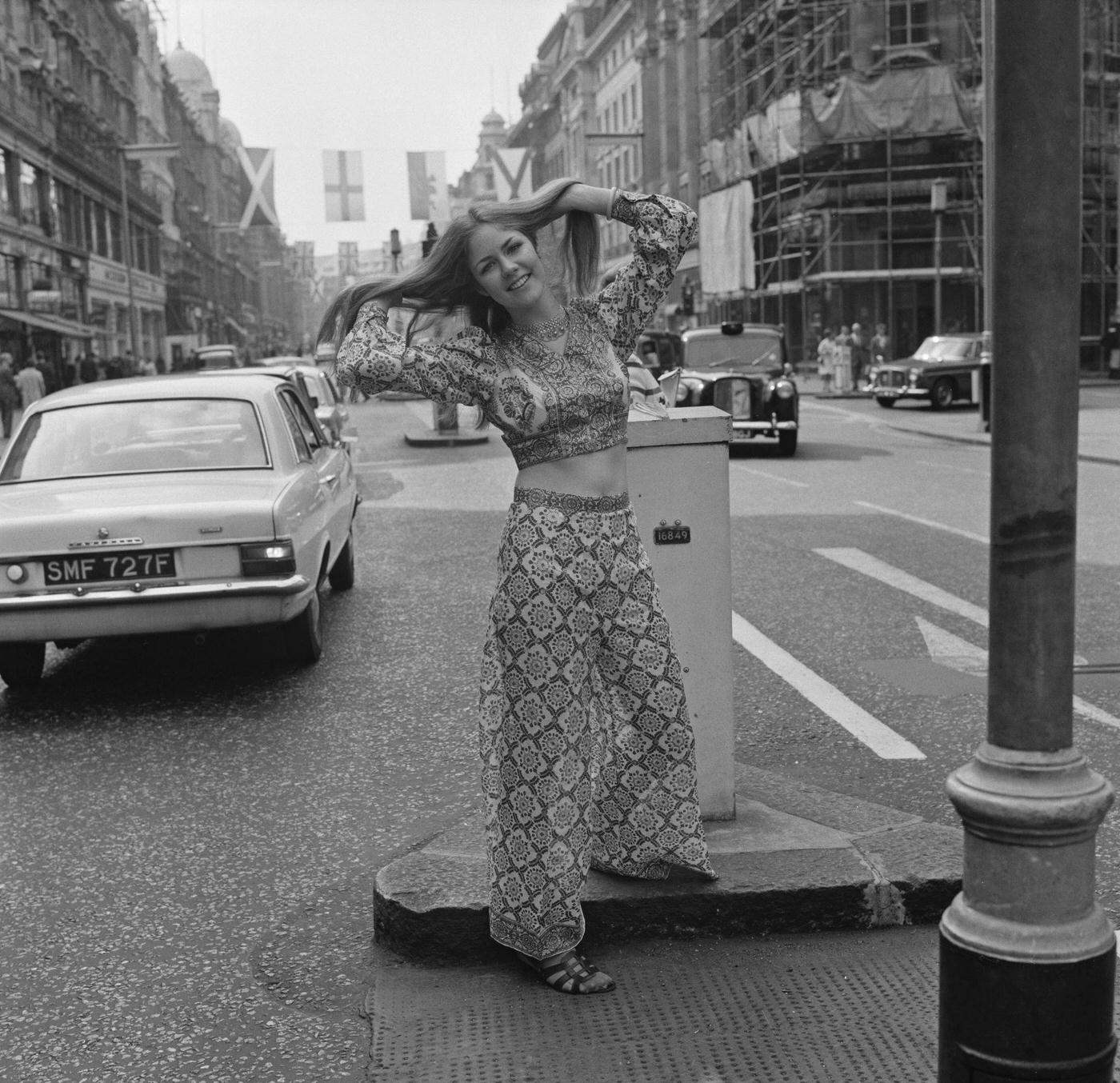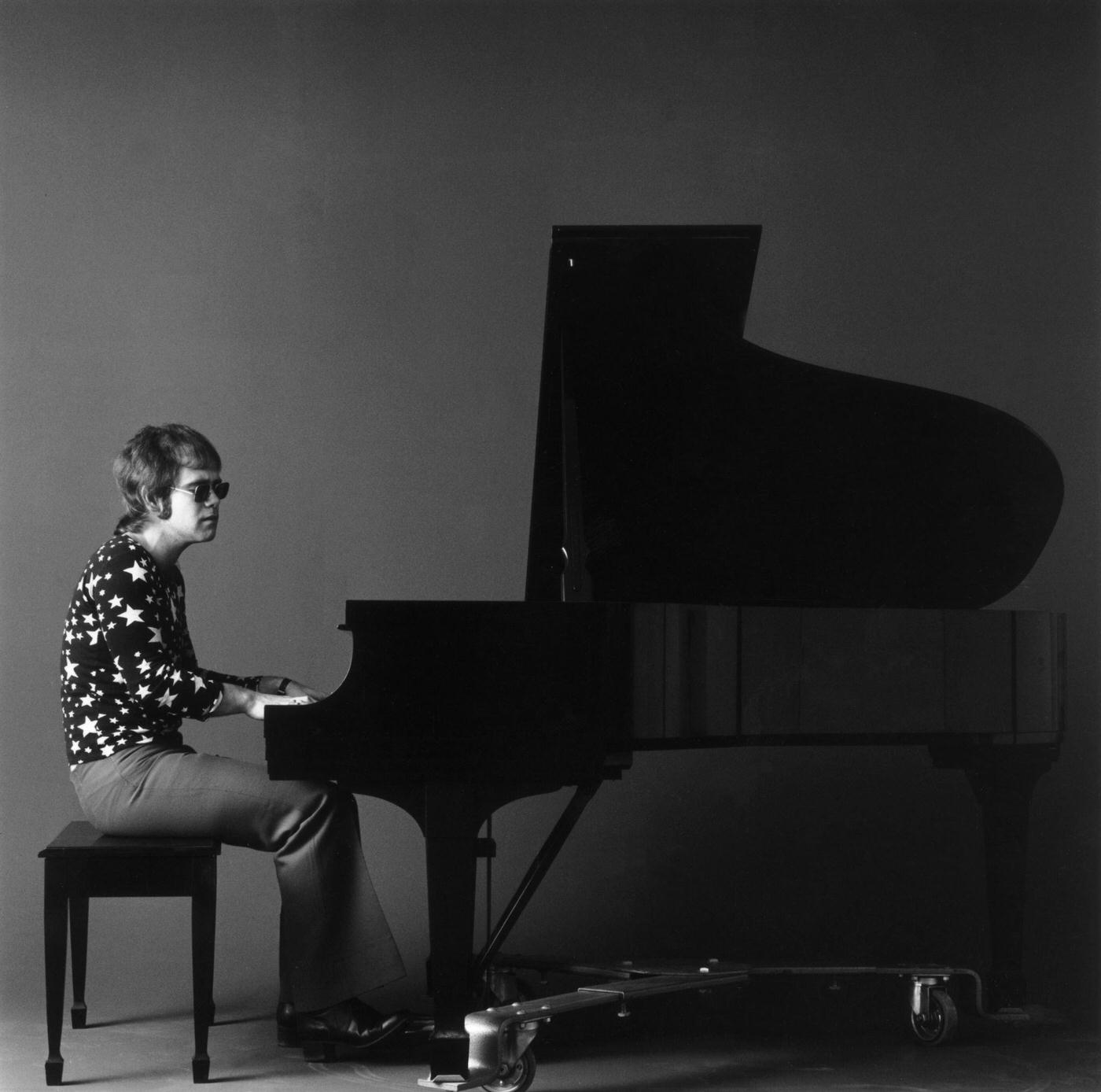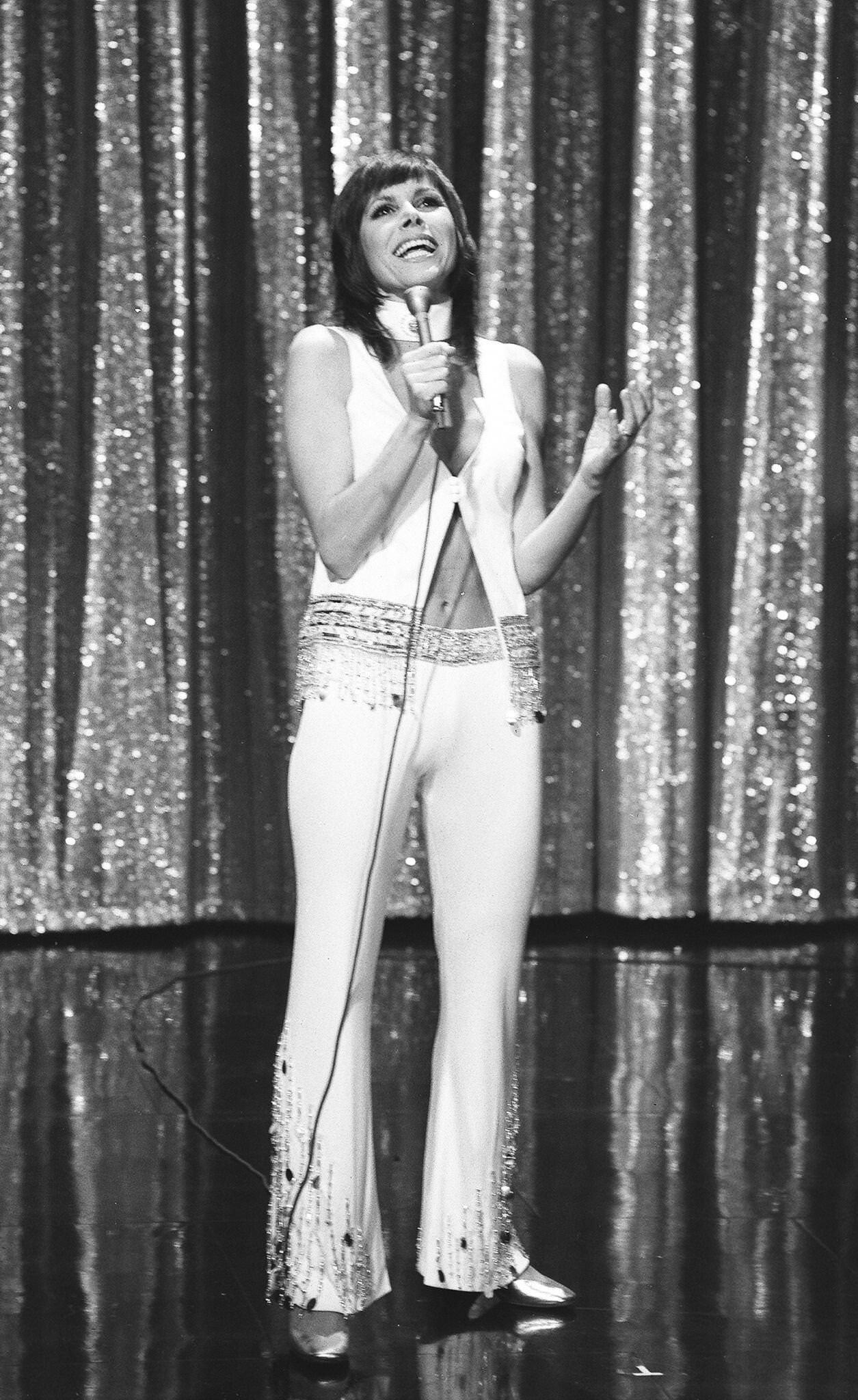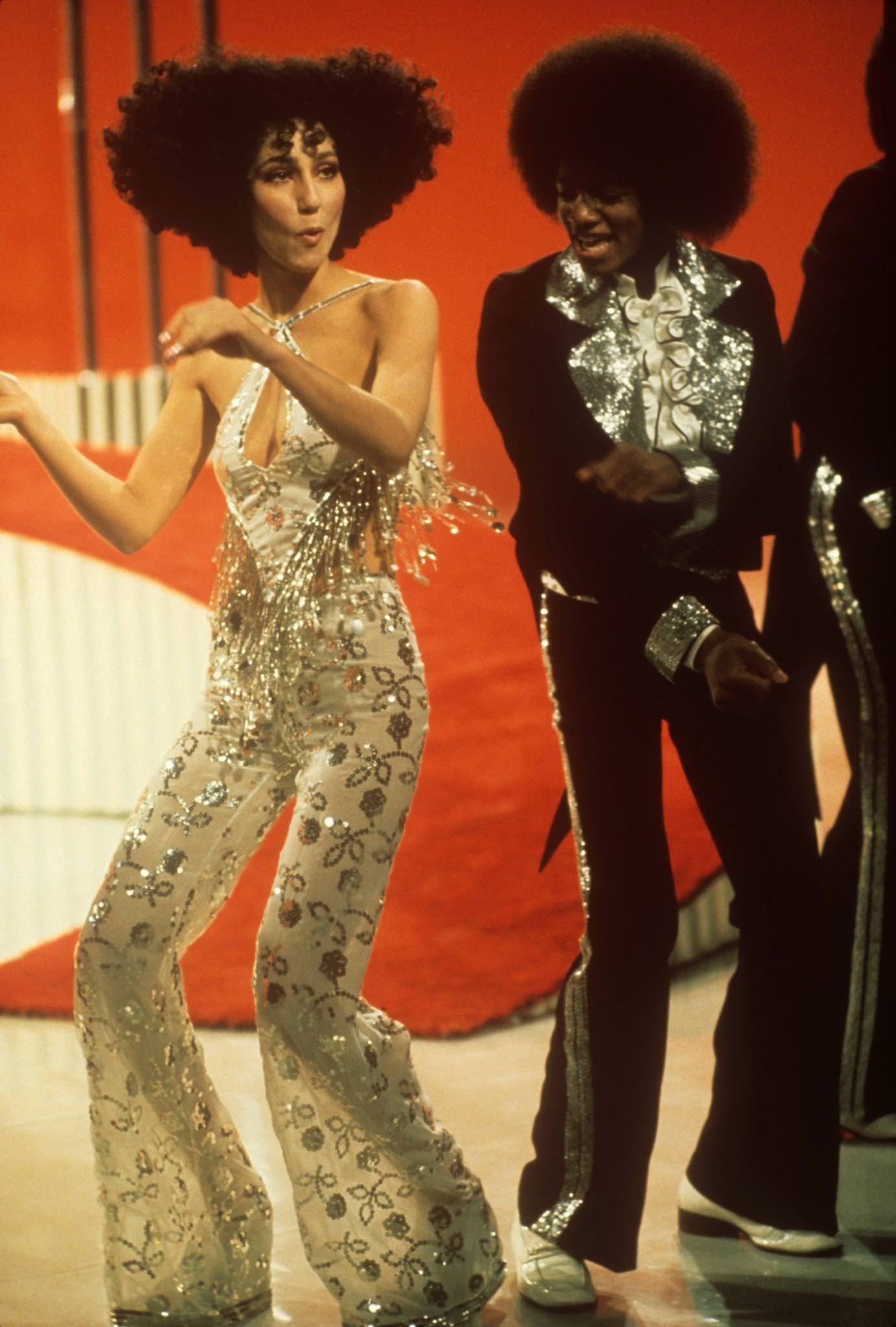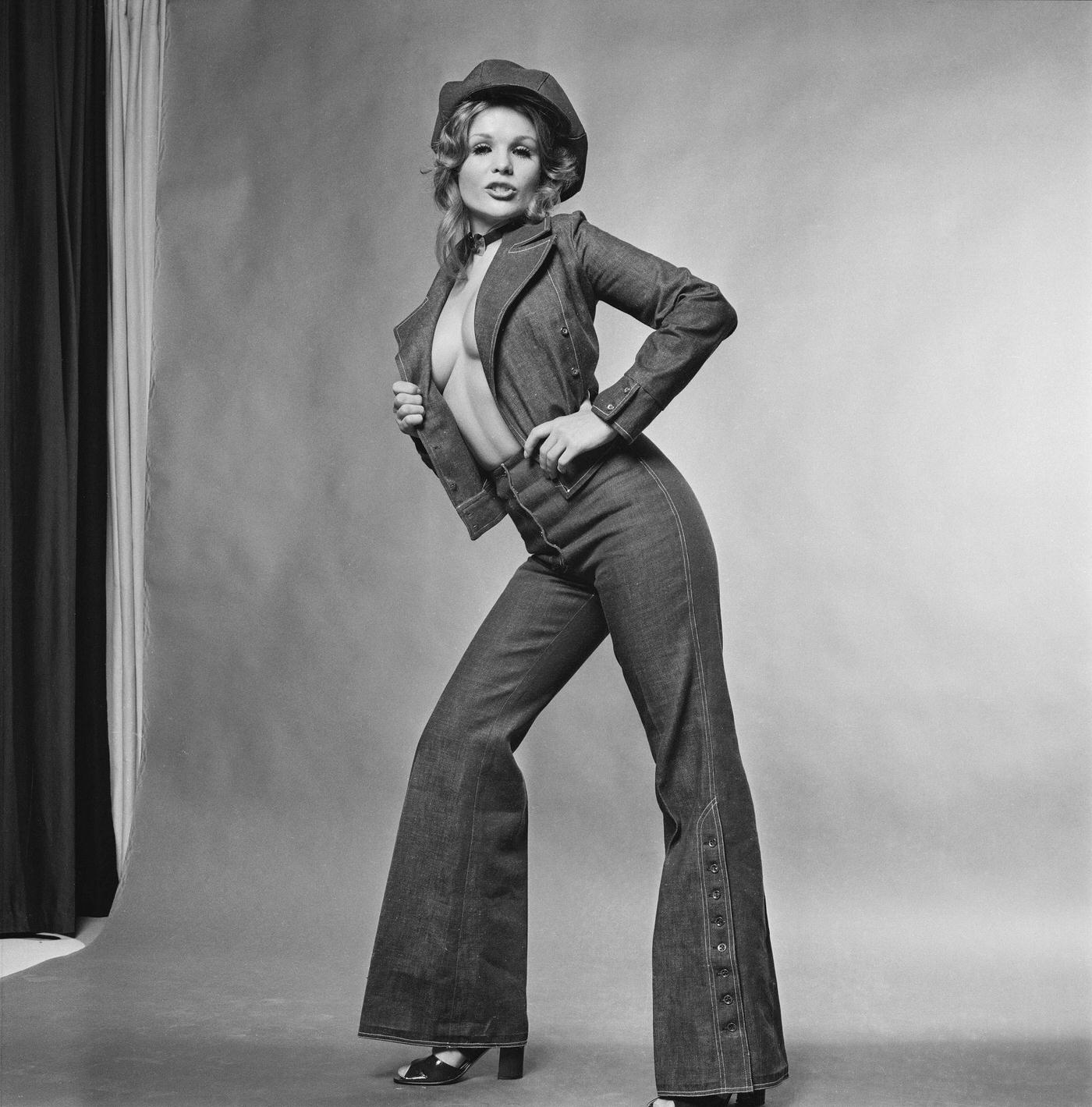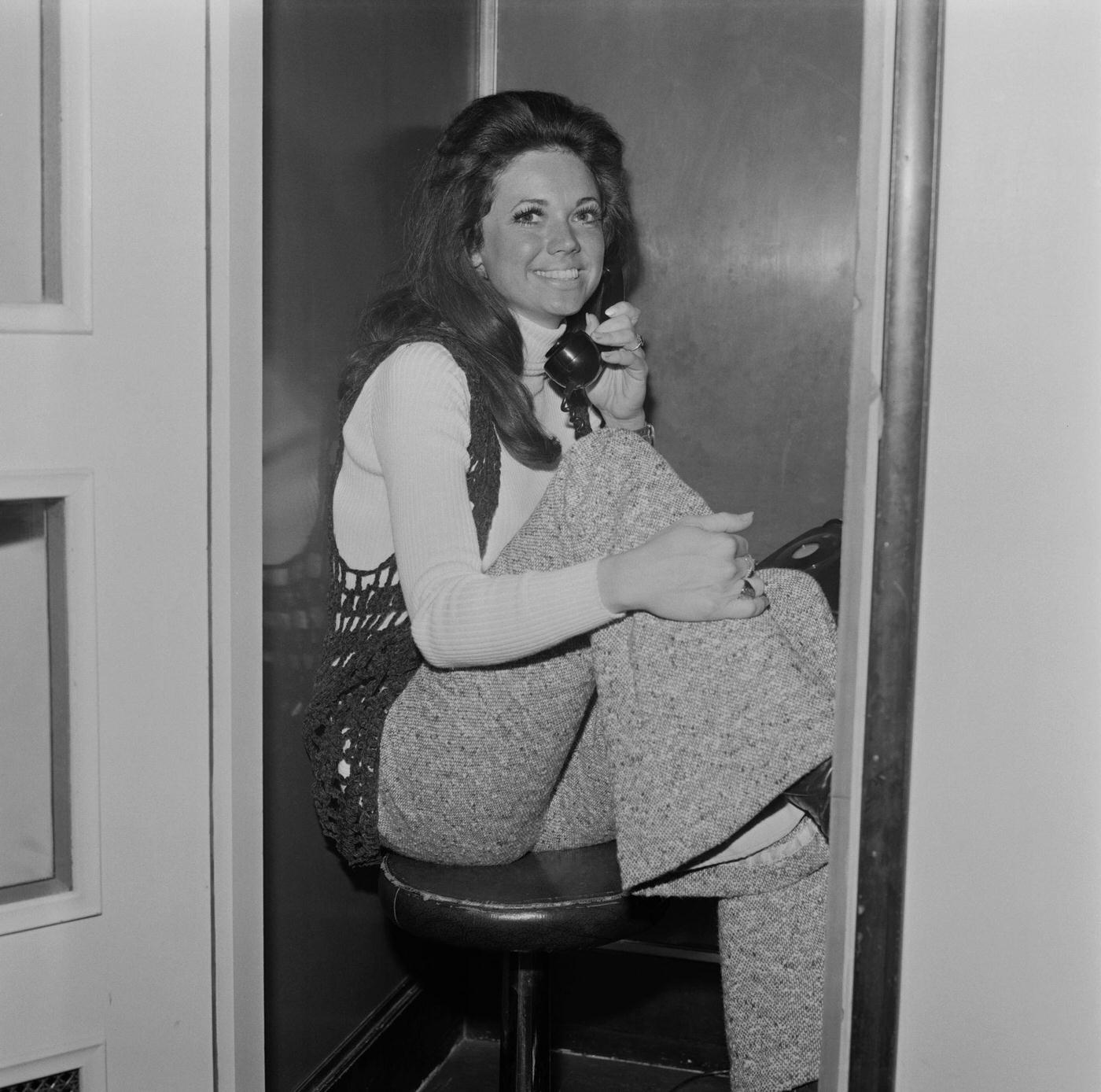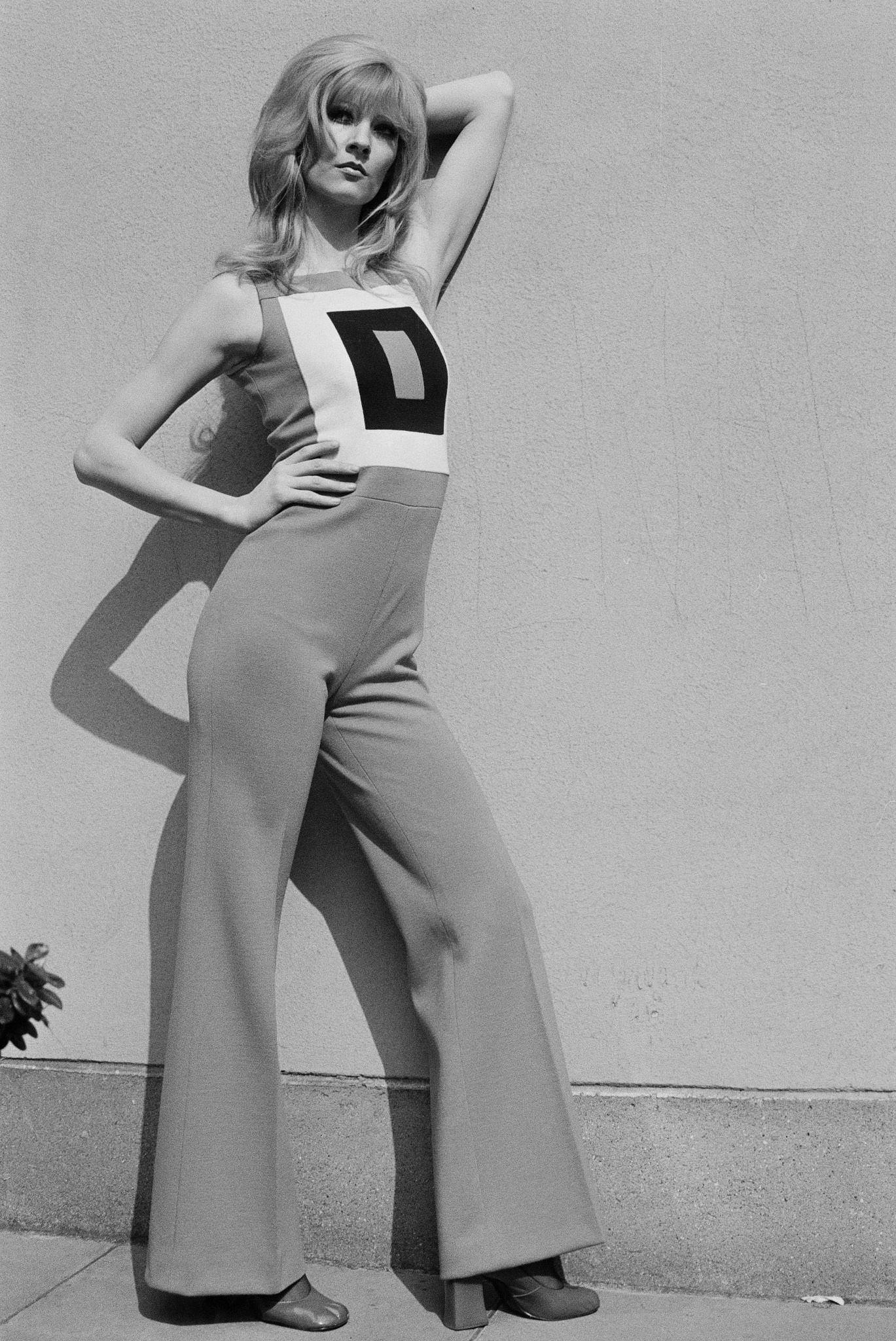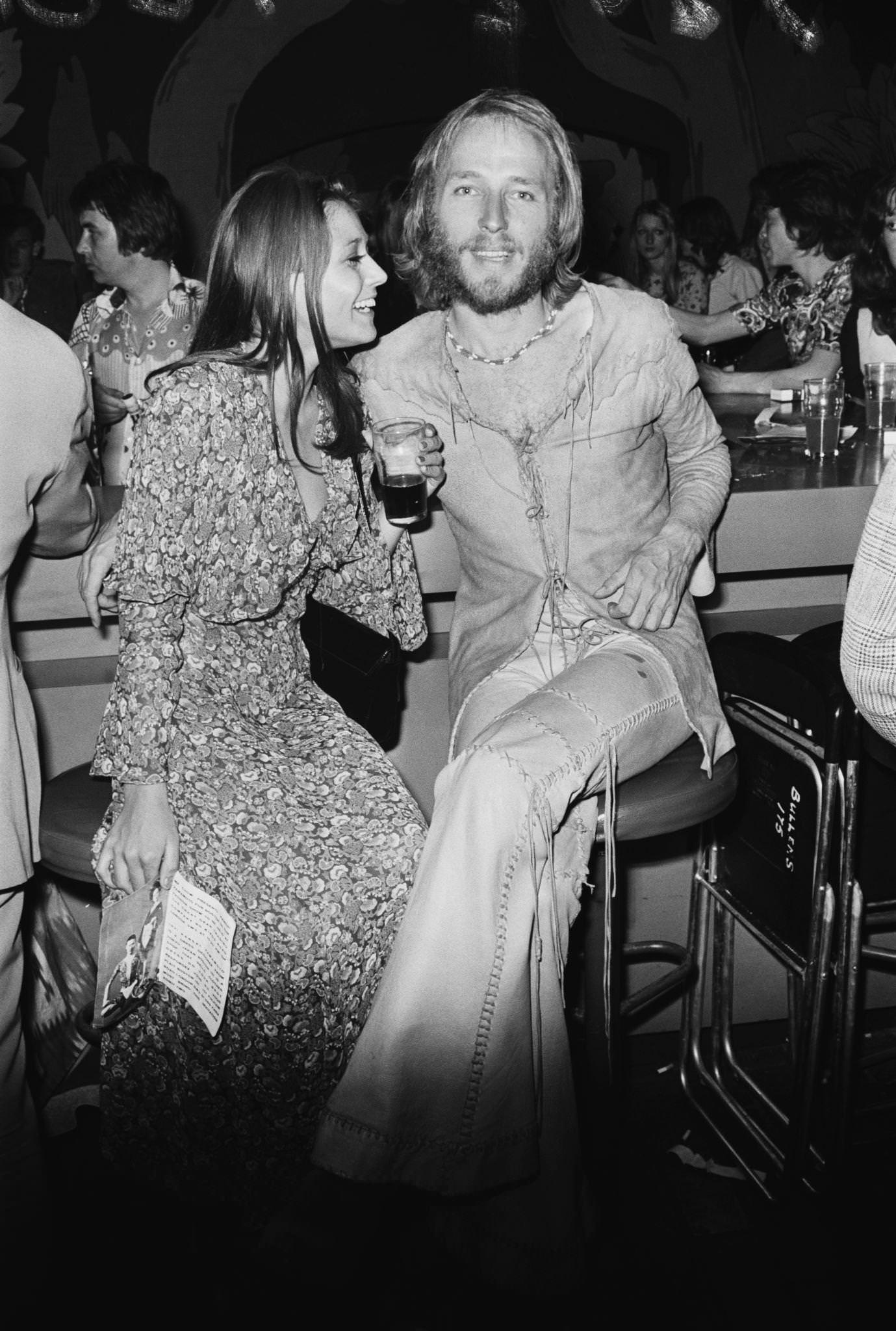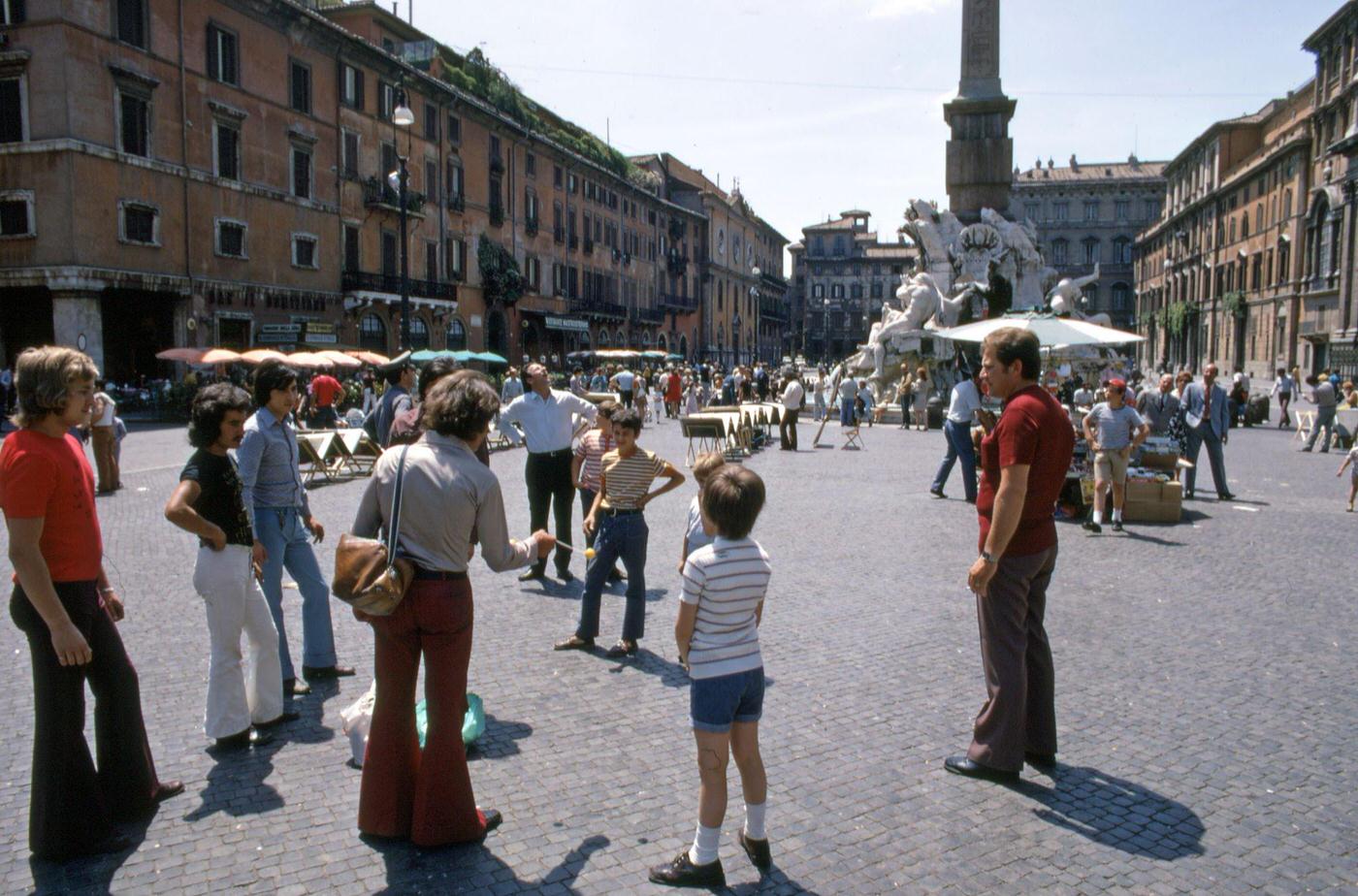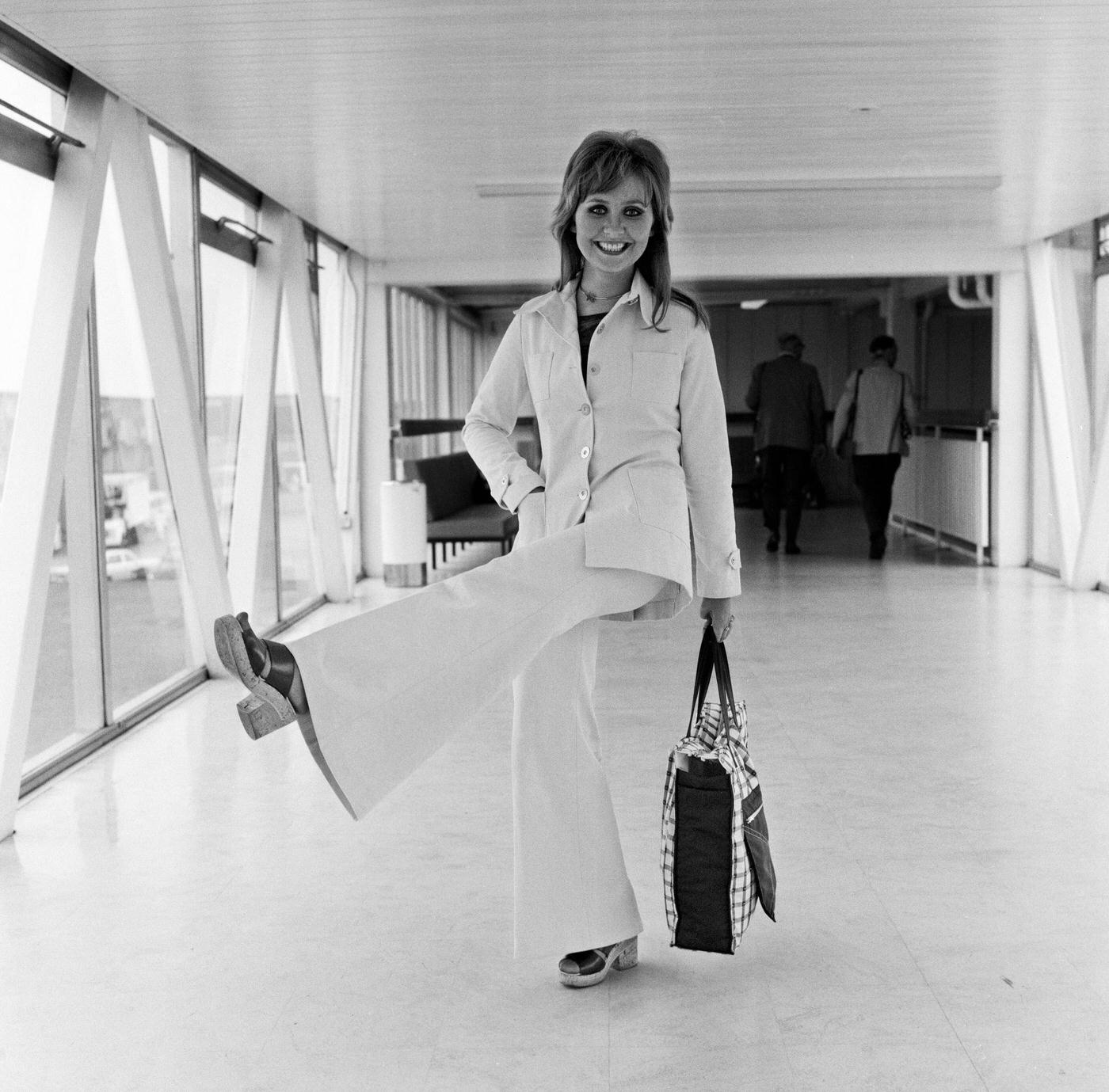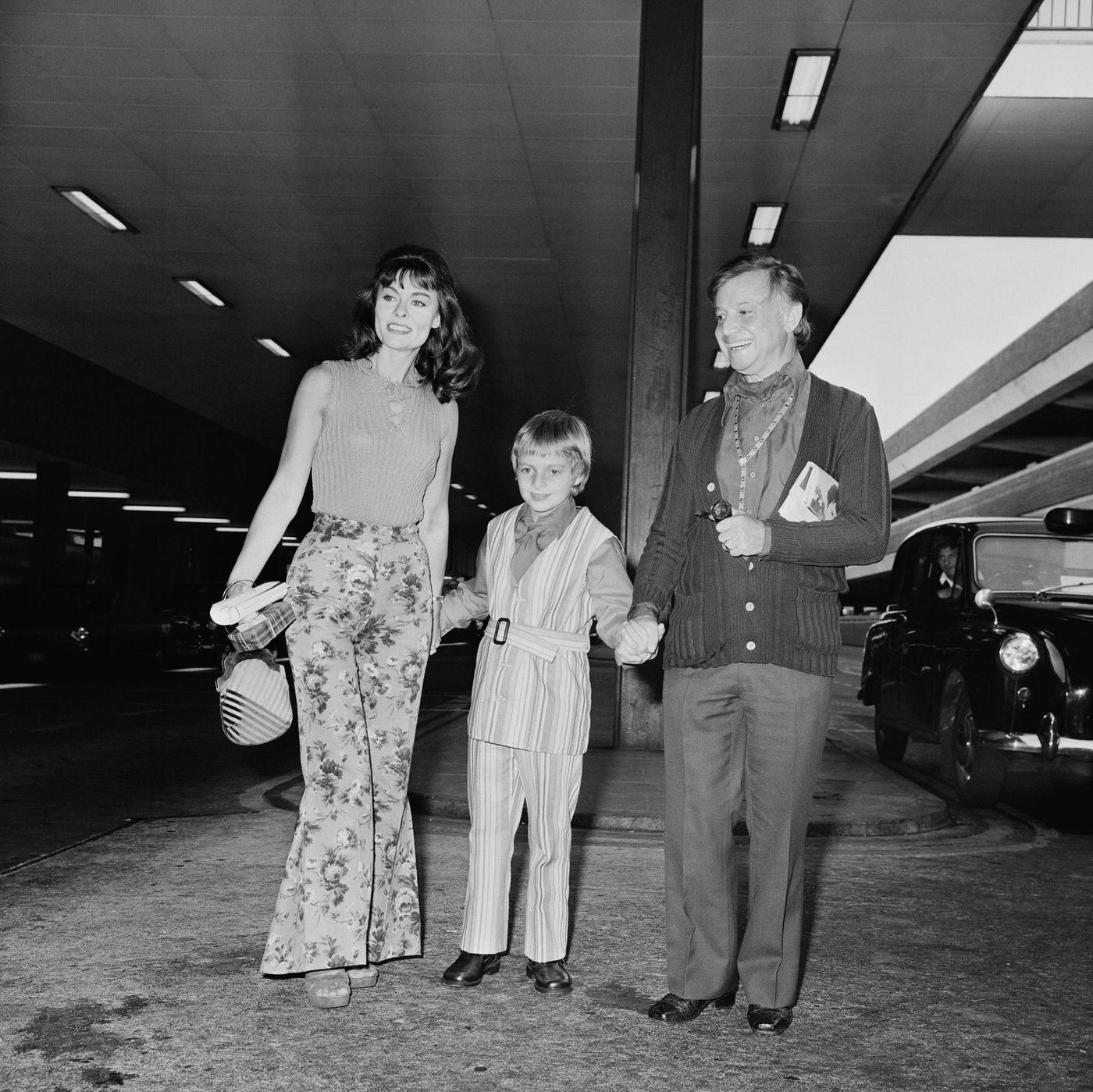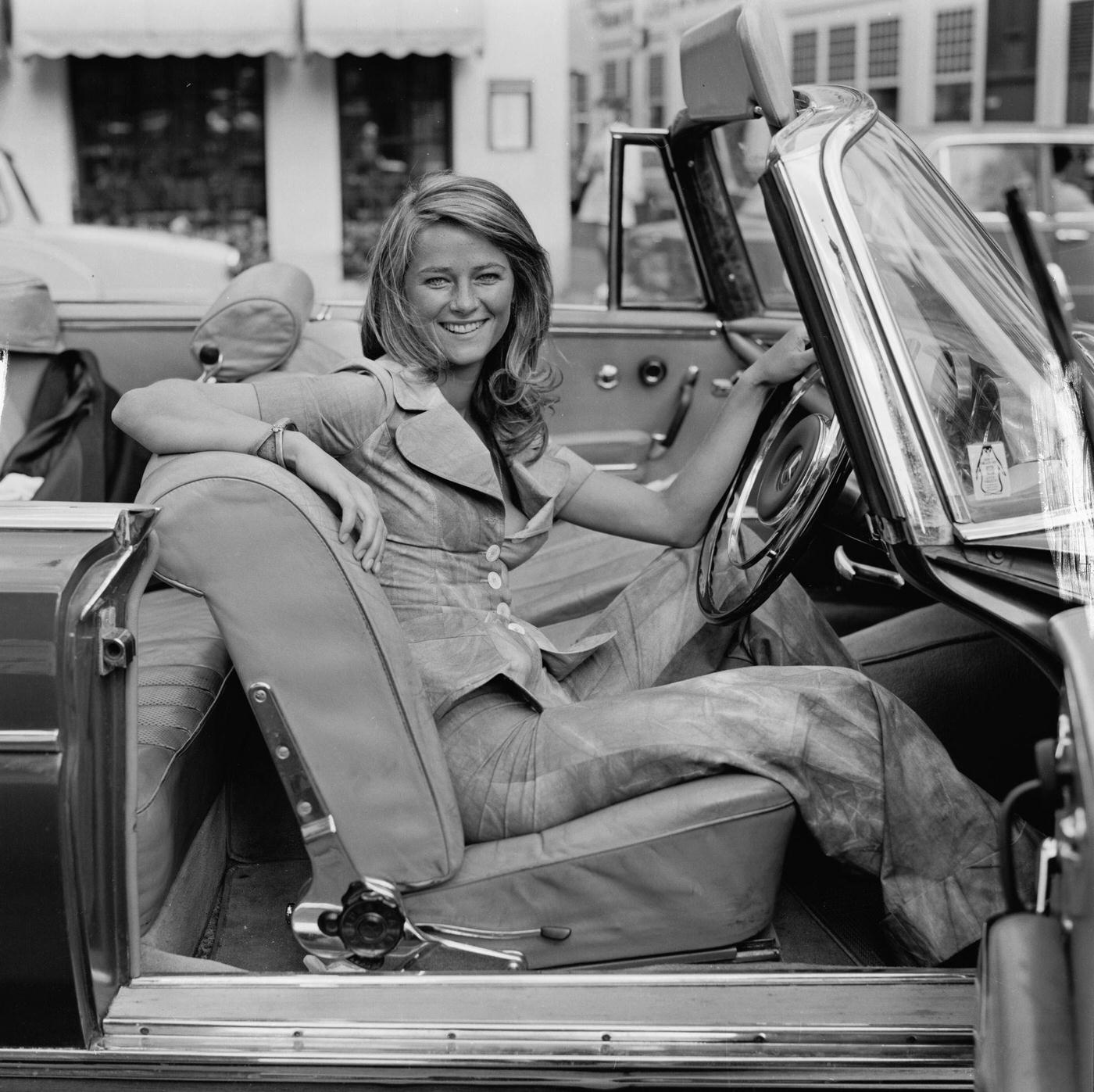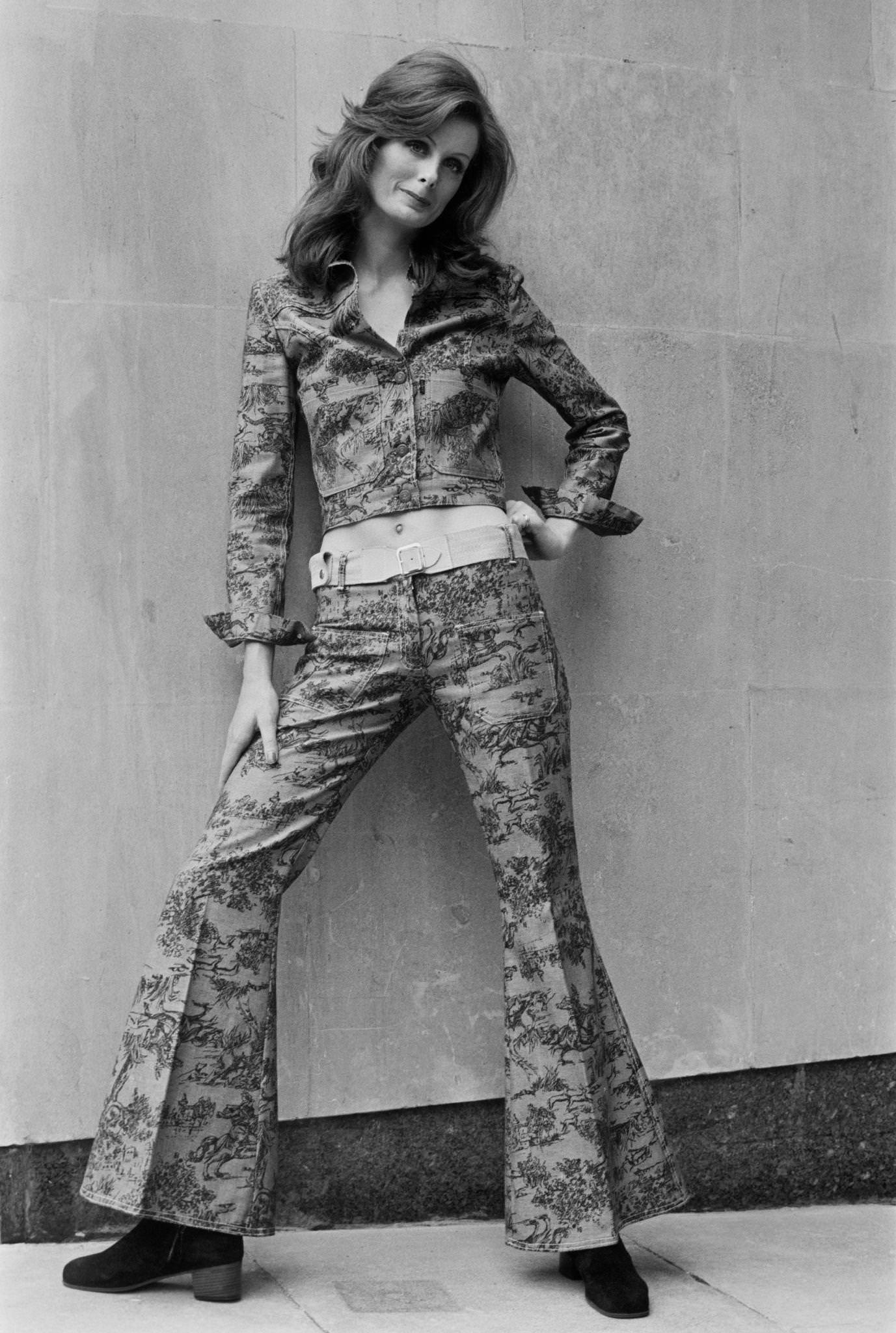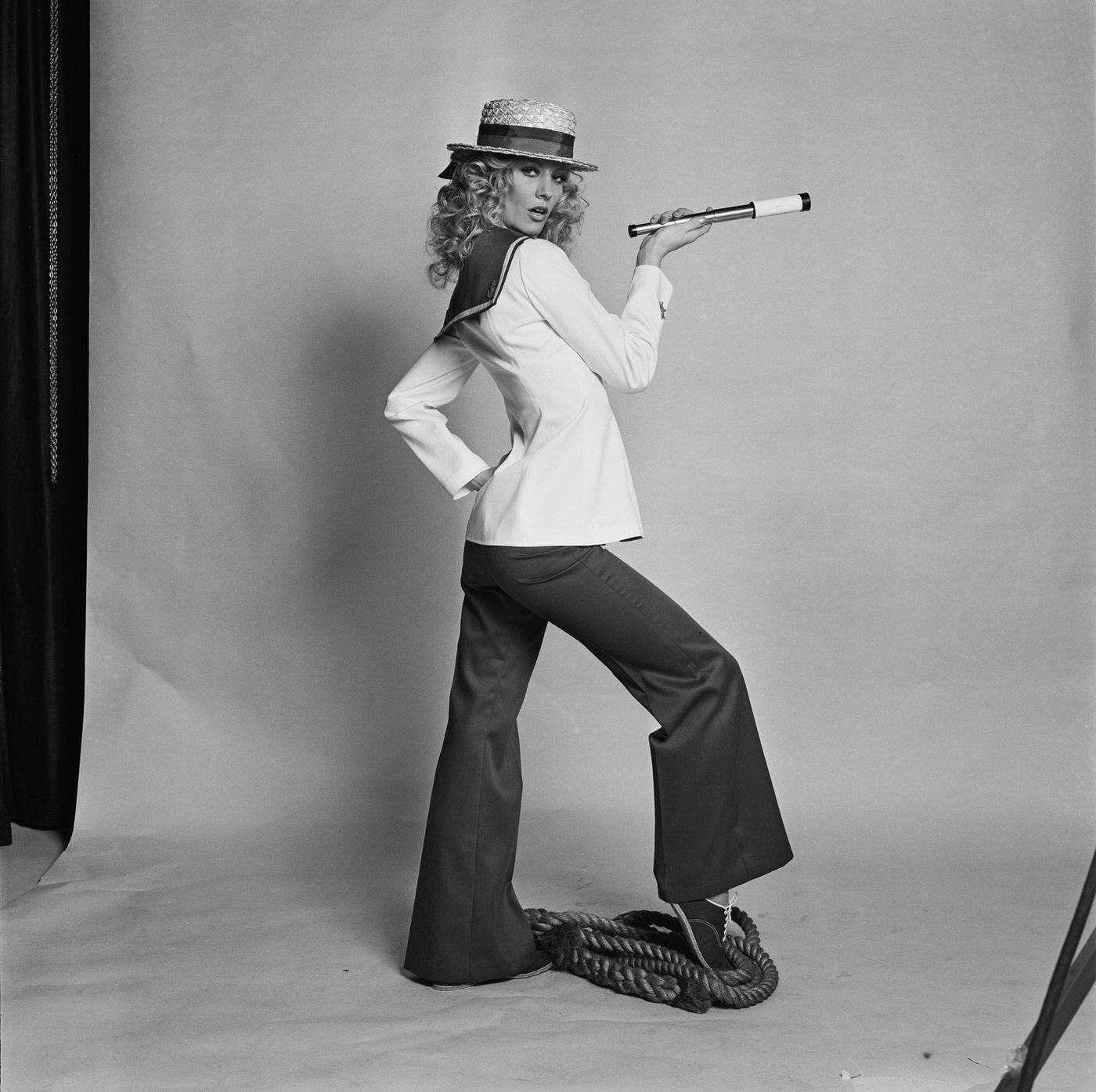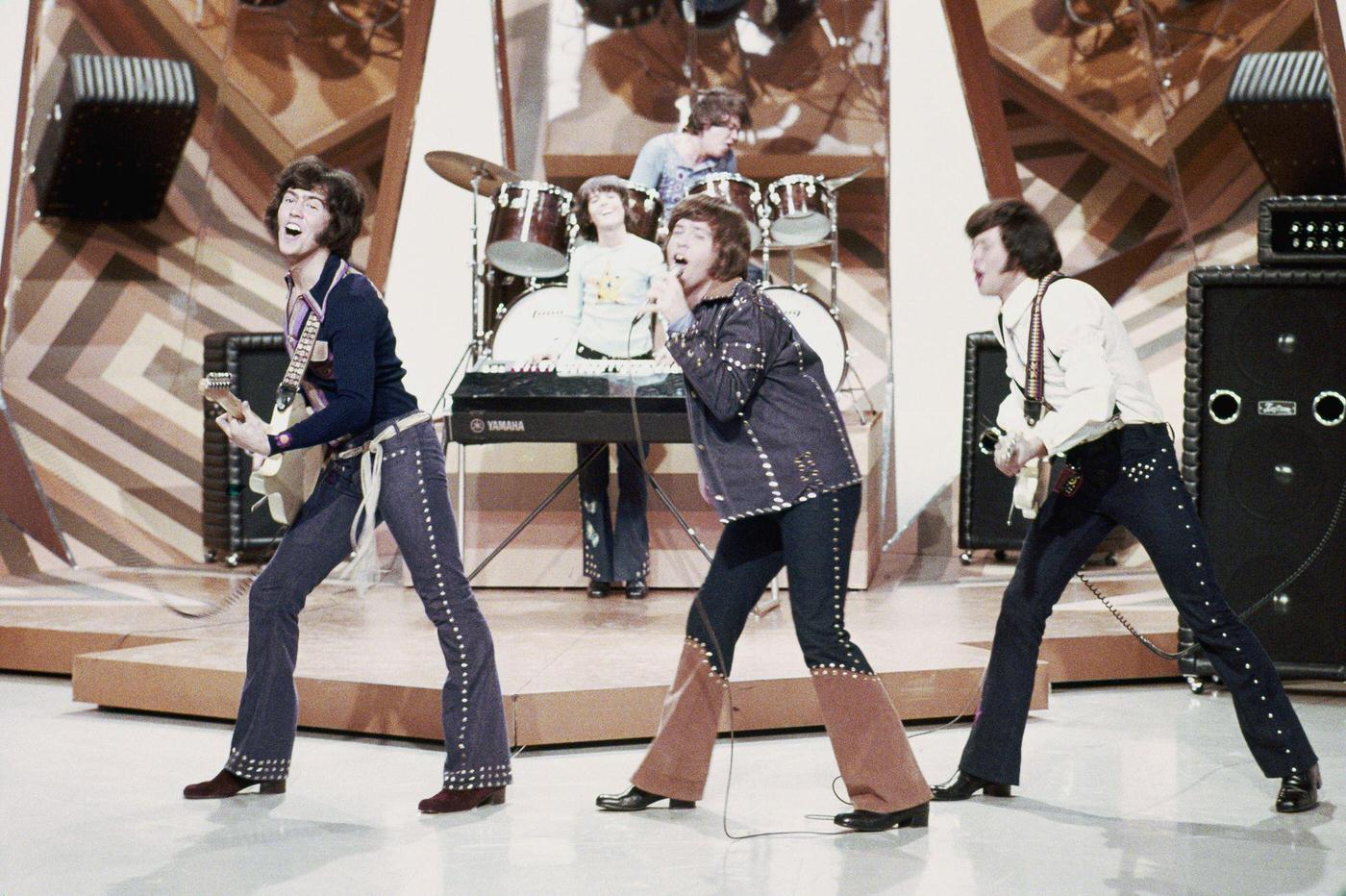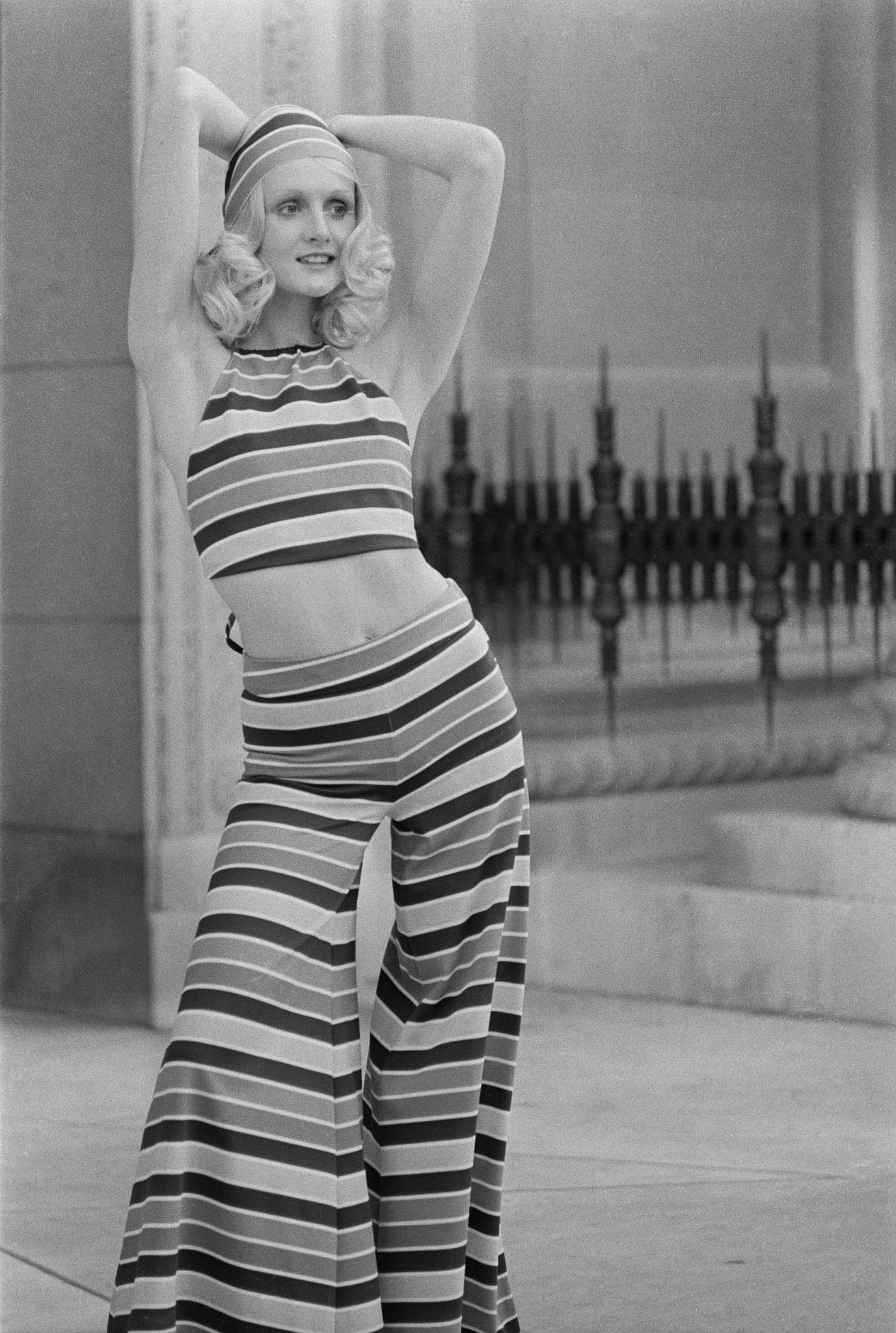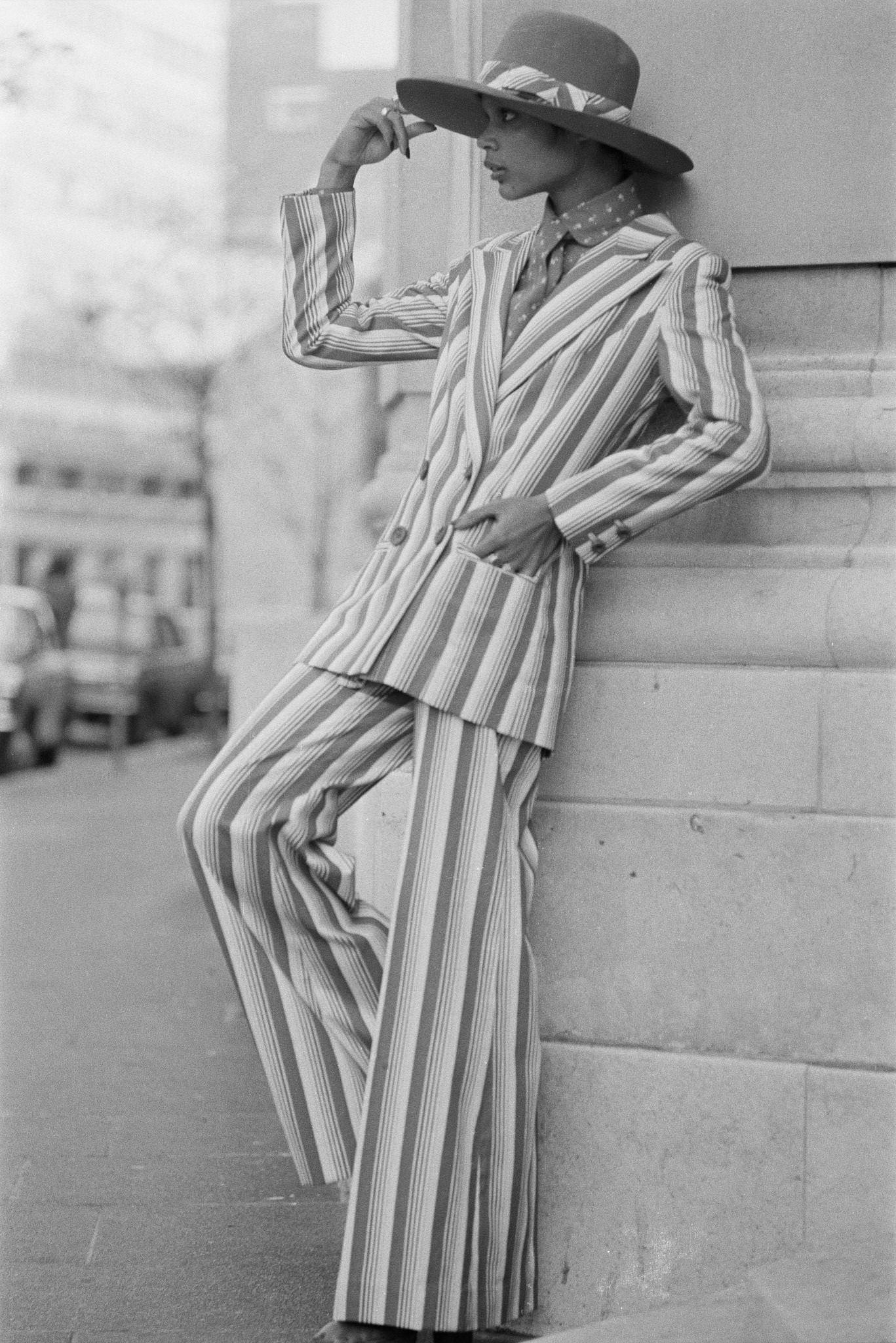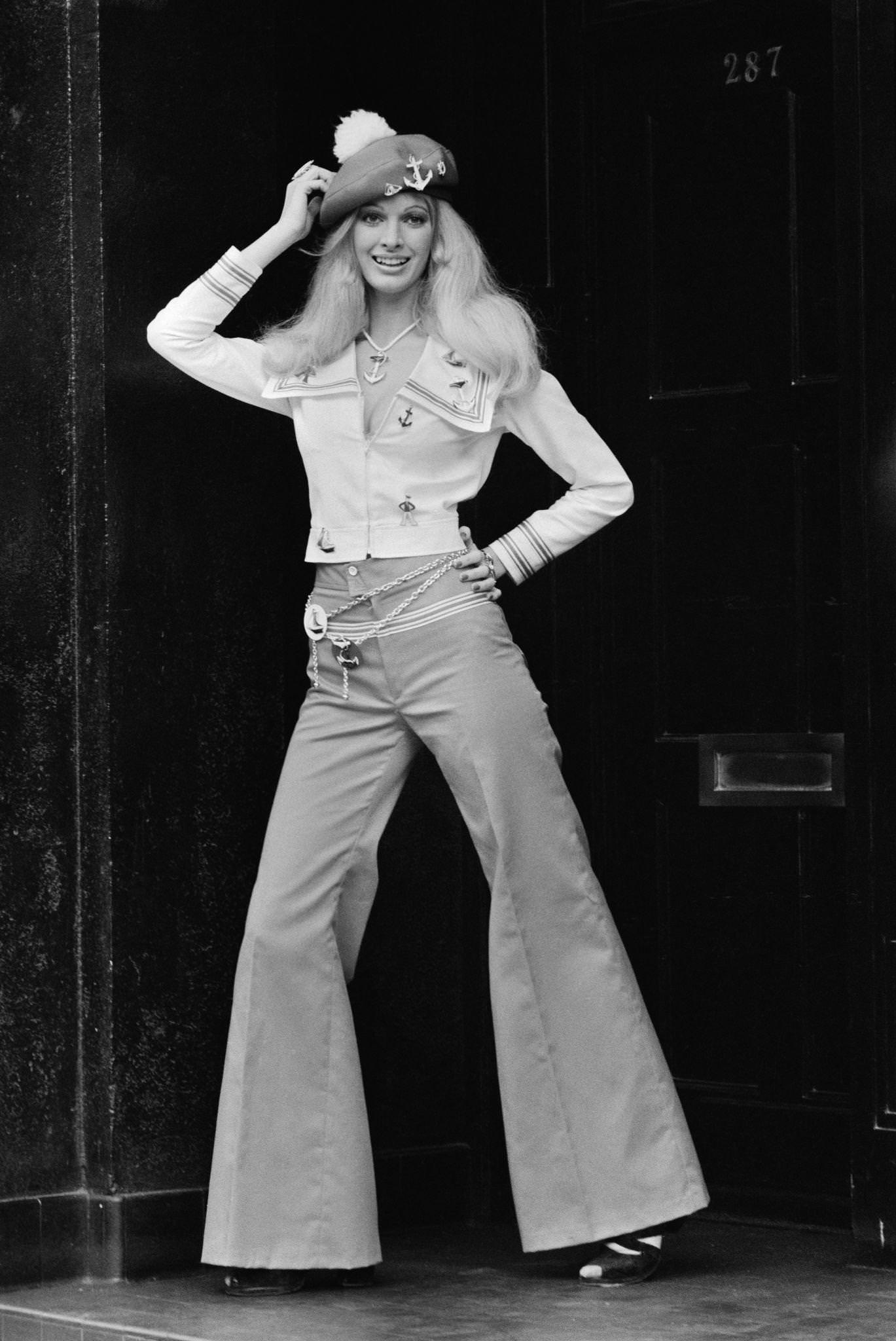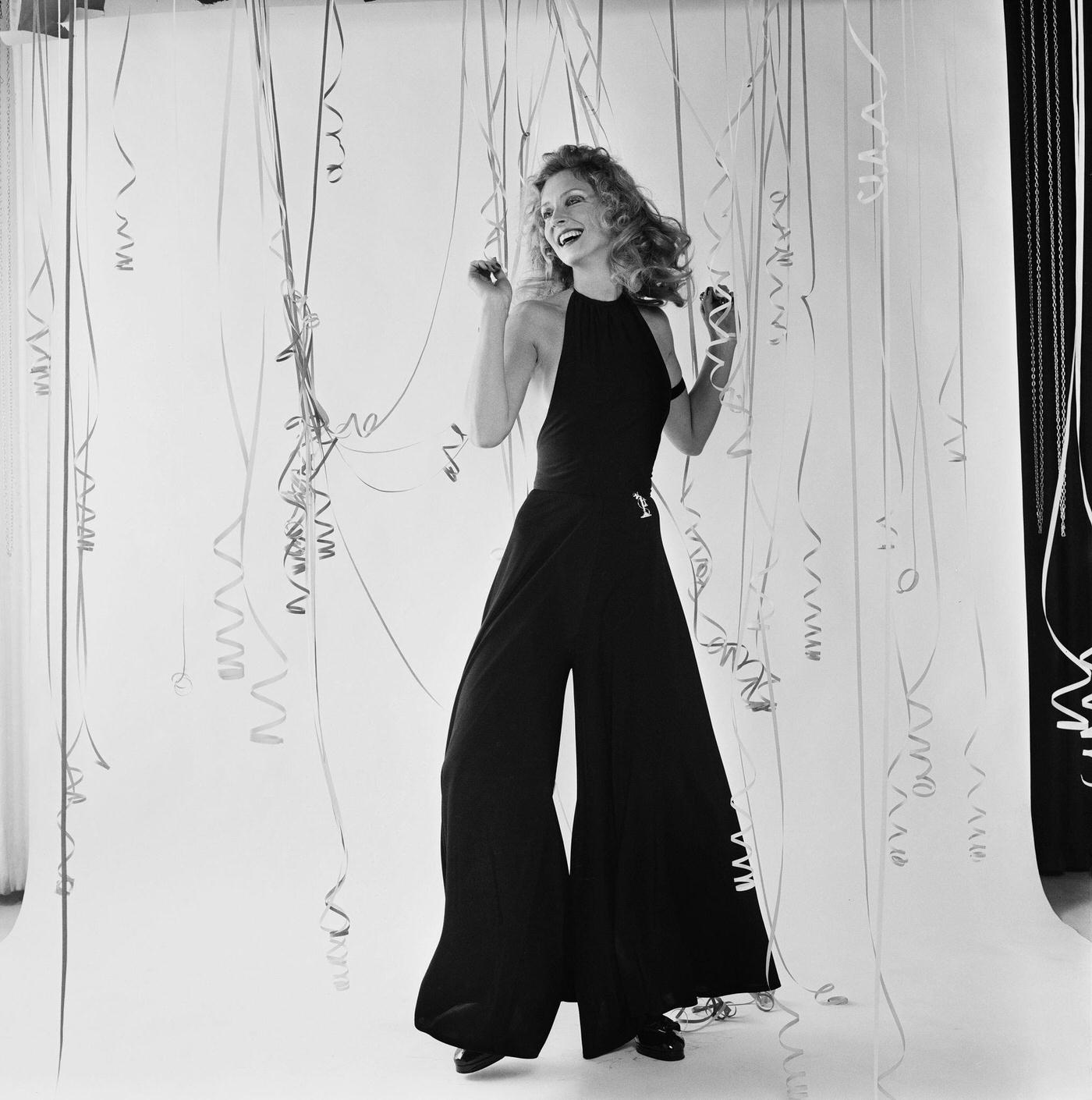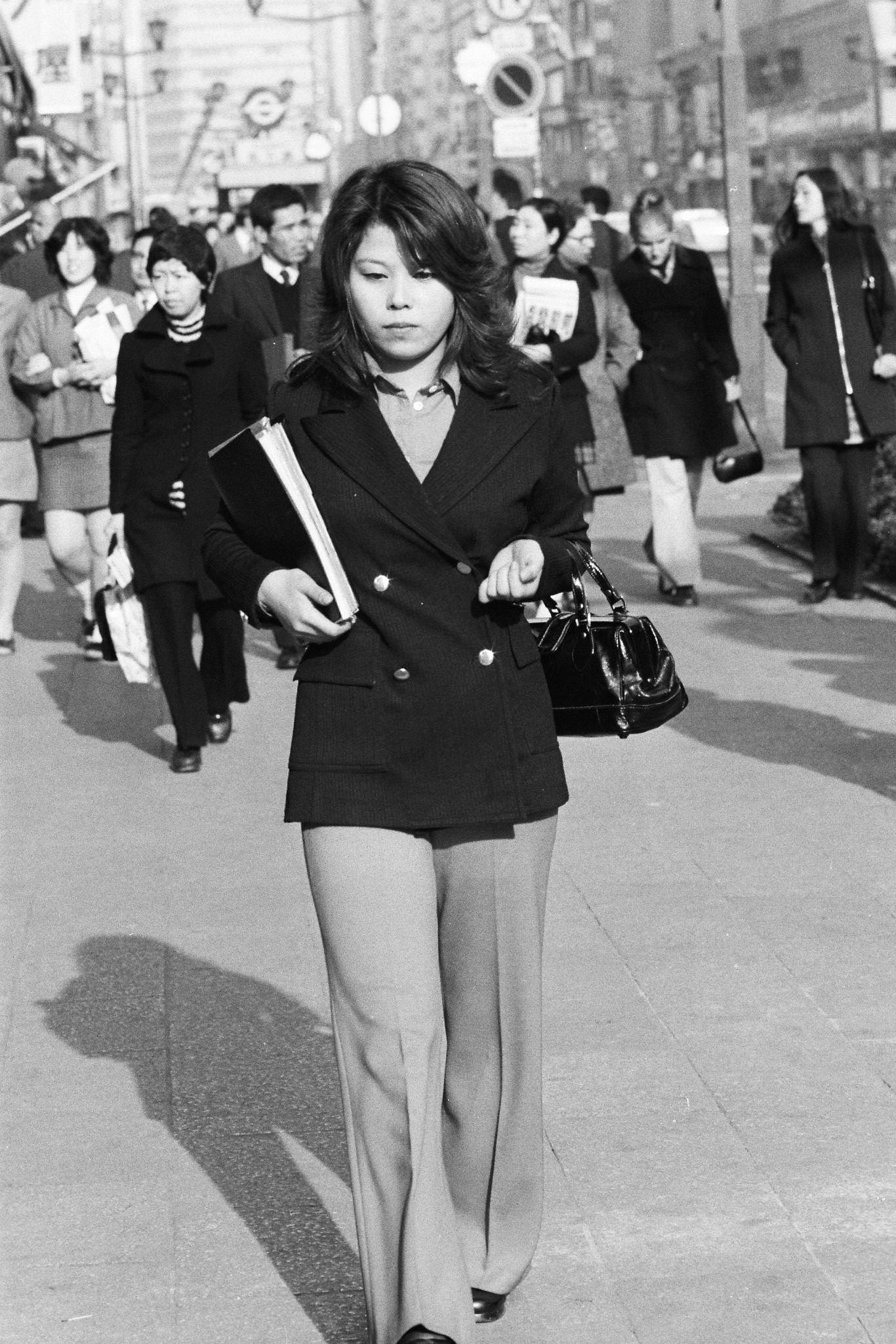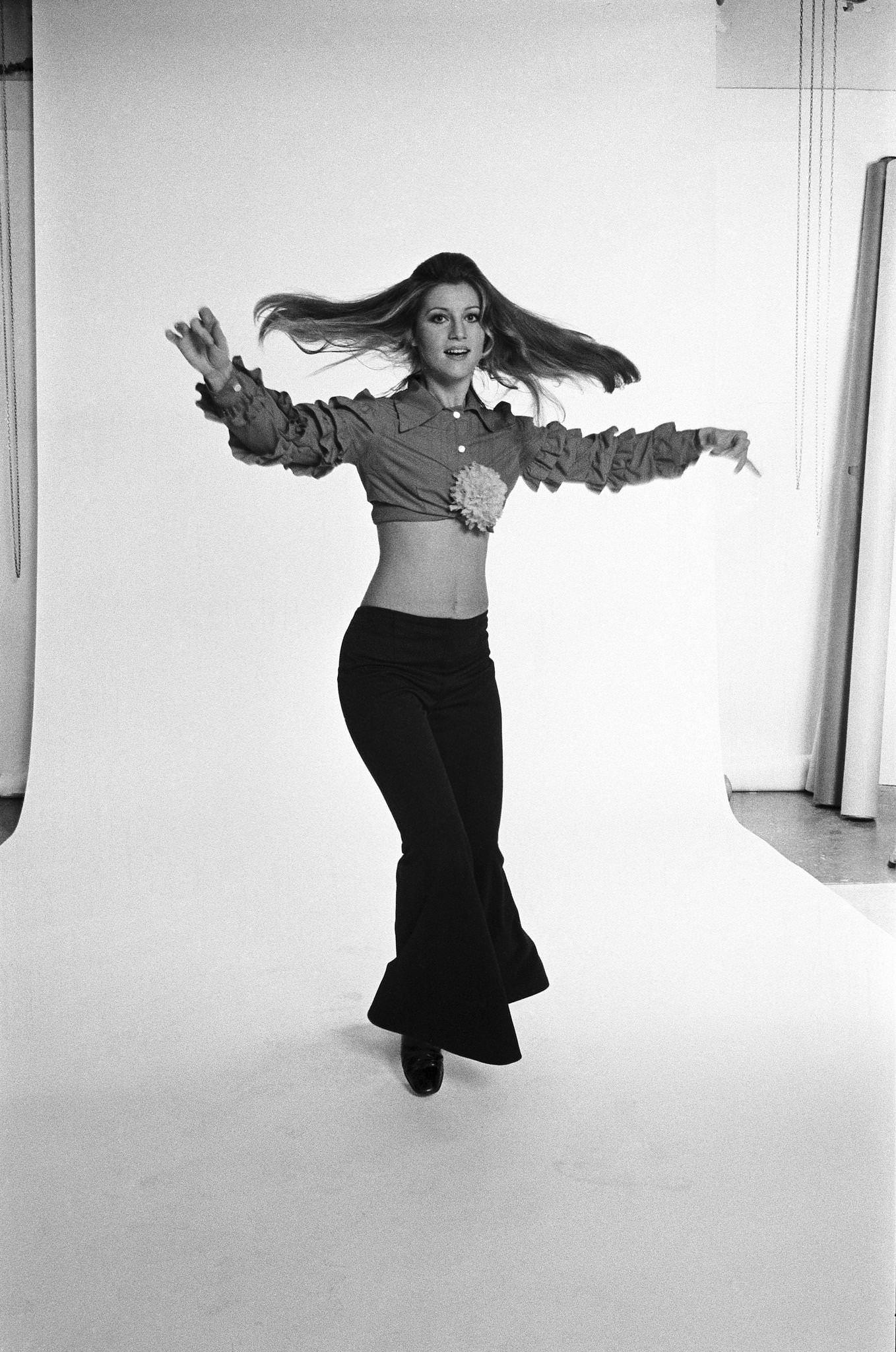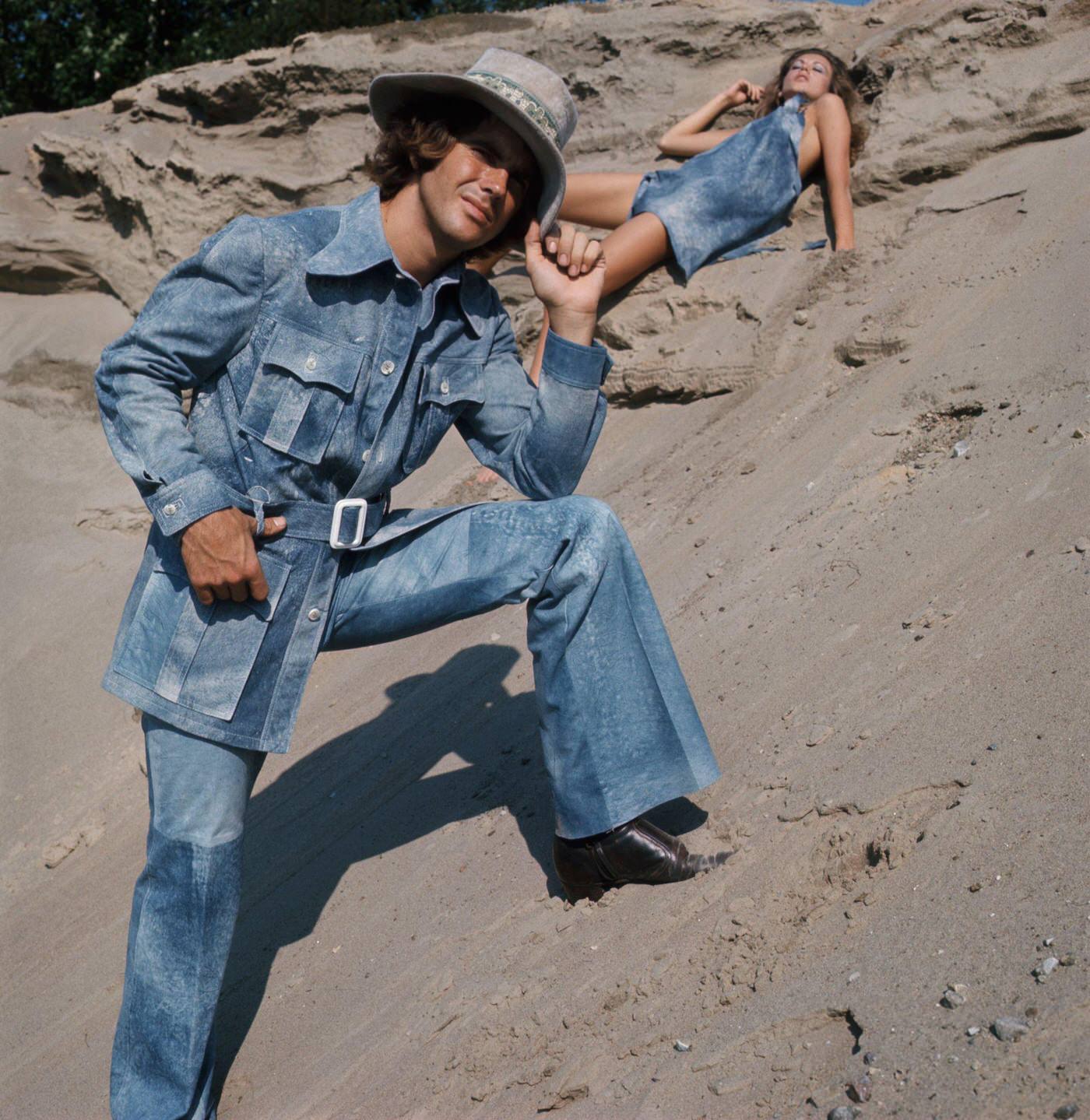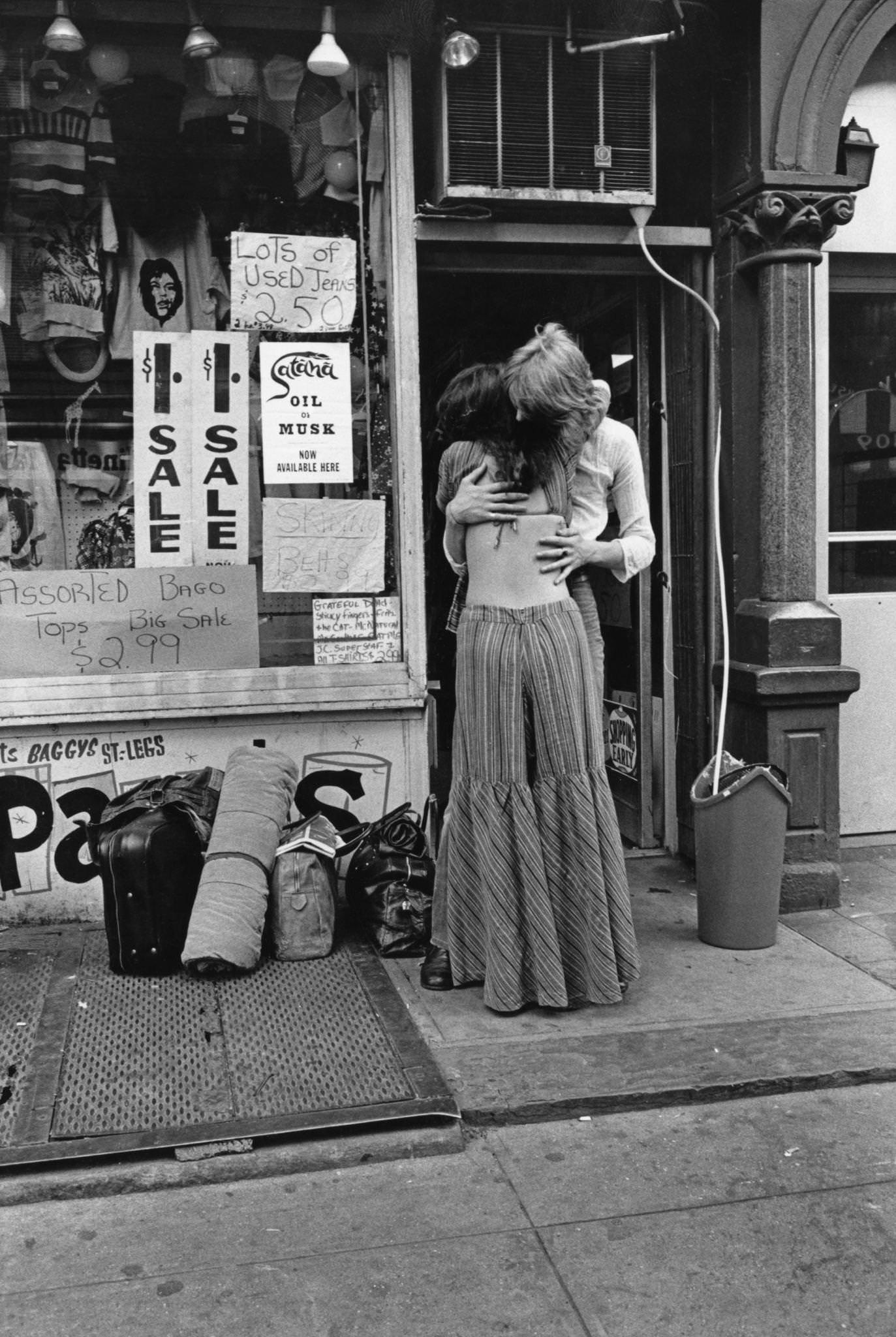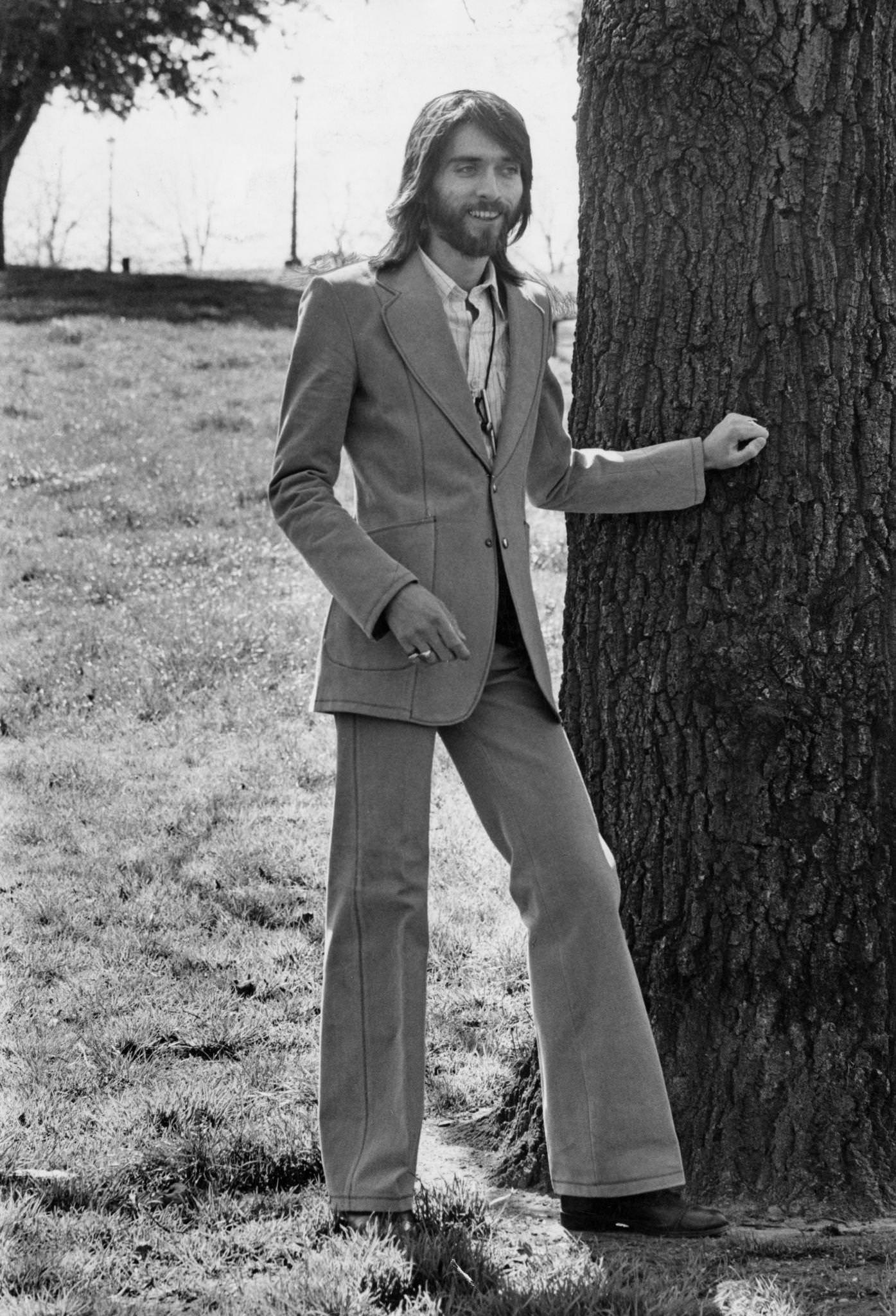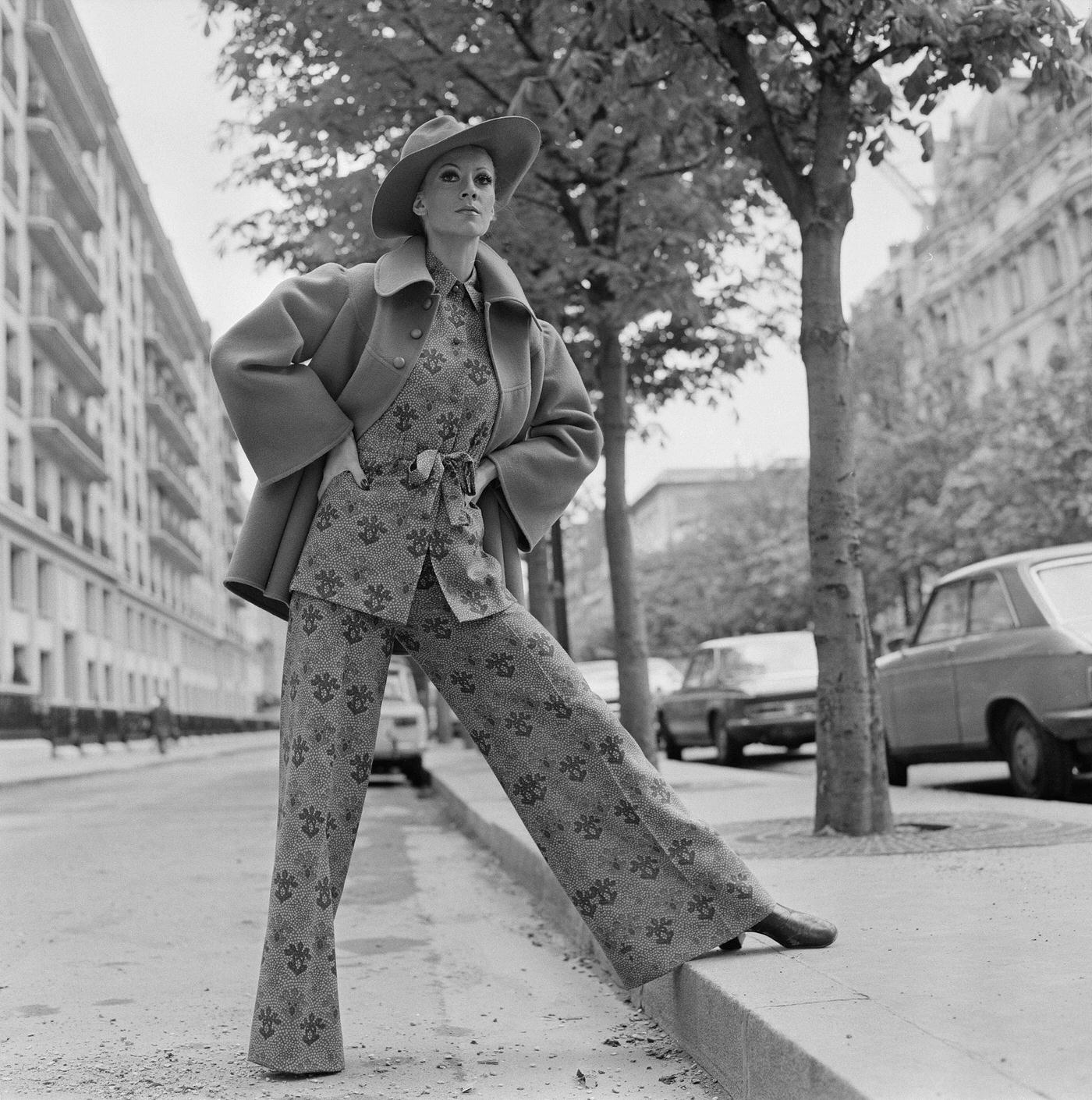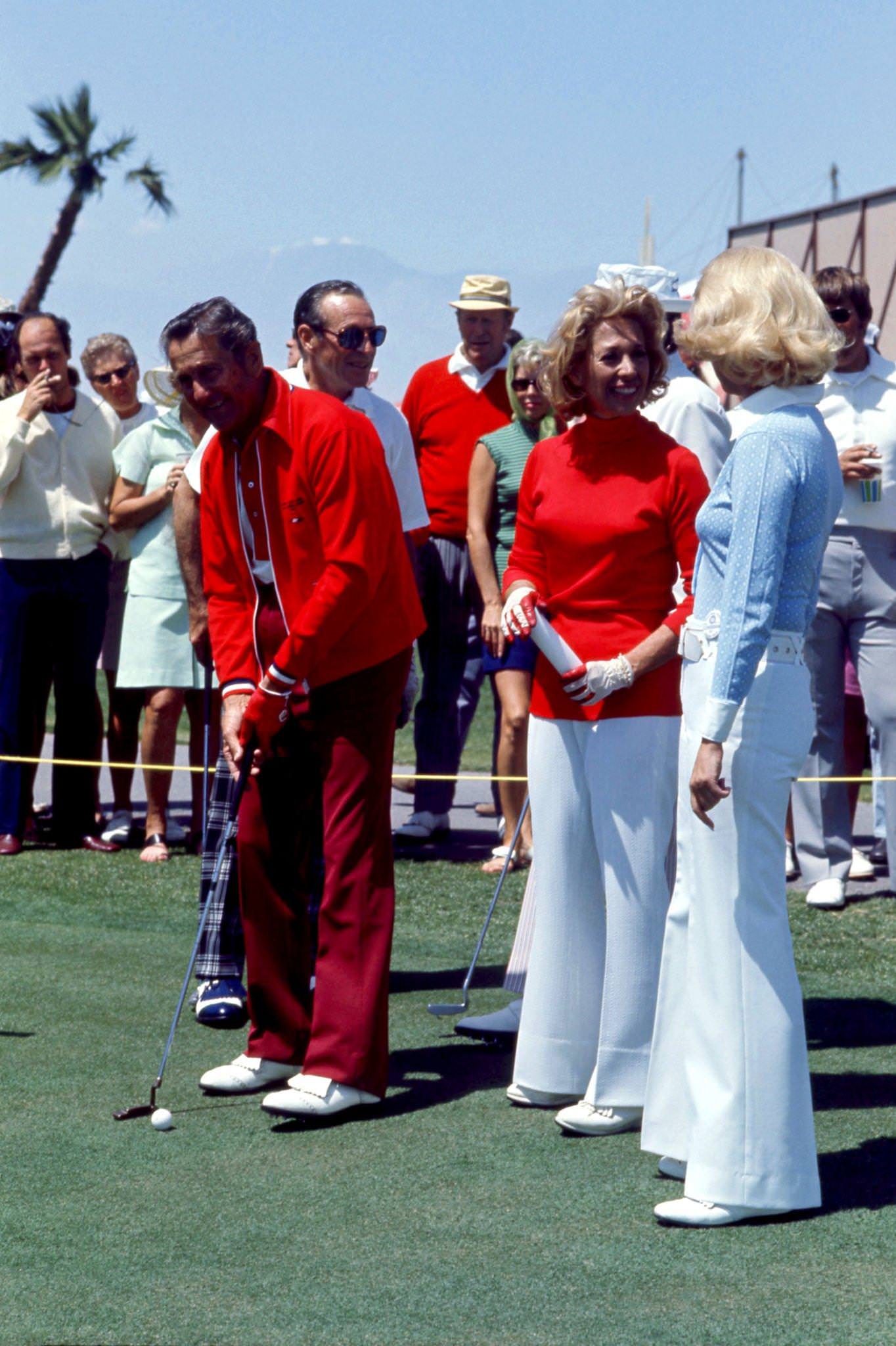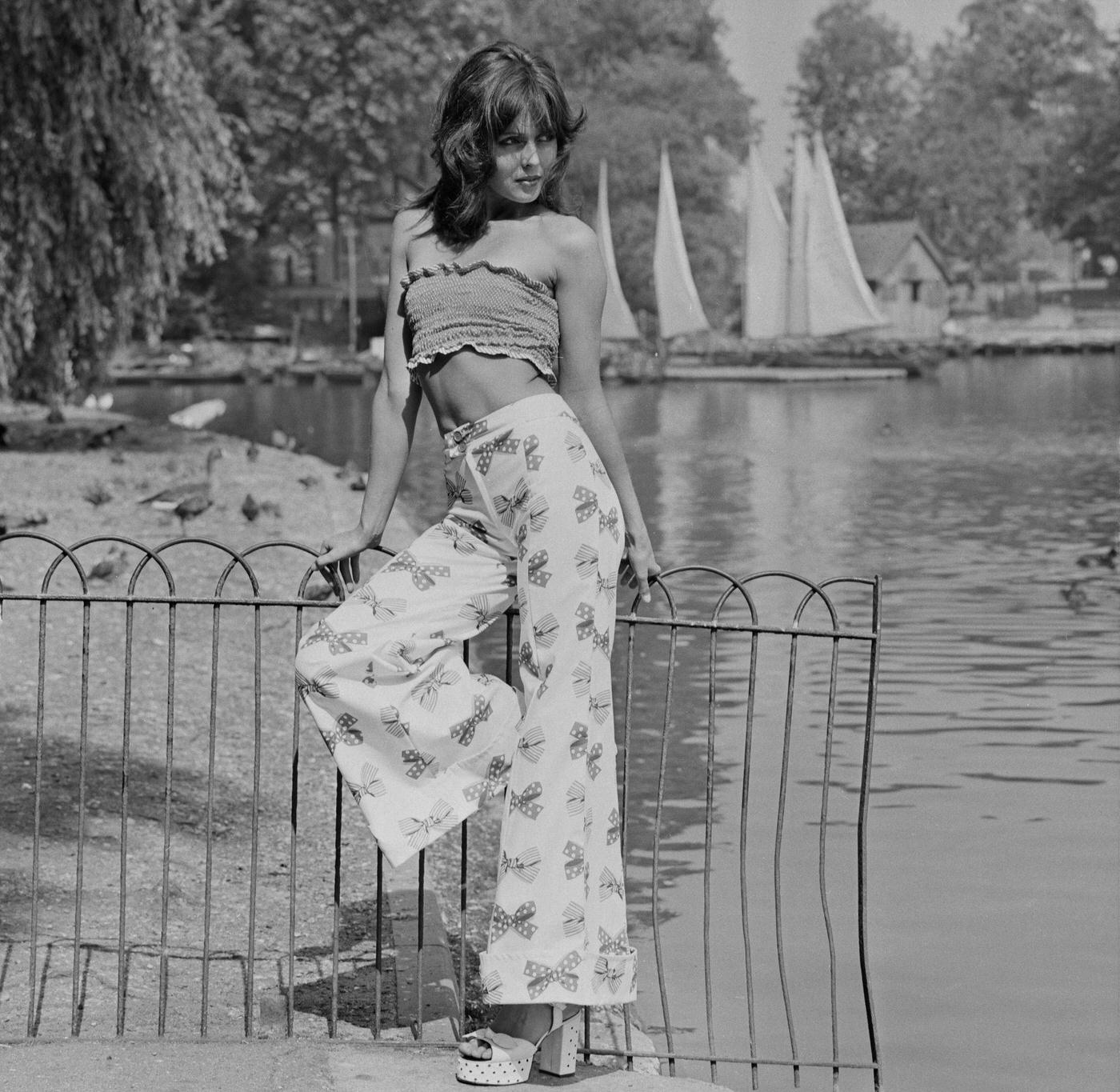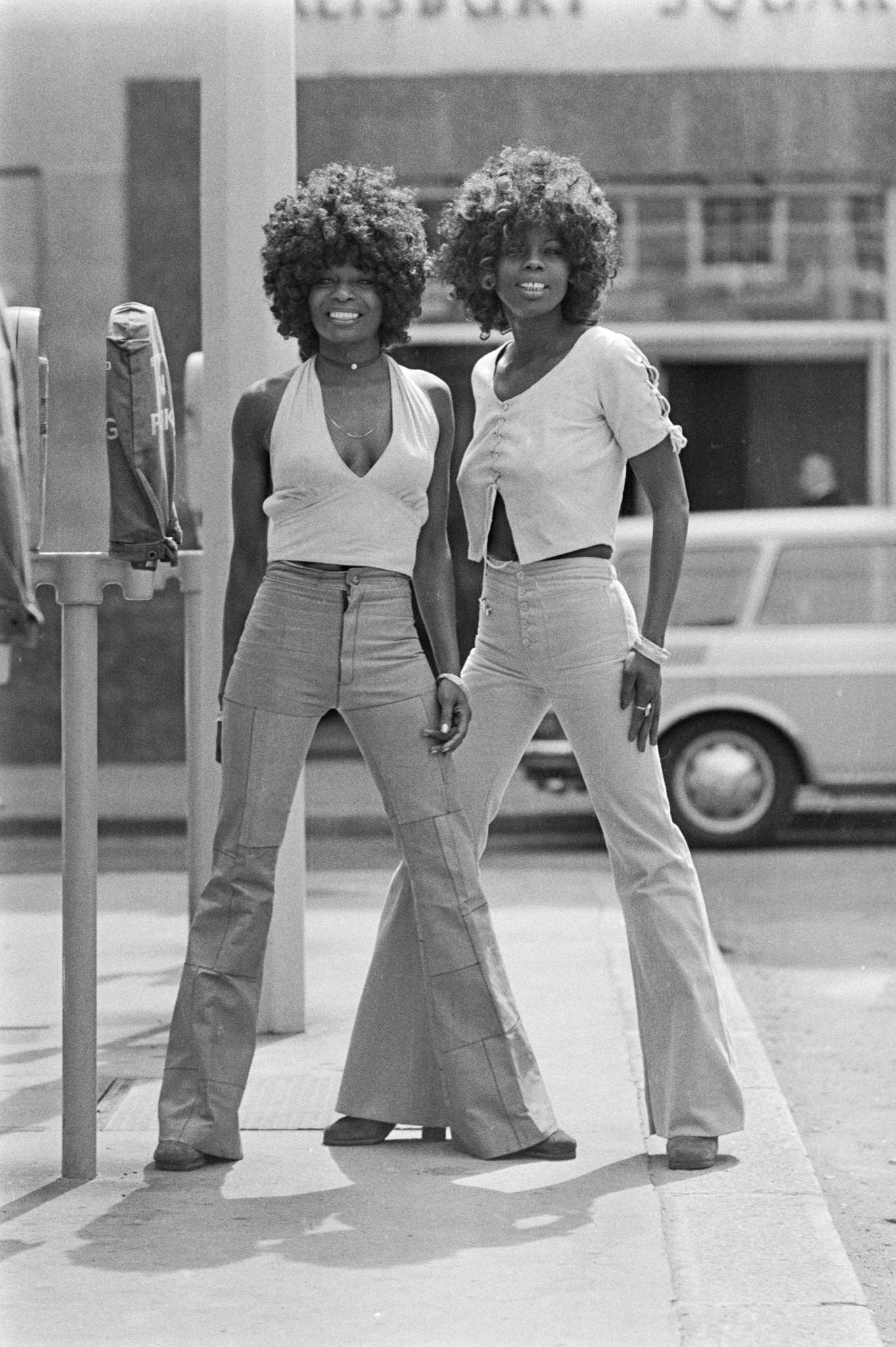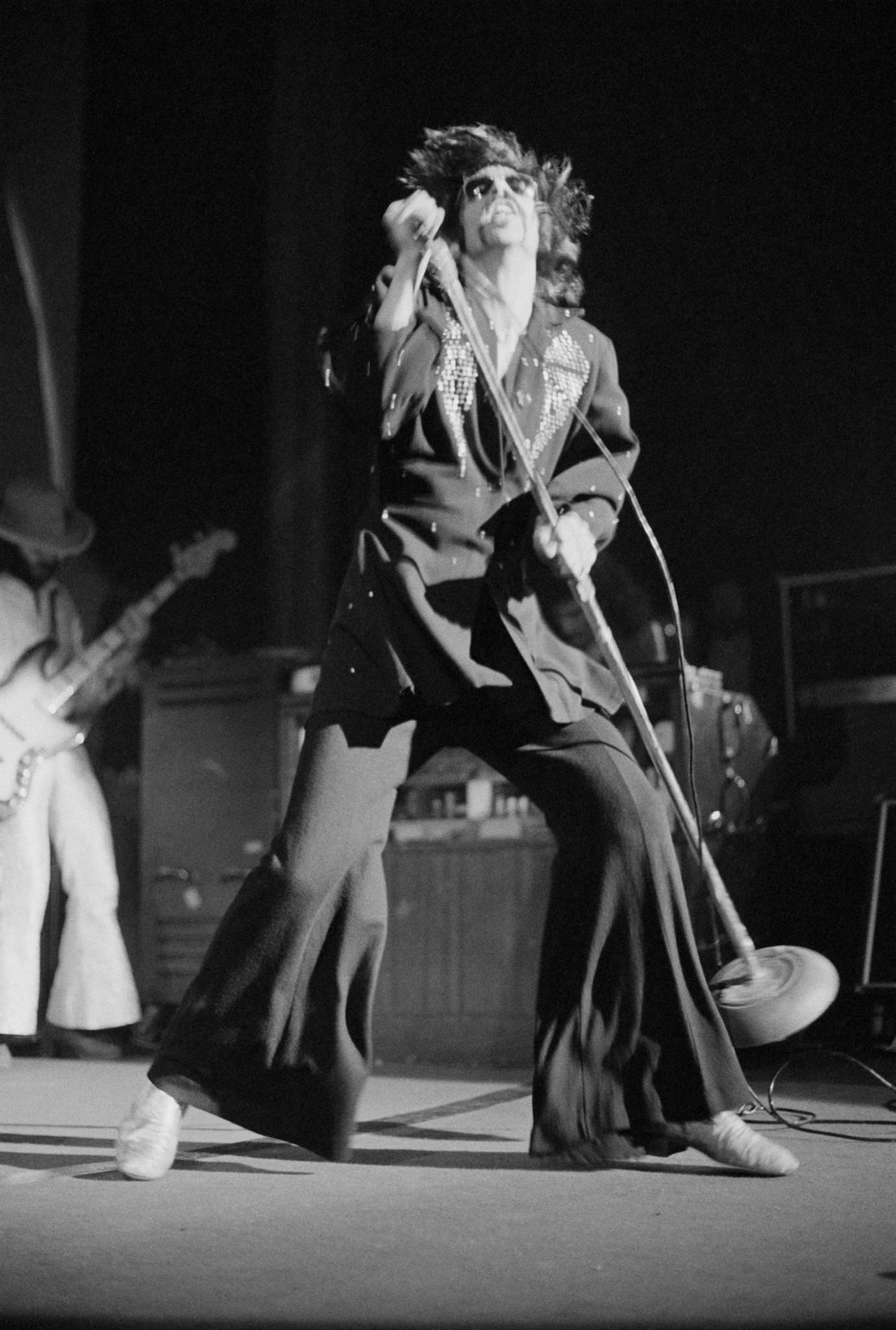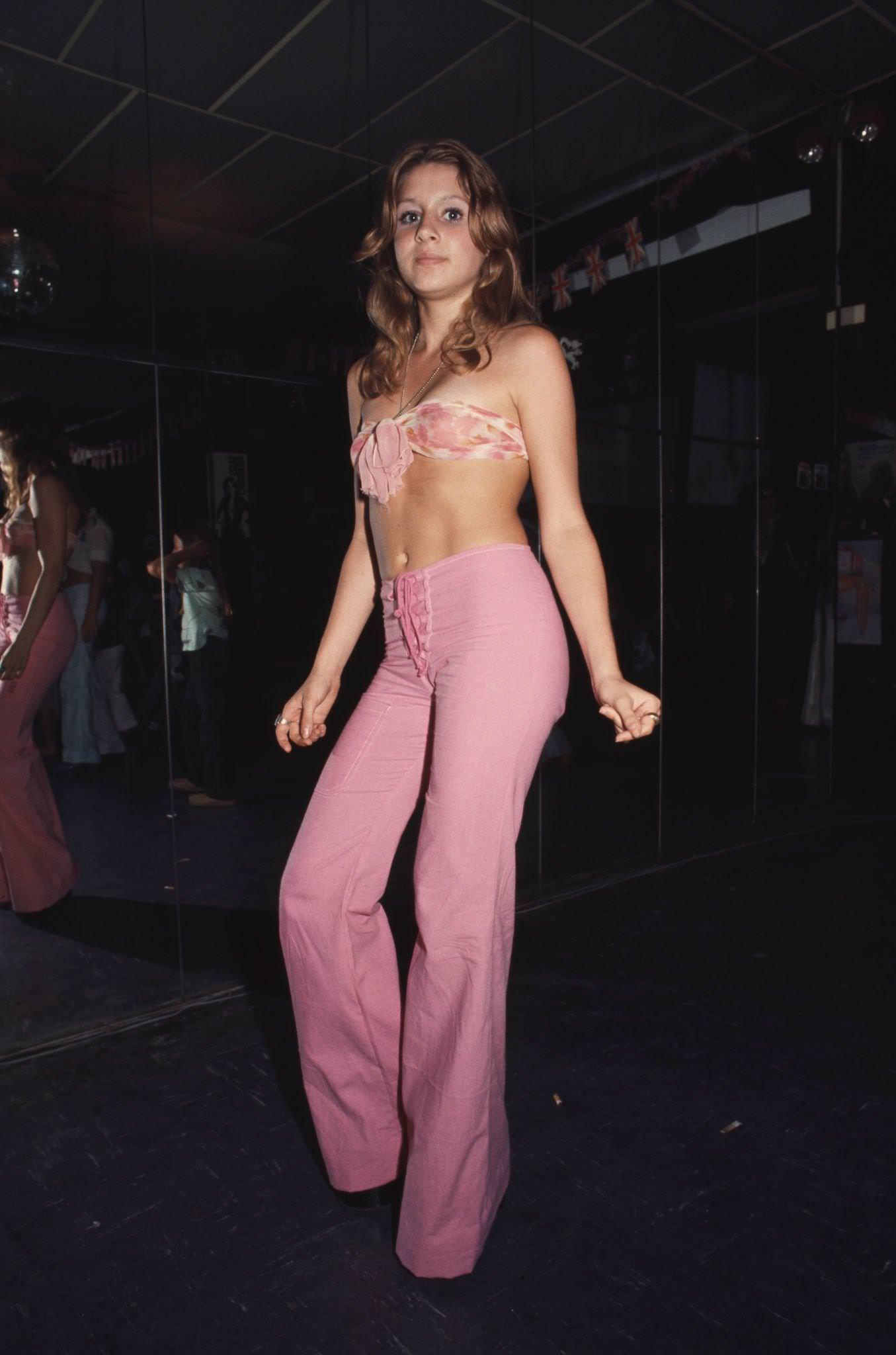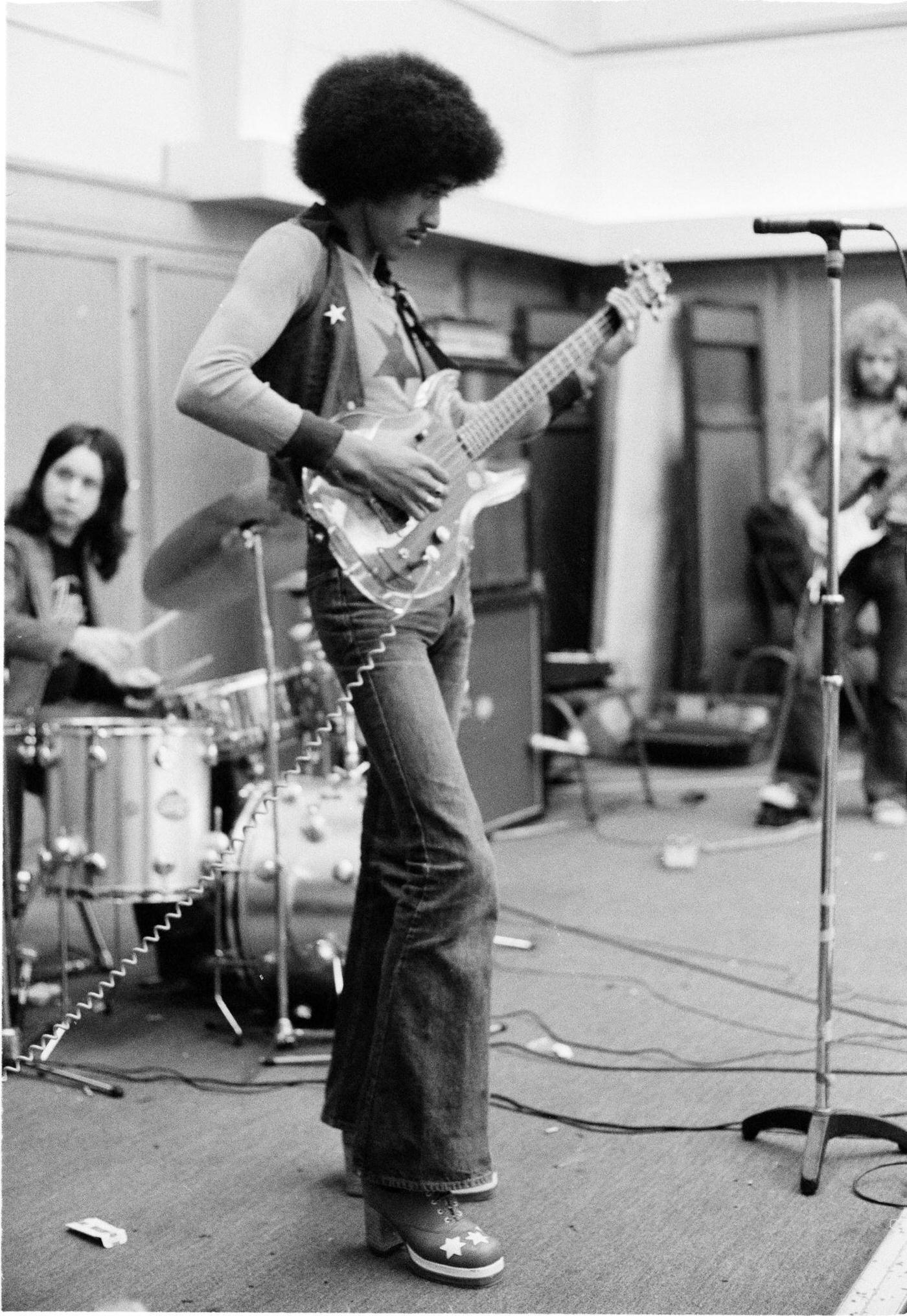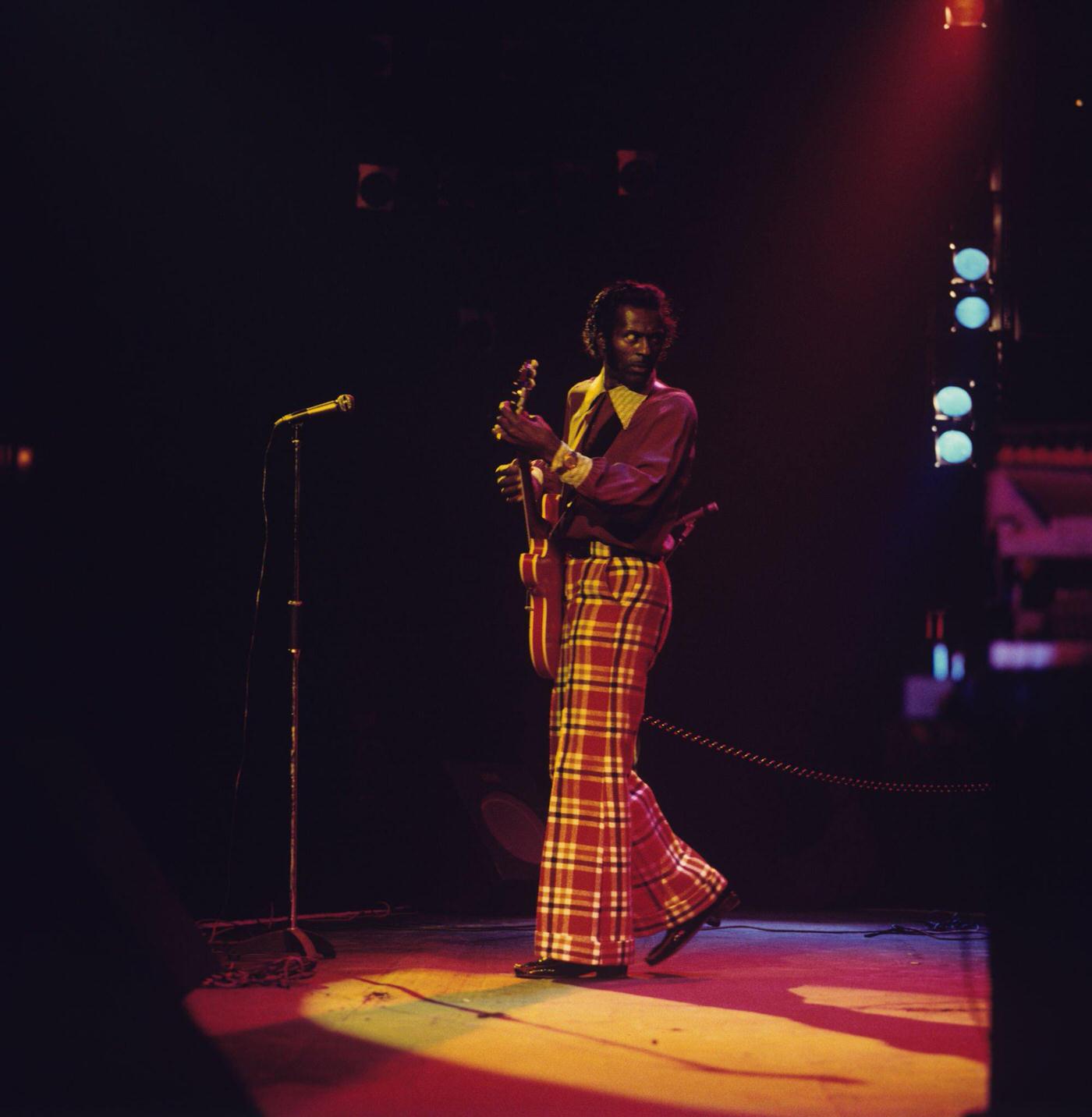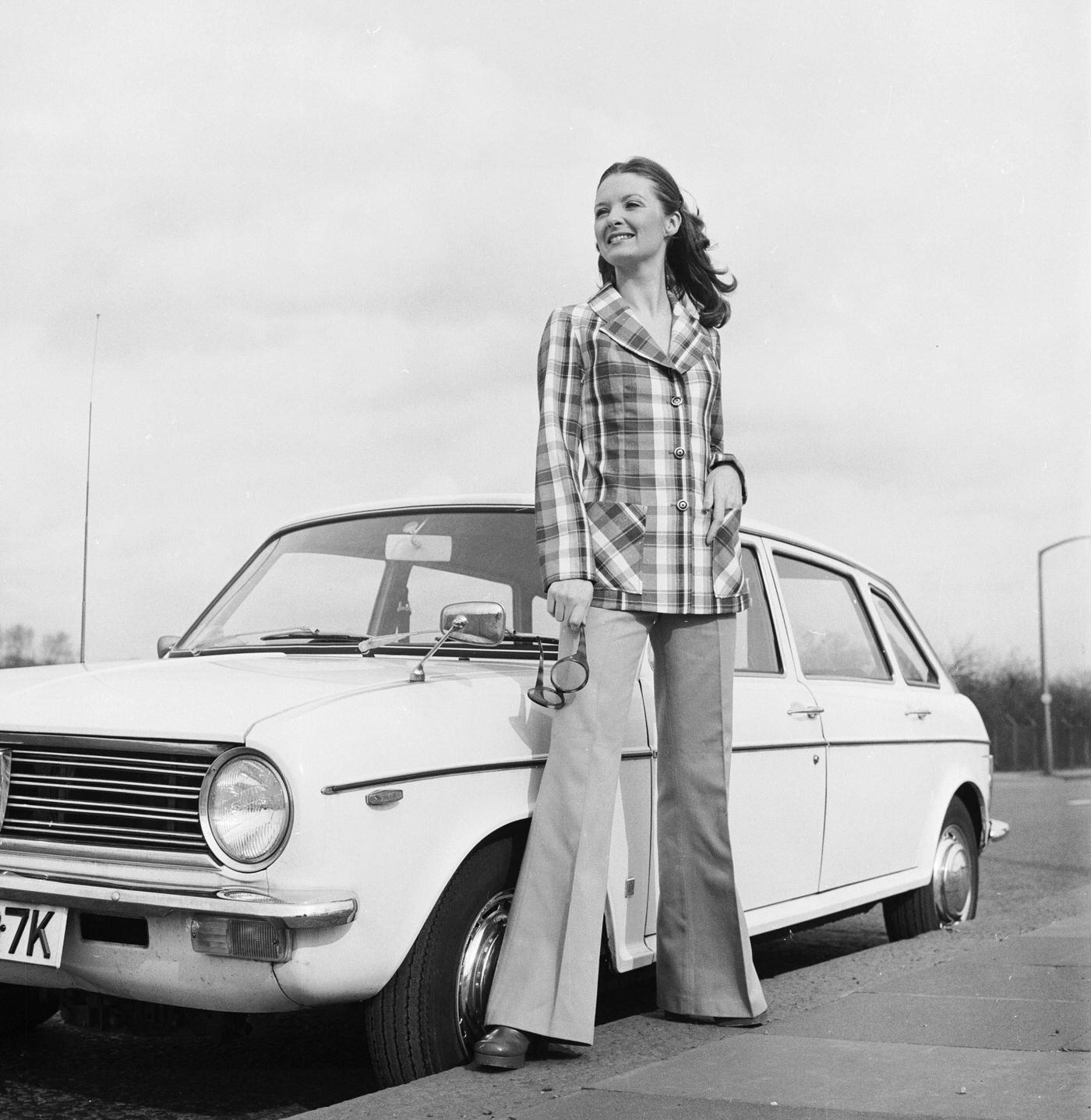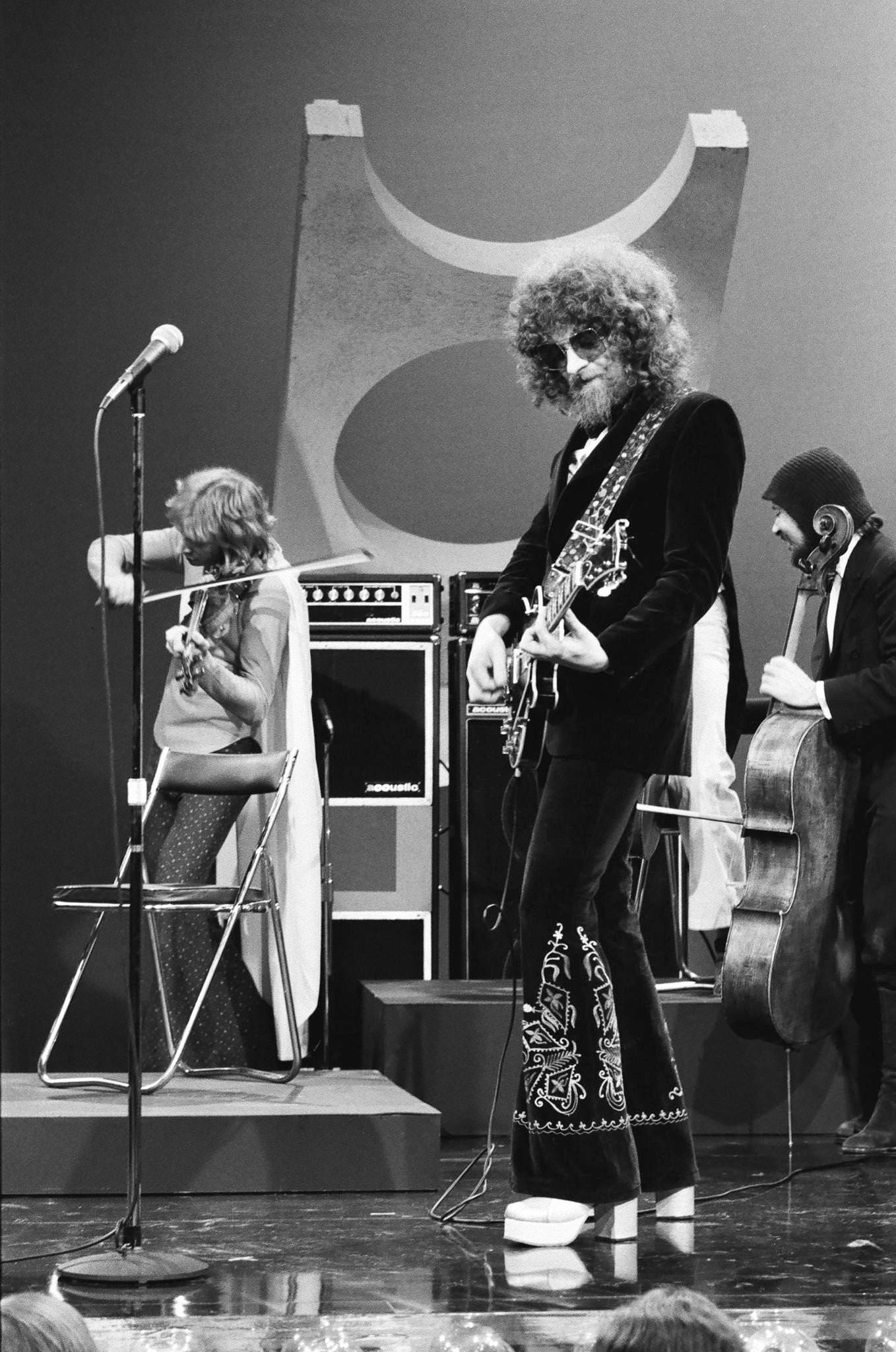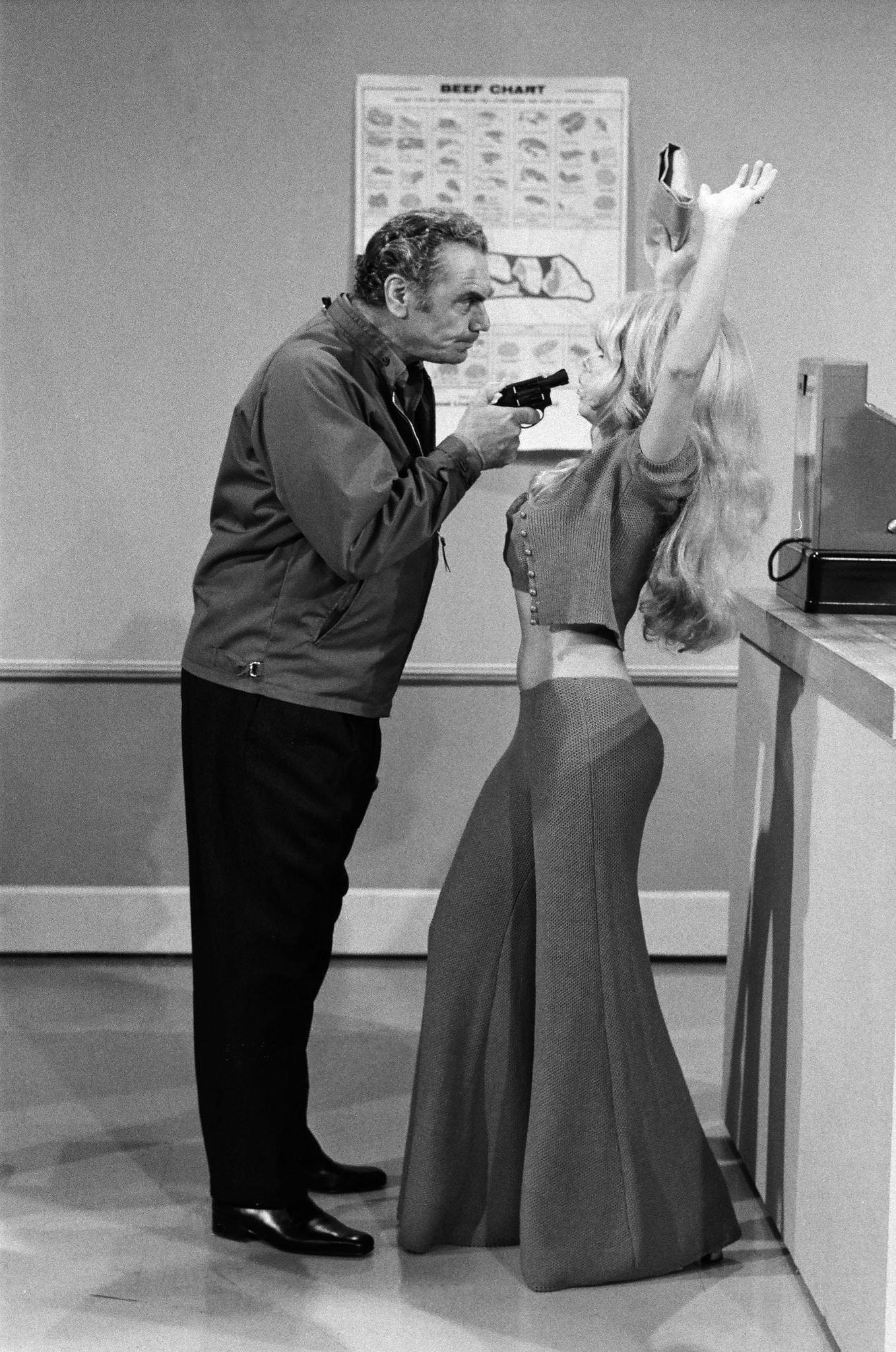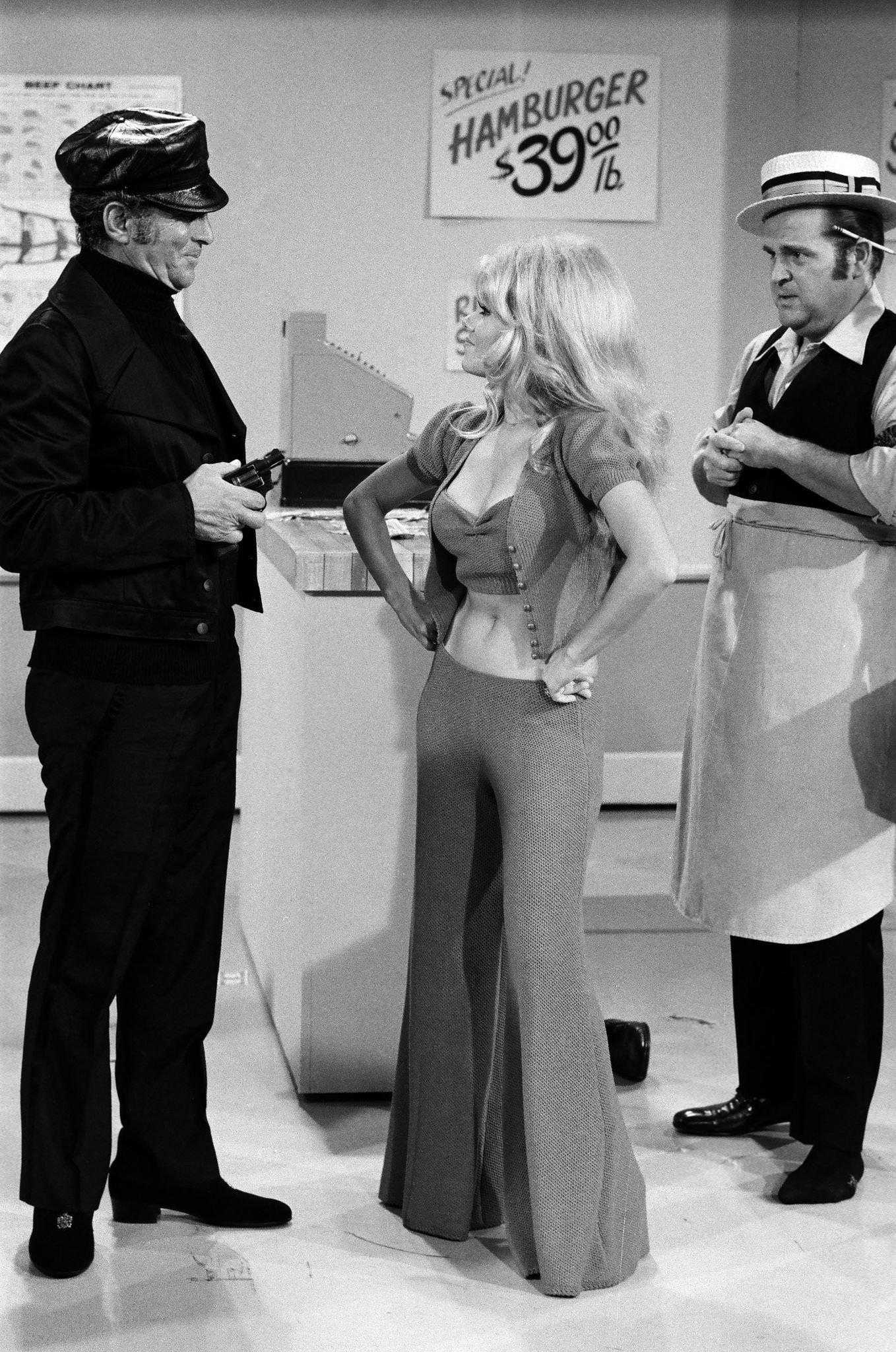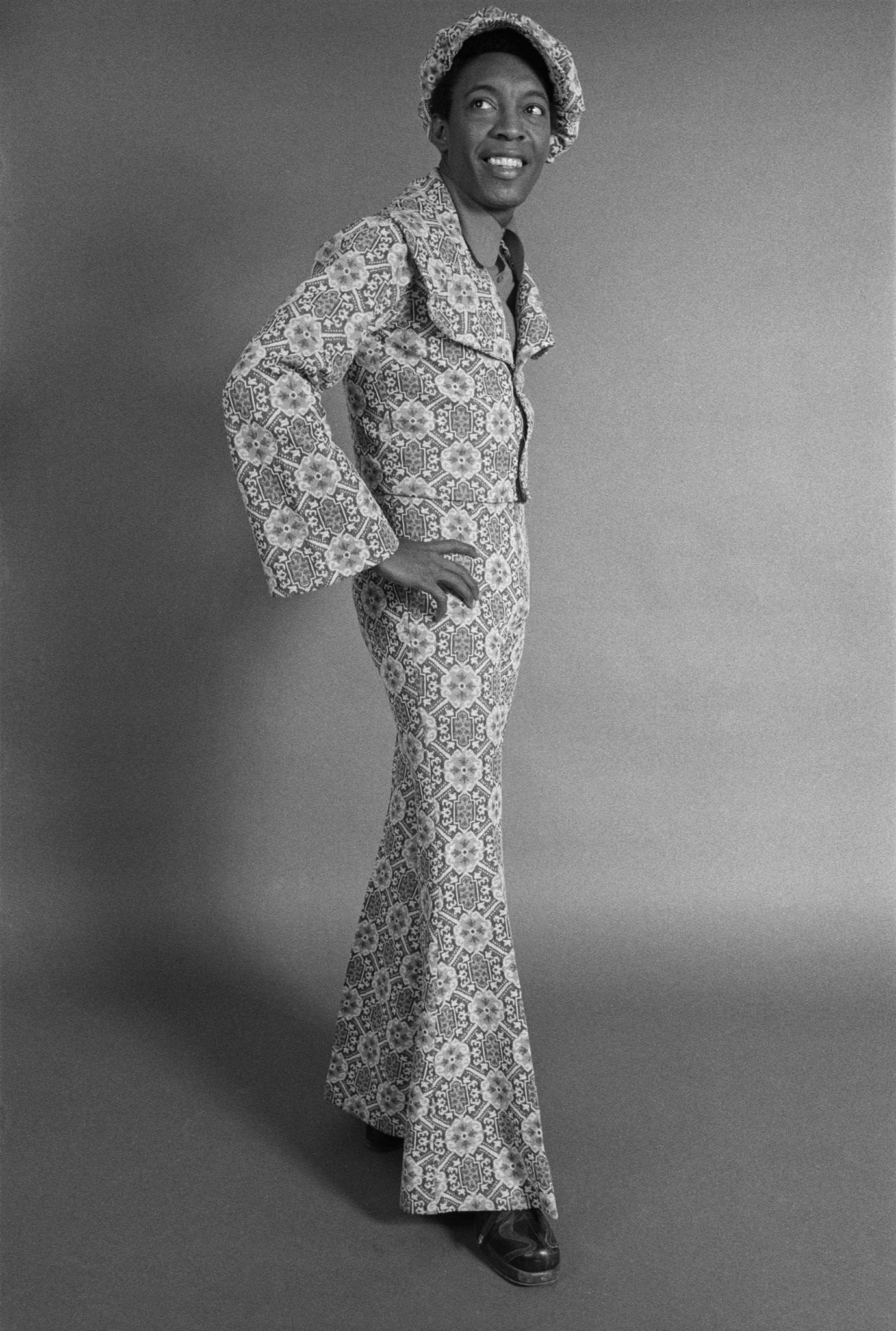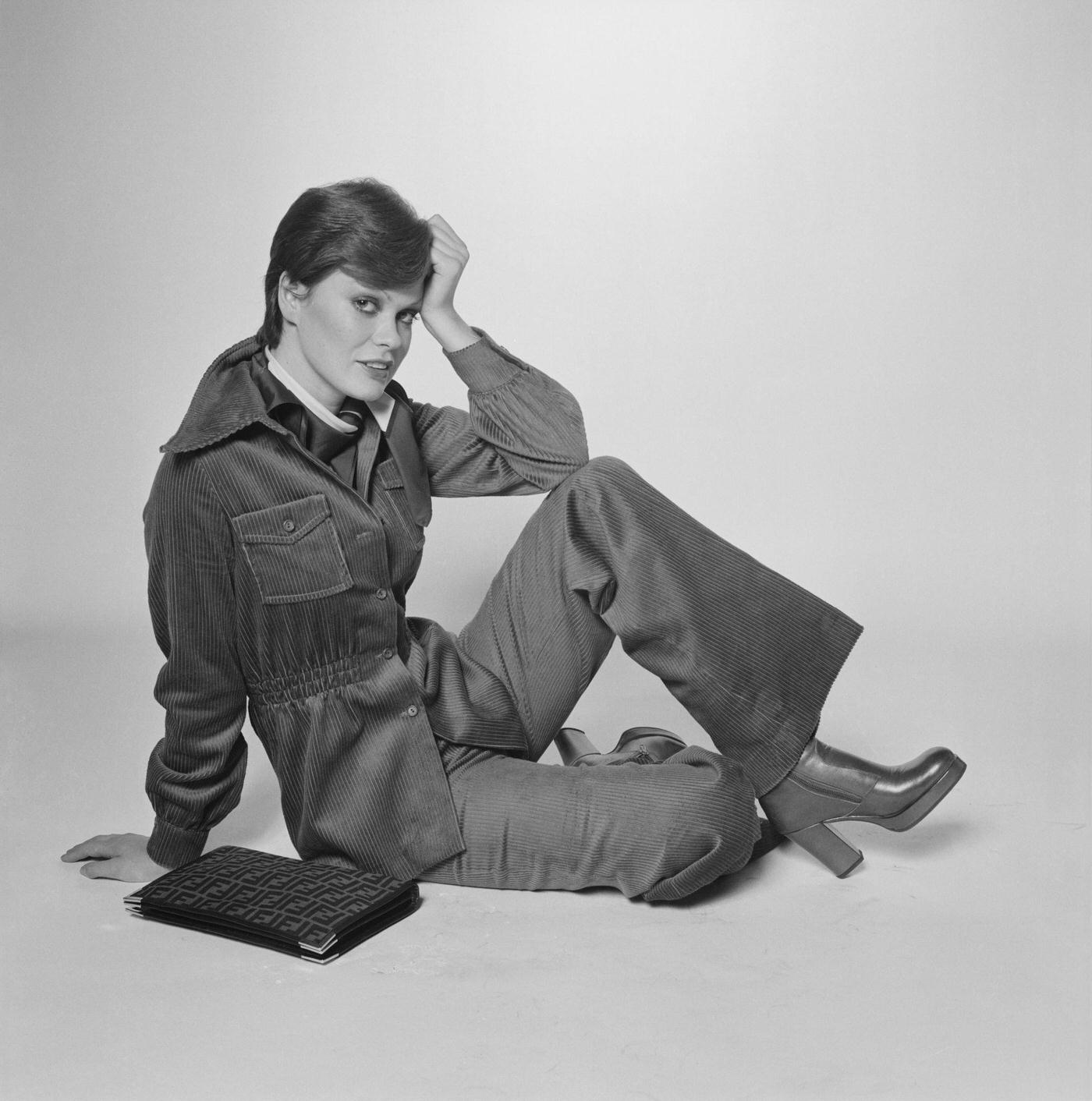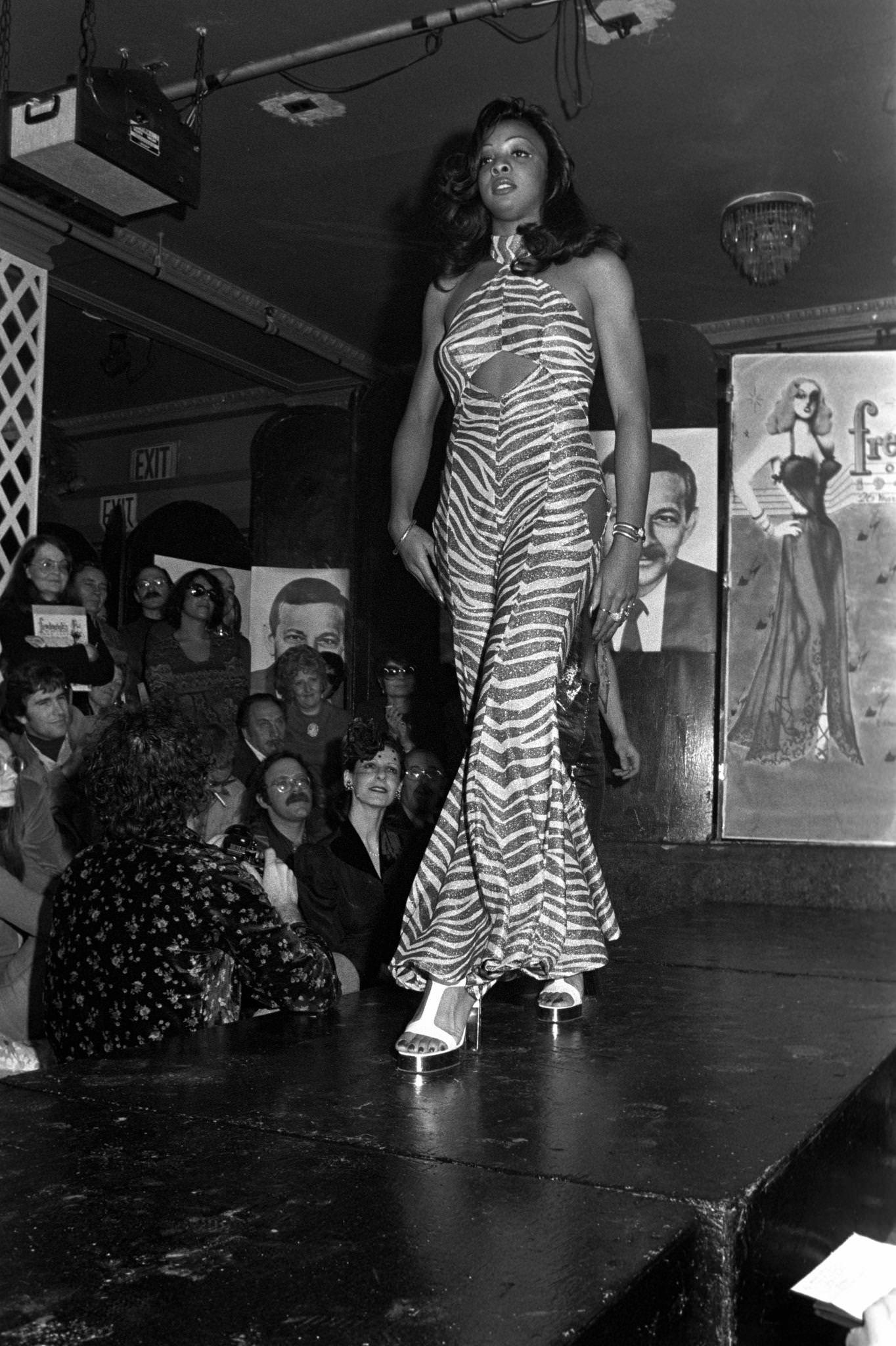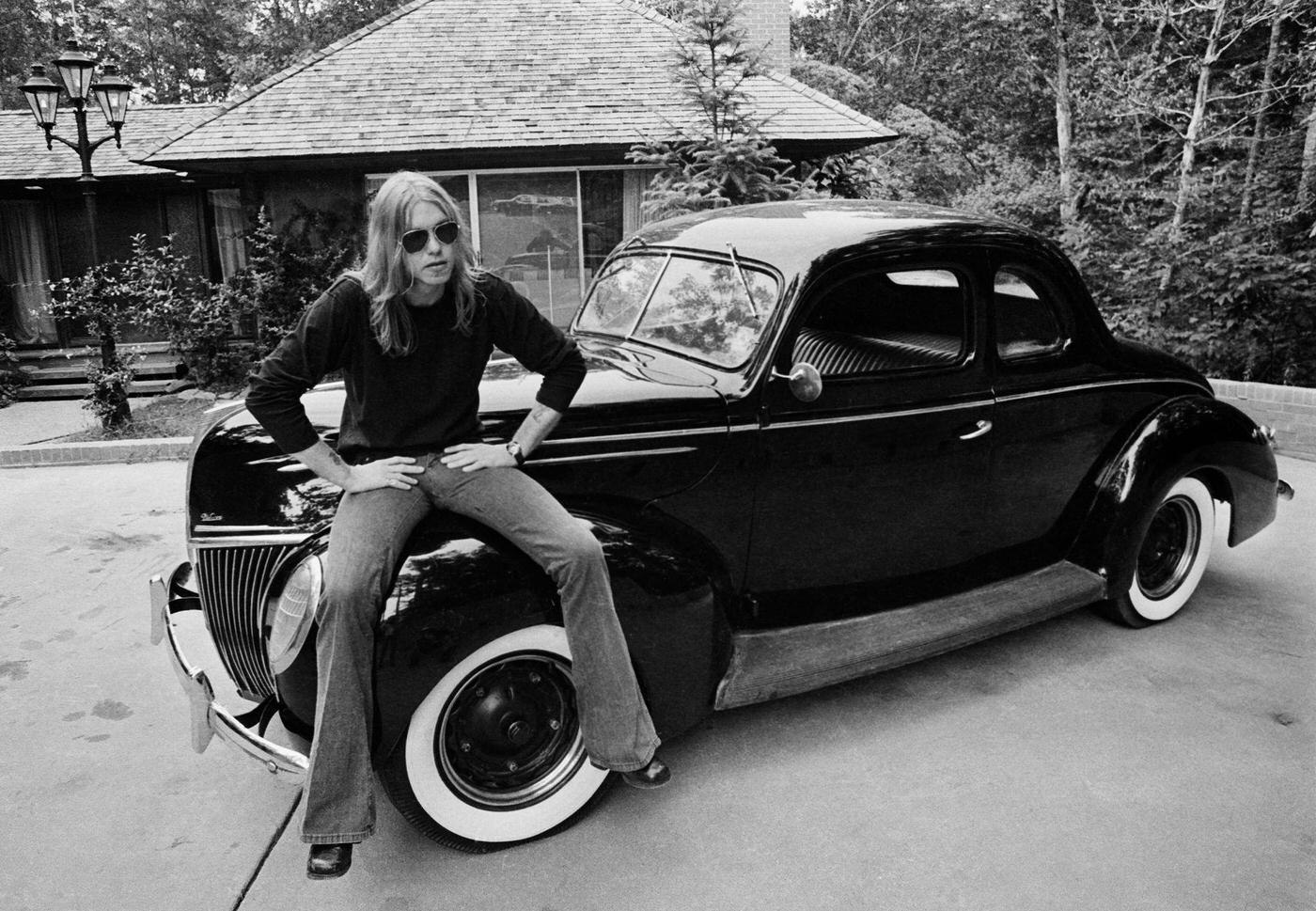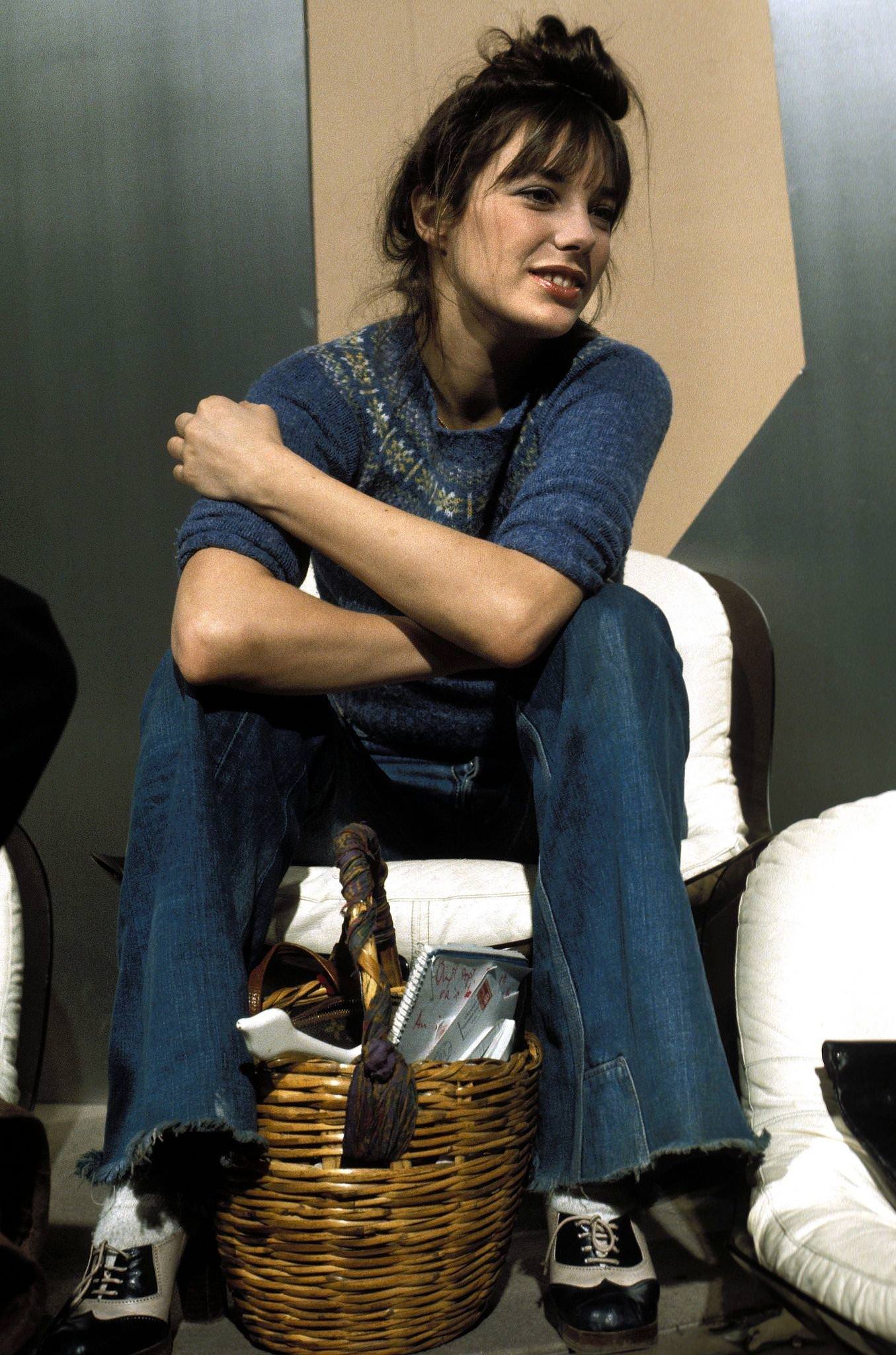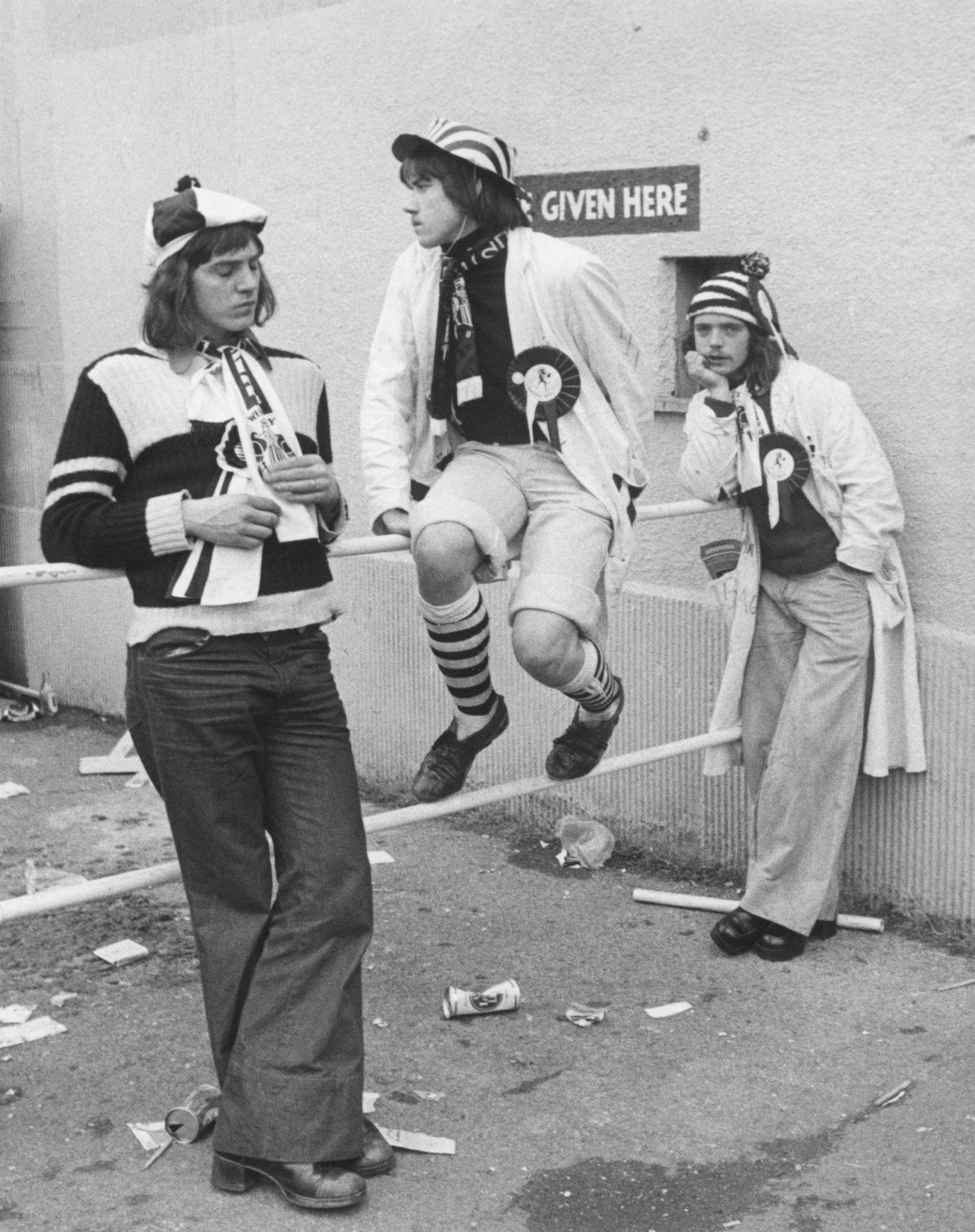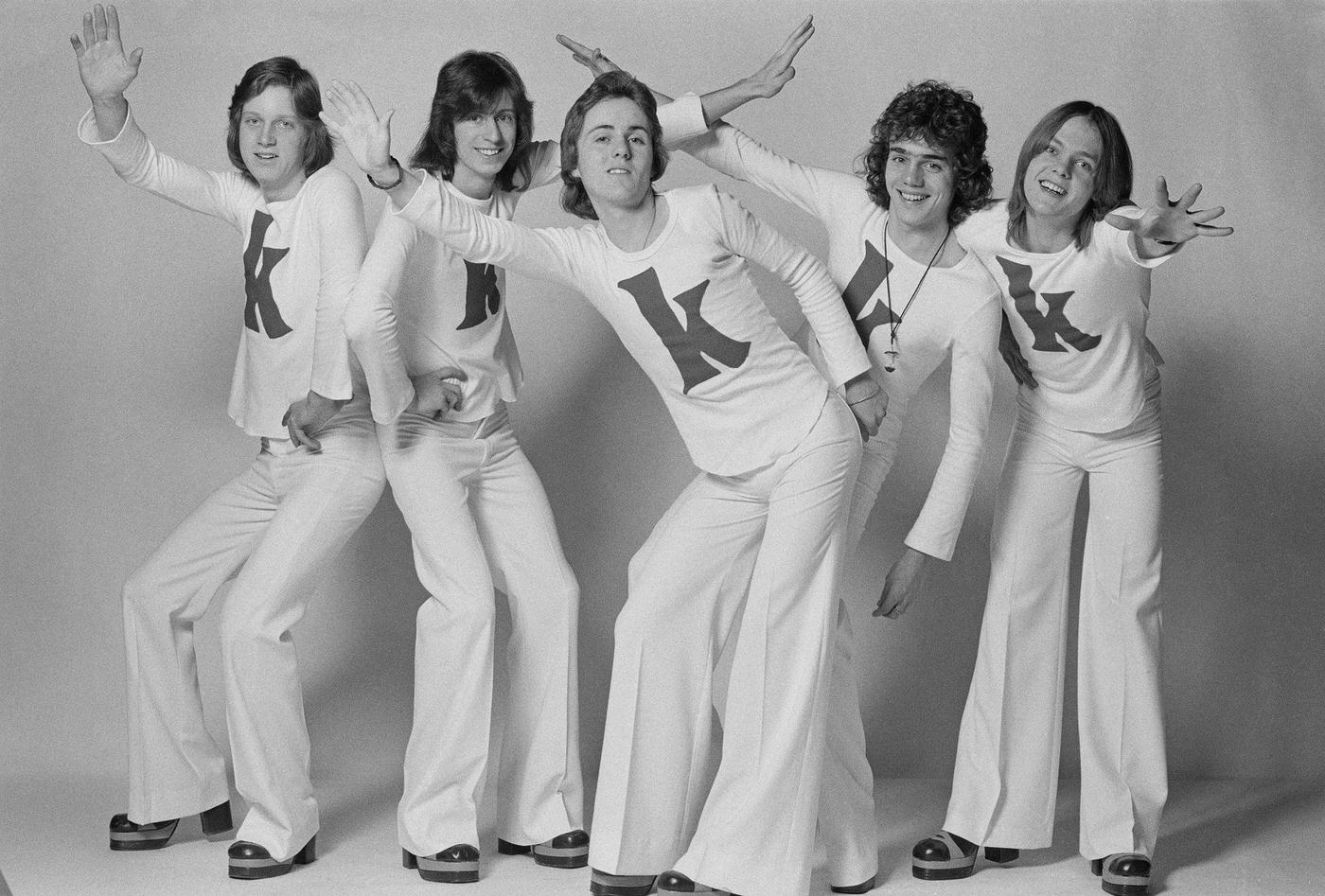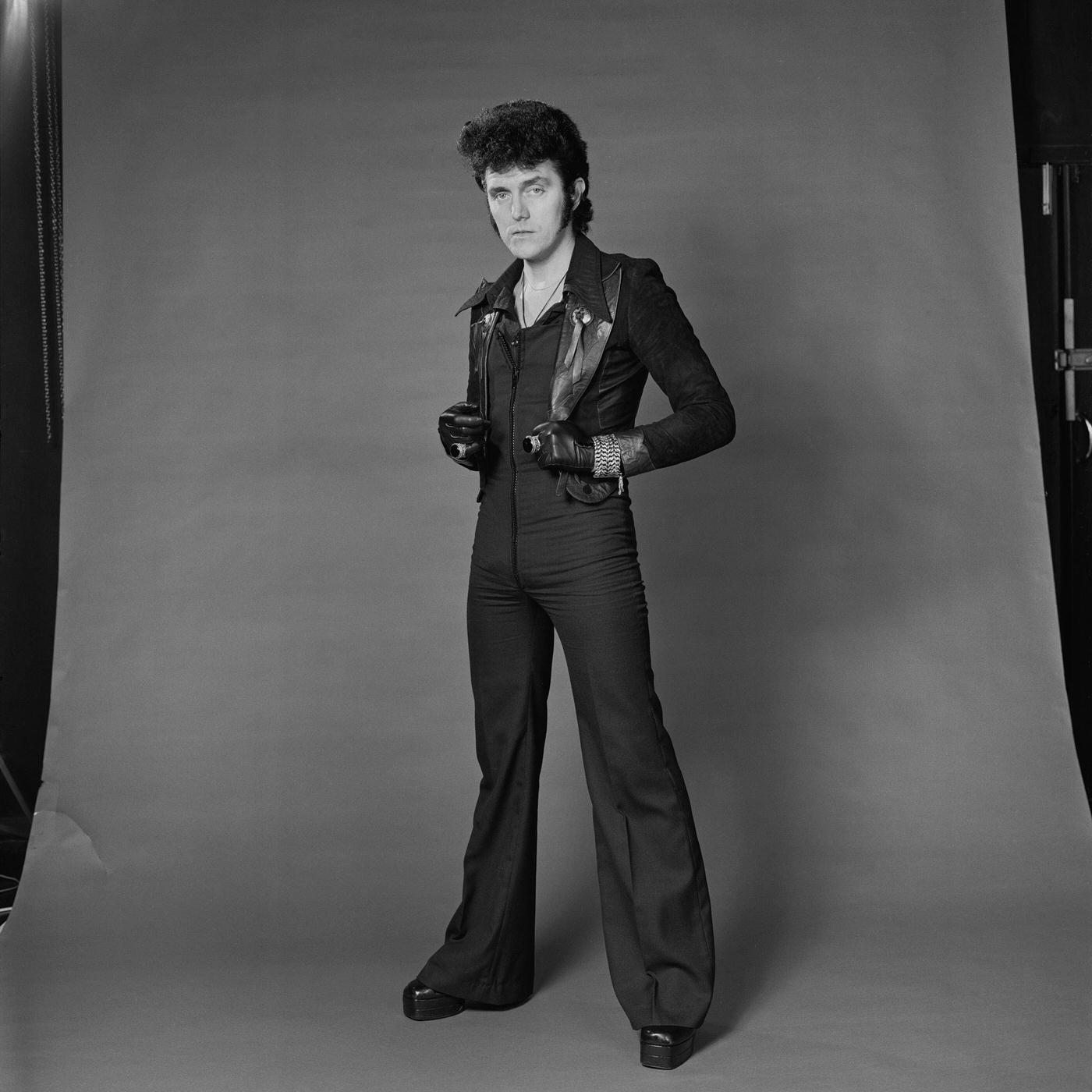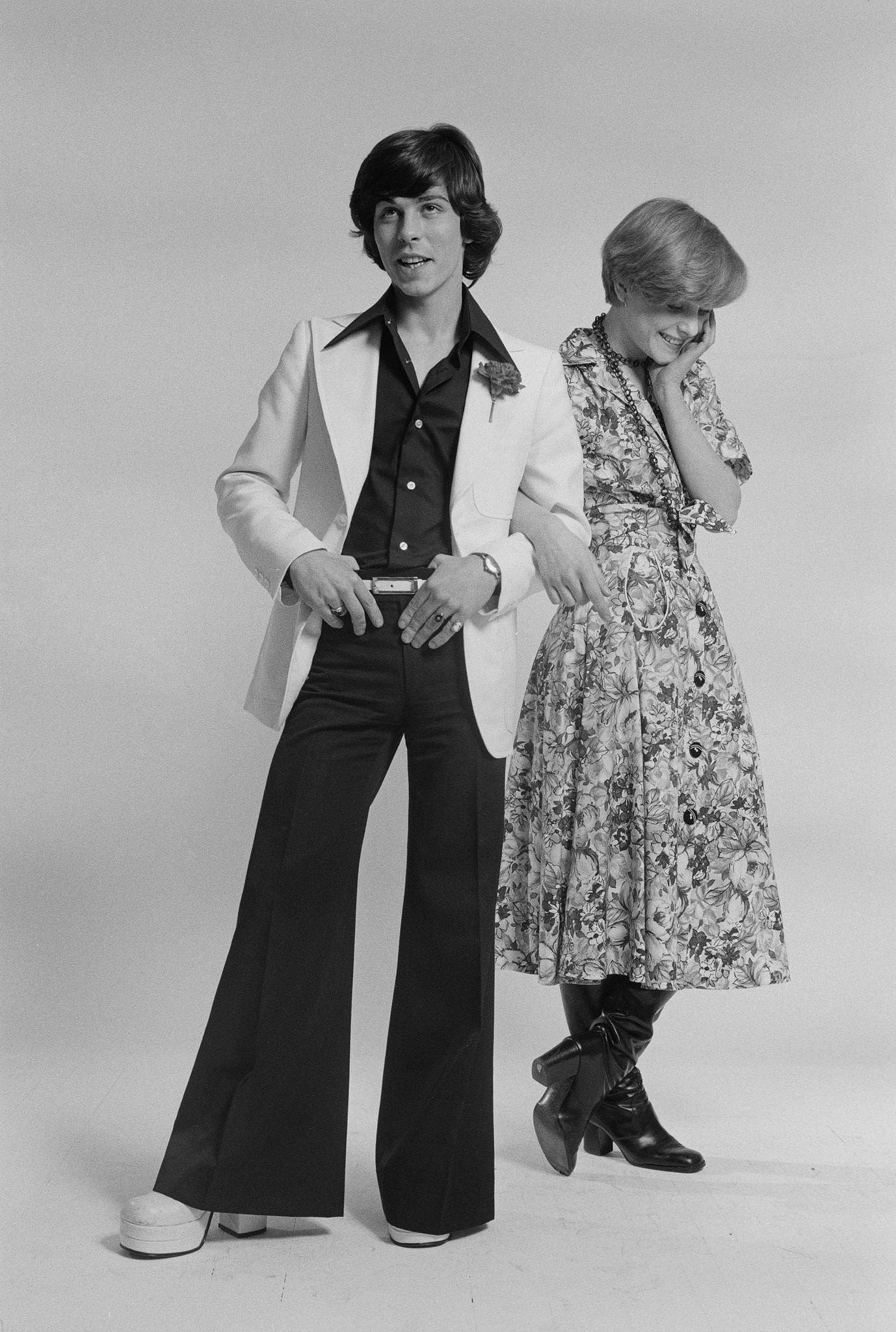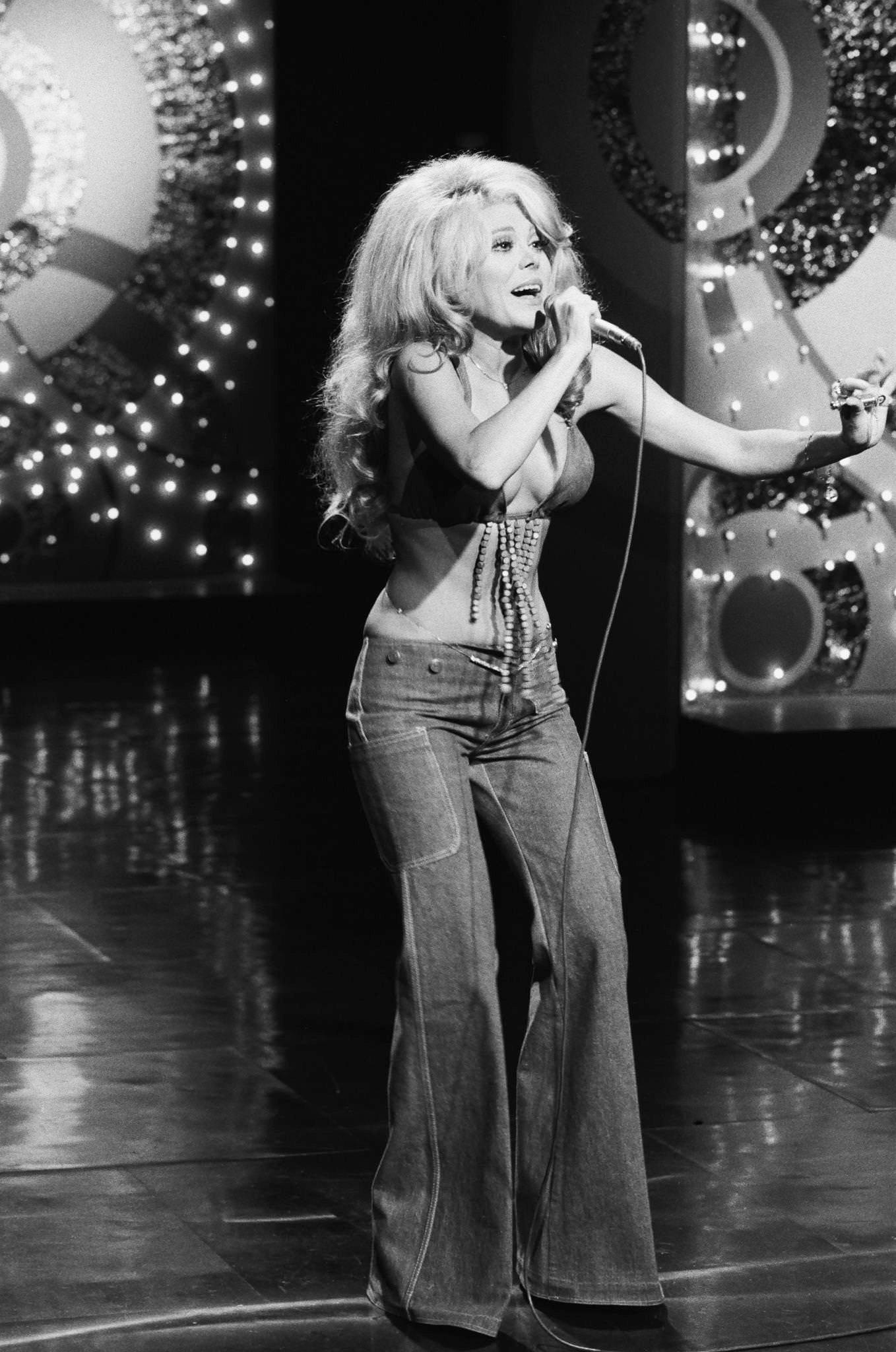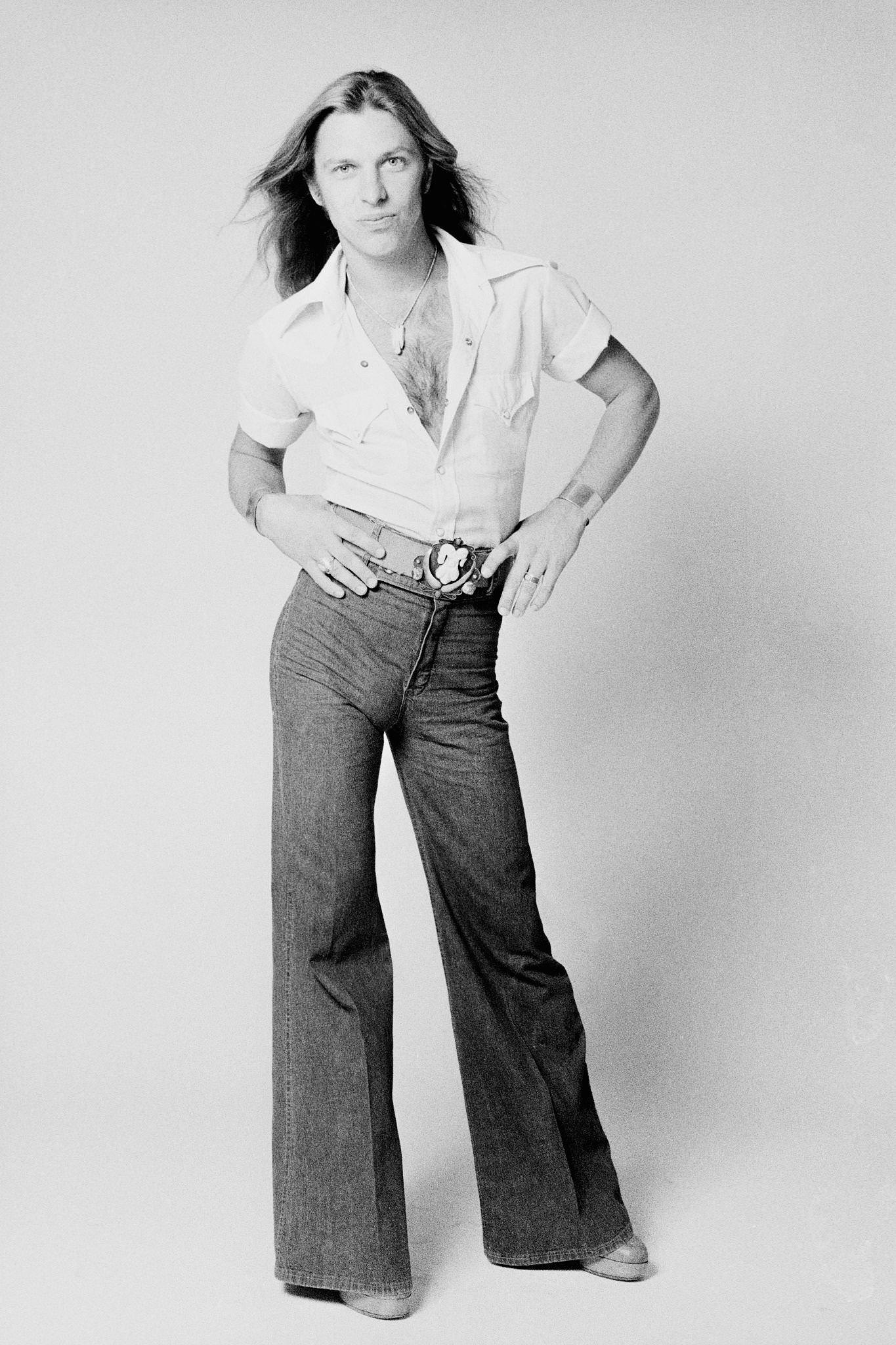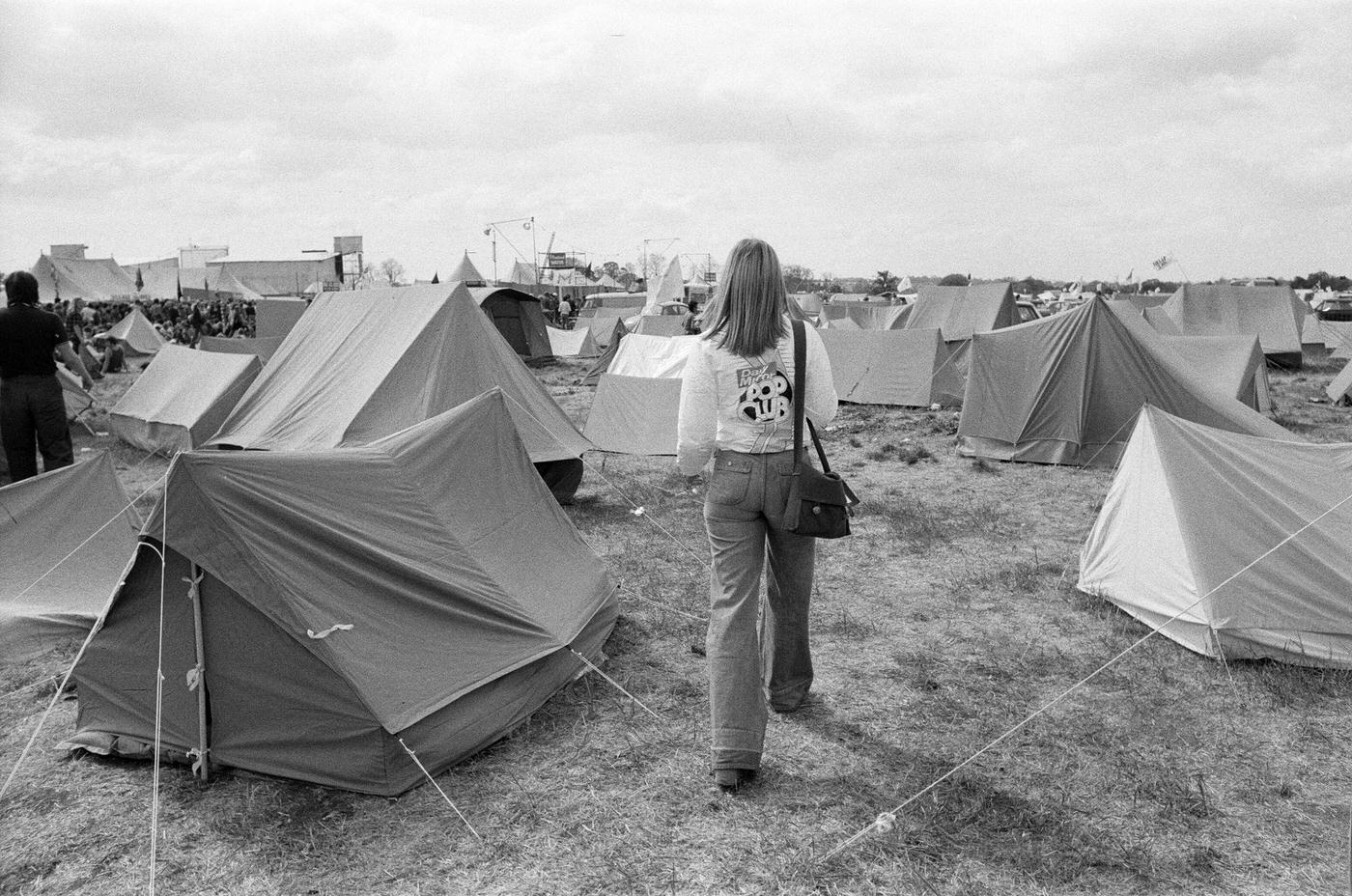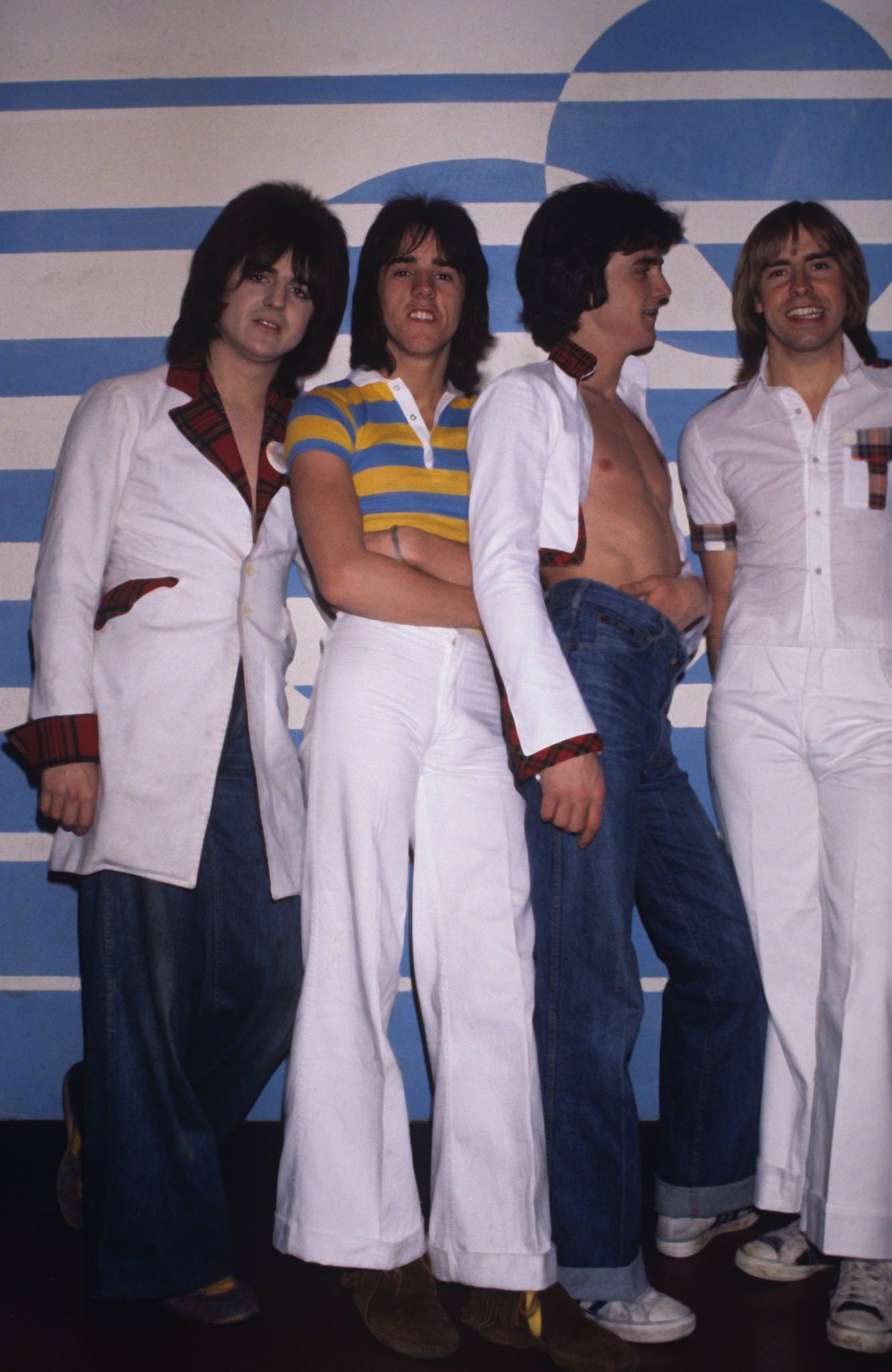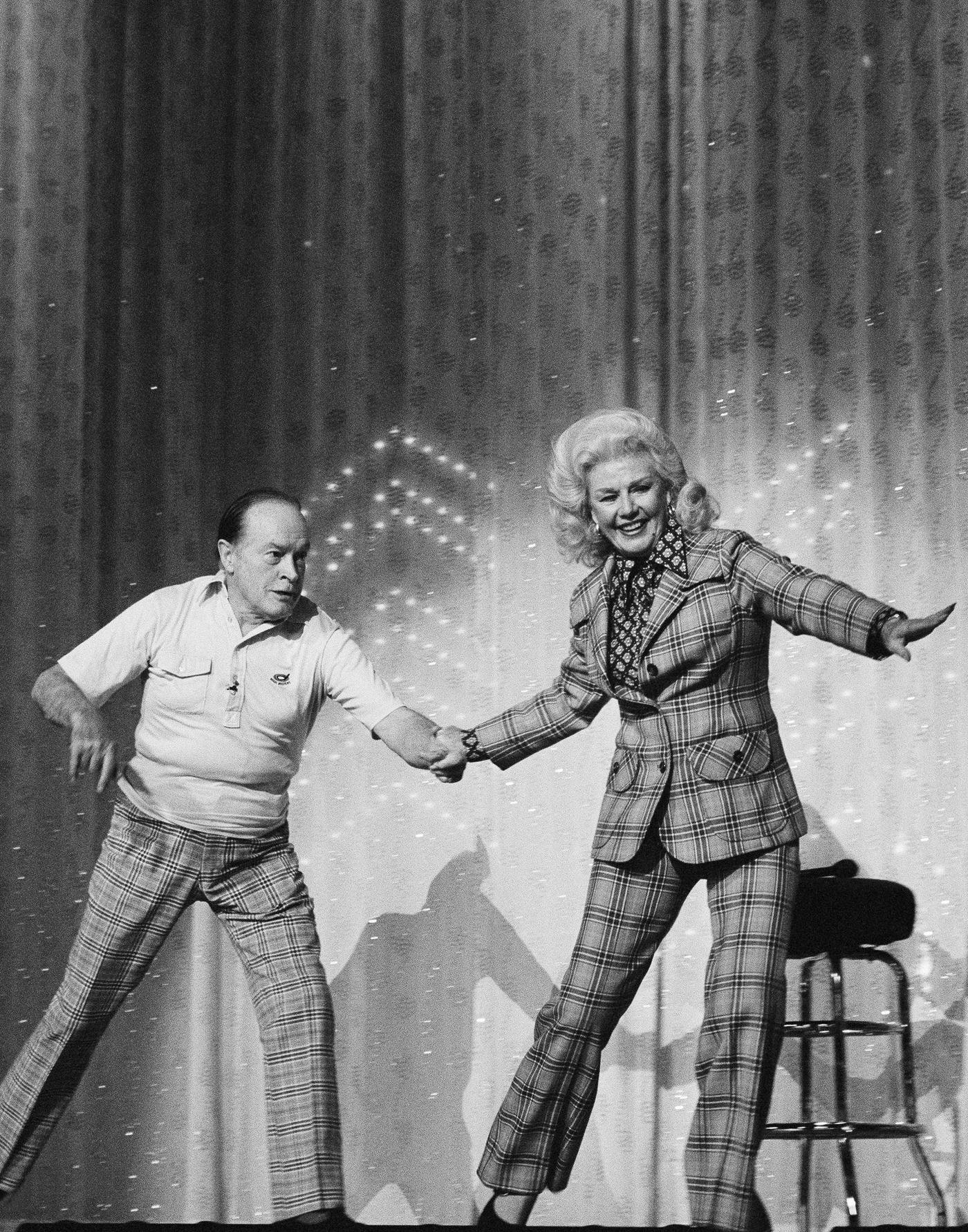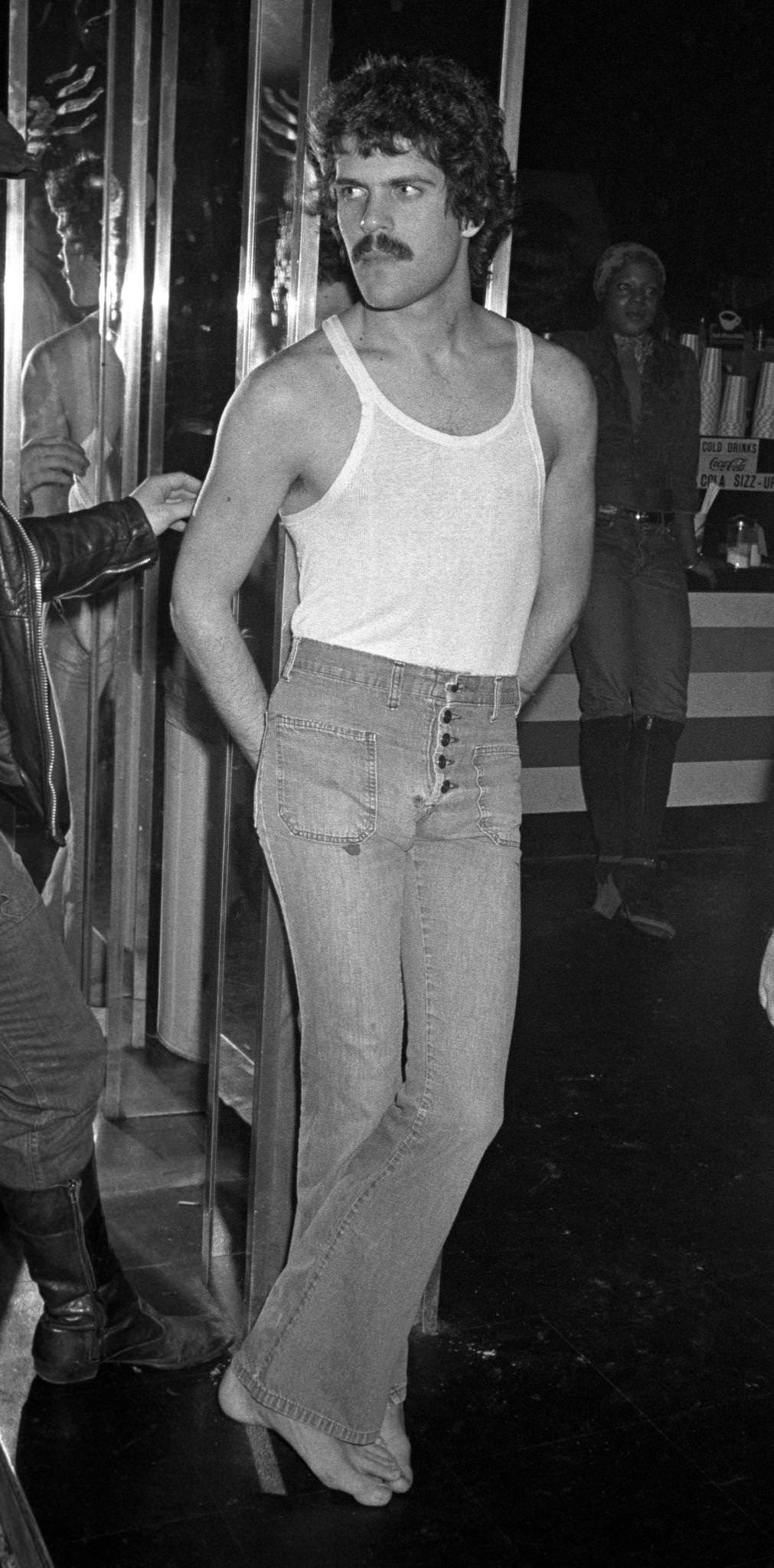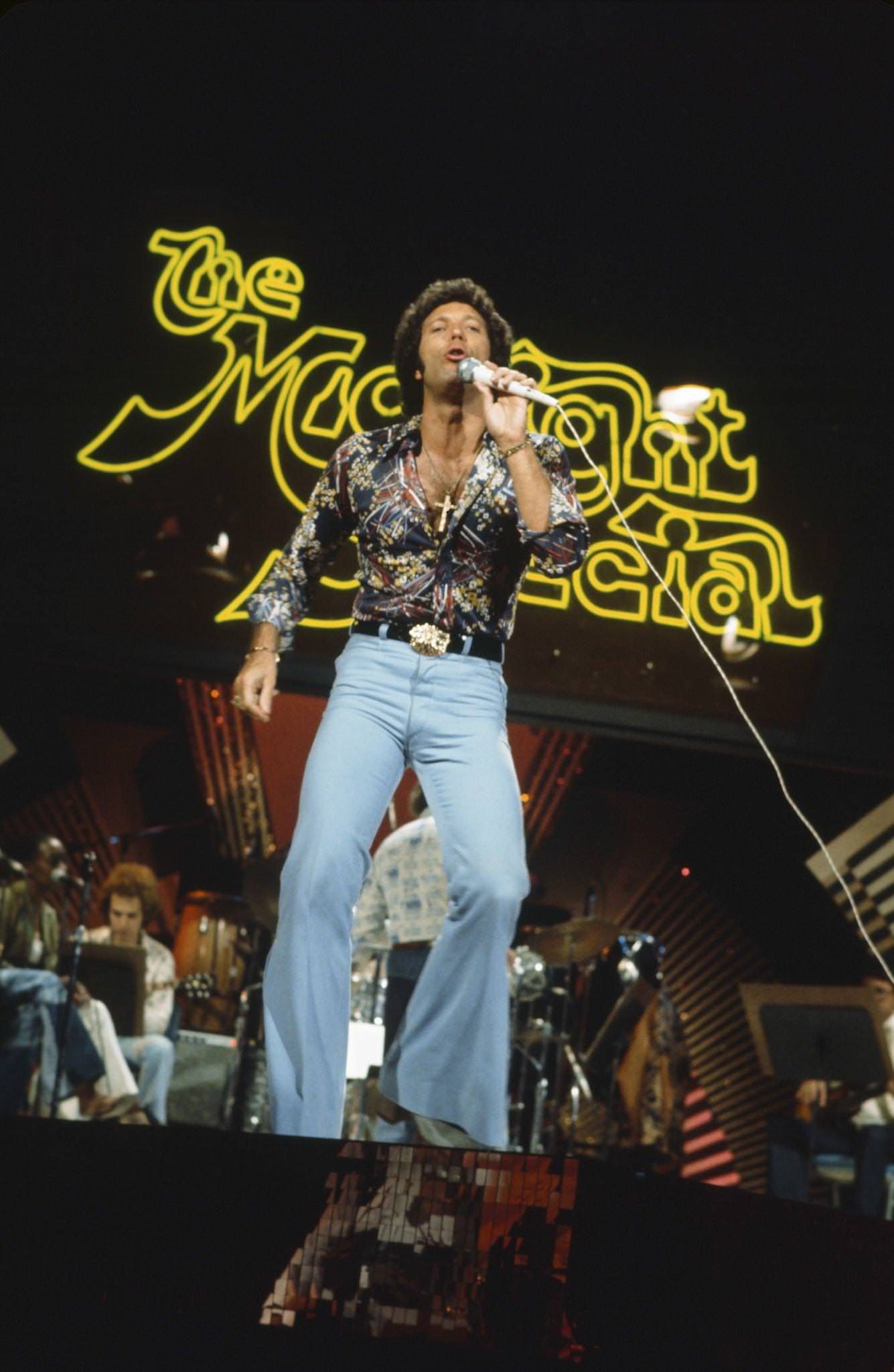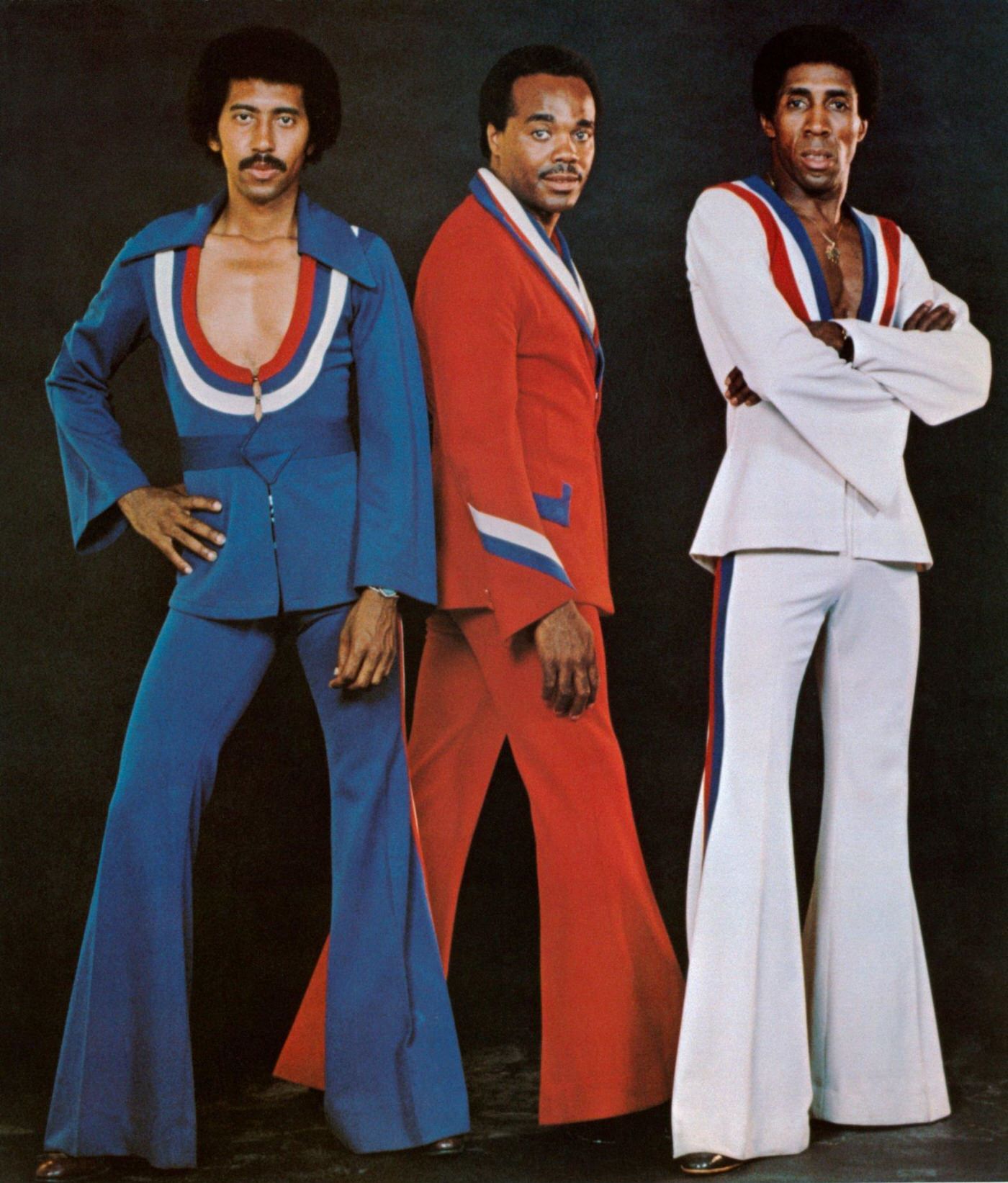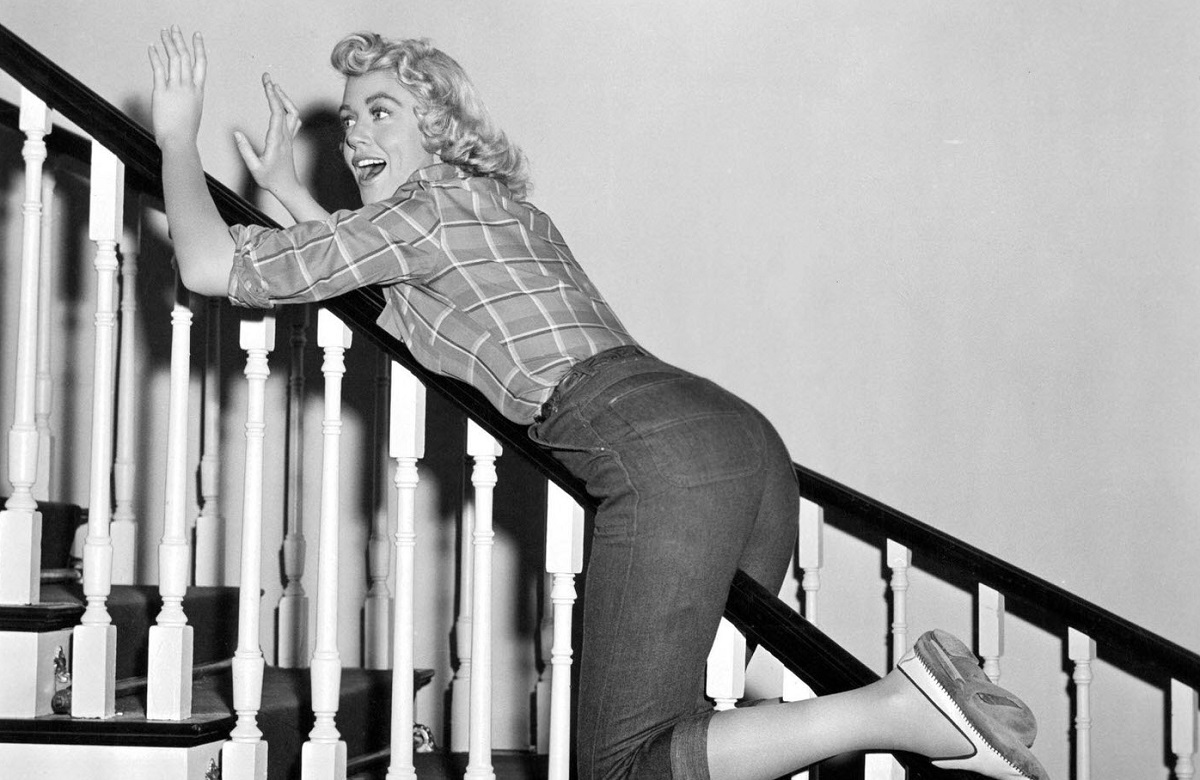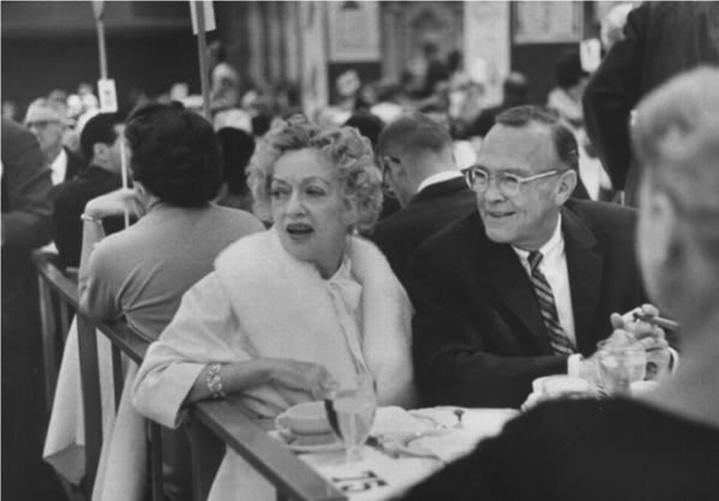The 1970s were a decade characterized by social change, political upheaval, and a cultural revolution. This period also saw a significant shift in fashion as people began to express their individuality and embrace the ethos of liberation and self-expression. One of this era’s most iconic fashion statements was the bell-bottom pant – a trend that swept the nation and captured the essence of the time. In this post, we will dive into the history of bell bottoms, their emergence in the 1970s, and their lasting impact on fashion.
The Origin of Bell Bottoms
Bell bottoms have a surprisingly long history, dating back to the early 19th century. Initially designed as part of the uniform for sailors in the US Navy, these wide-legged pants allowed for ease of movement while working on ships and provided the added benefit of being easily rolled up when necessary. However, it wasn’t until the 1960s and 1970s that bell bottoms became synonymous with mainstream fashion and youth culture.
The 1960s: A Prelude to the Bell Bottom Craze
The 1960s saw a significant shift in societal values, emphasizing individuality and freedom. This was reflected in the fashion trends of the time, as people sought to express themselves through their clothing. The counterculture movement, which was heavily influenced by the hippie subculture, embraced a more bohemian and eclectic aesthetic, and bell bottoms began to make their way into mainstream fashion.
Bell bottoms had become increasingly popular by the end of the 1960s, particularly among the younger generation. Their wide flare and comfortable fit offered a stark contrast to the more conservative and traditional clothing options of the previous decades.
The 1970s: The Heyday of Bell Bottoms
As the 1970s rolled in, bell bottoms continued to gain traction, eventually becoming one of the defining fashion trends of the decade. Their popularity soared to new heights, with everyone from teenagers to celebrities embracing the flared pant style. Bell bottoms became a symbol of the era’s ethos of liberation, self-expression, and countercultural movements.
One of the reasons for the widespread appeal of bell bottoms during the 1970s was the variety of designs, fabrics, and colors available. From denim and corduroy to satin and polyester, bell bottoms can be found in various materials to suit every taste and occasion. The rise of disco culture in the mid-1970s also contributed to the popularity of bell bottoms, as the flared silhouette perfectly complemented the dance moves and energetic atmosphere of the time.
Celebrities and fashion icons of the 1970s, such as Cher, ABBA, and The Bee Gees, further popularized the trend by sporting bell bottoms as part of their signature looks. This, in turn, solidified the status of bell bottoms as a must-have fashion item and an emblem of the decade.
The Decline and Resurgence of Bell Bottoms
As with any fashion trend, the popularity of bell bottoms eventually waned. By the 1980s, the focus had shifted to more tailored and streamlined silhouettes, making way for the rise of “power dressing” and the dominance of designer labels. As a result, bell bottoms became less popular and were largely replaced by other pant styles, such as straight-leg jeans and tapered trousers.
However, fashion is known for its cyclical nature, and bell bottoms have experienced periodic revivals over the years. In the 1990s, the retro craze saw a renewed interest in bell bottoms, with celebrities like the Spice Girls and Jennifer Aniston sporting updated versions of the classic style. More recently,


